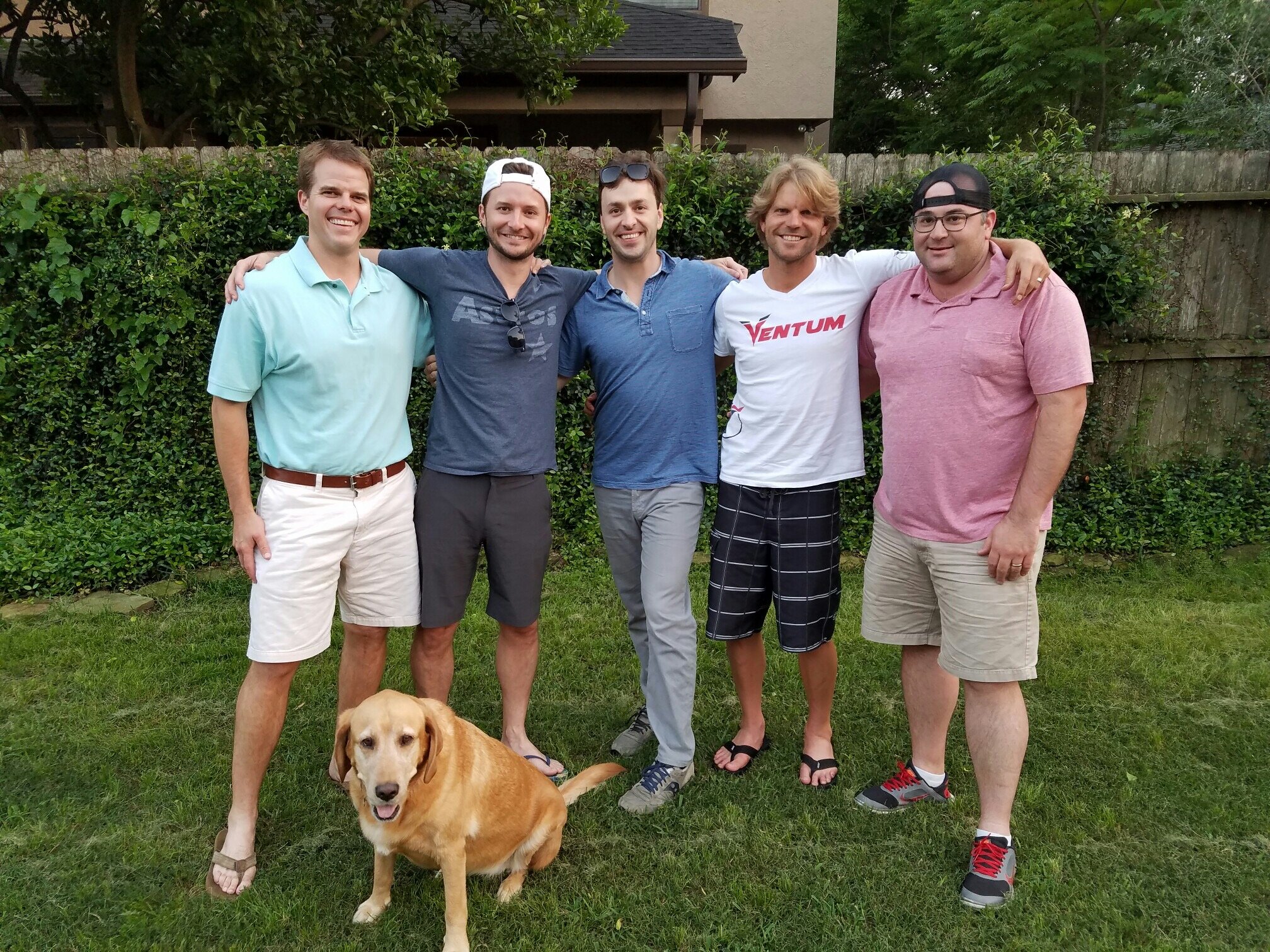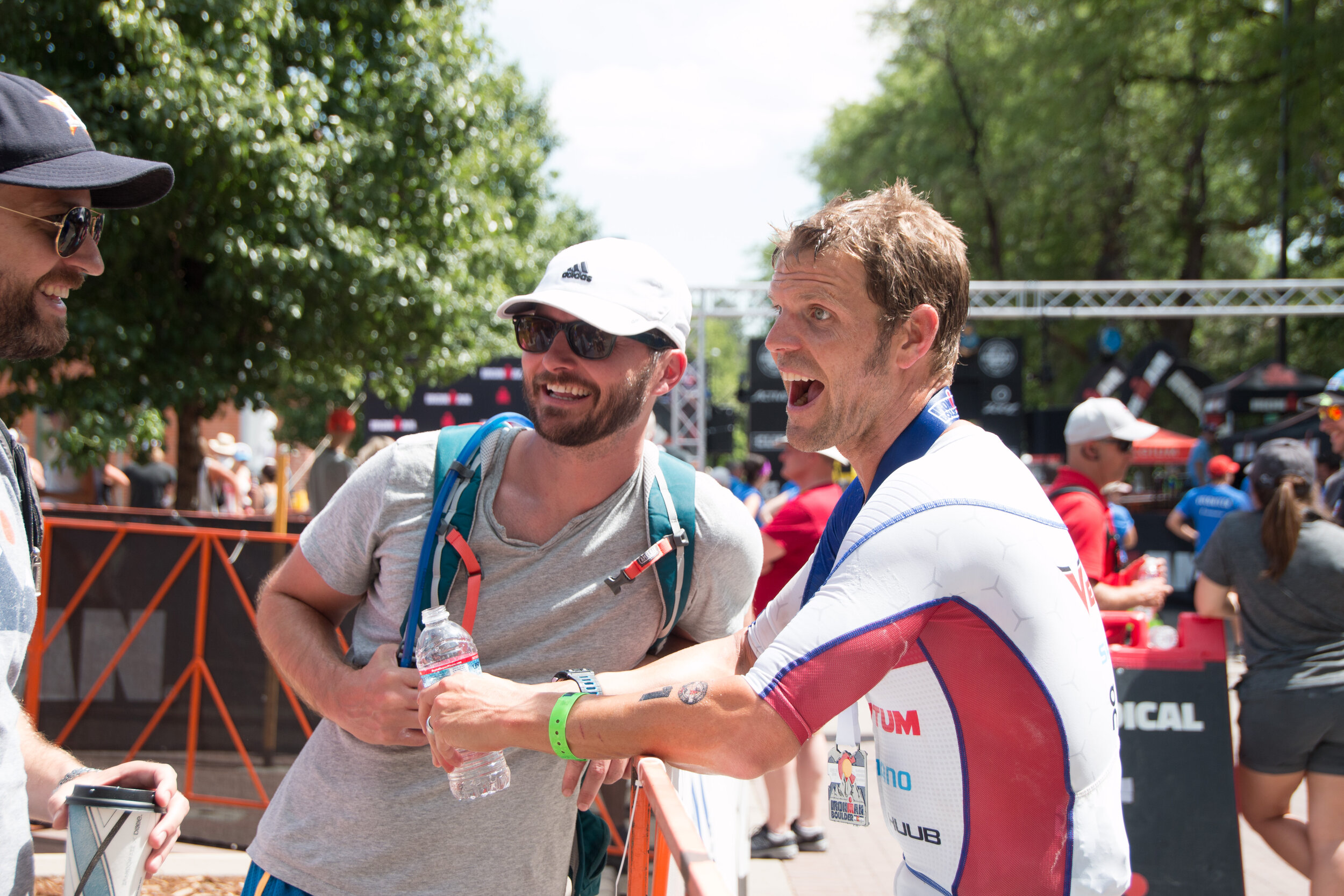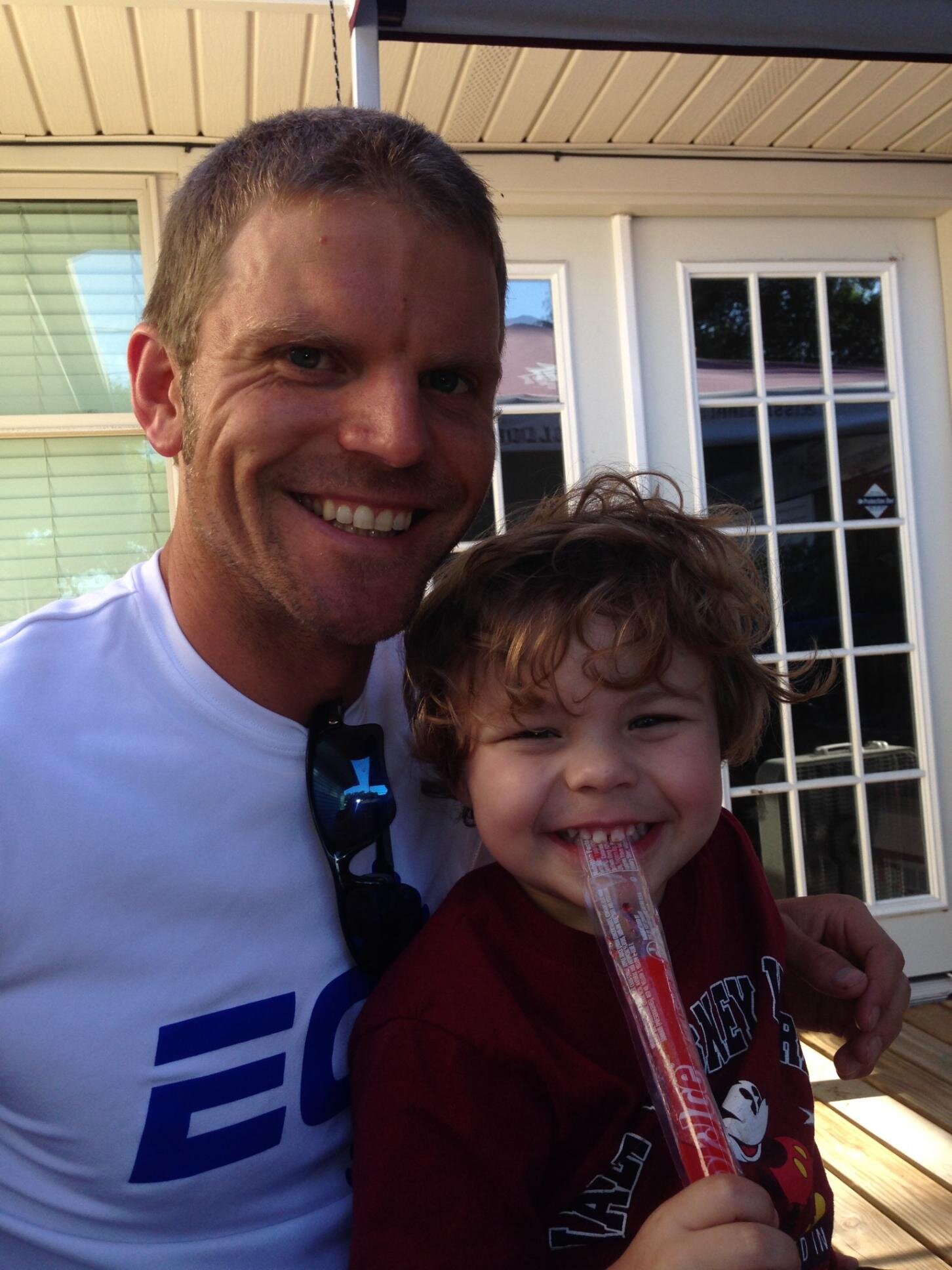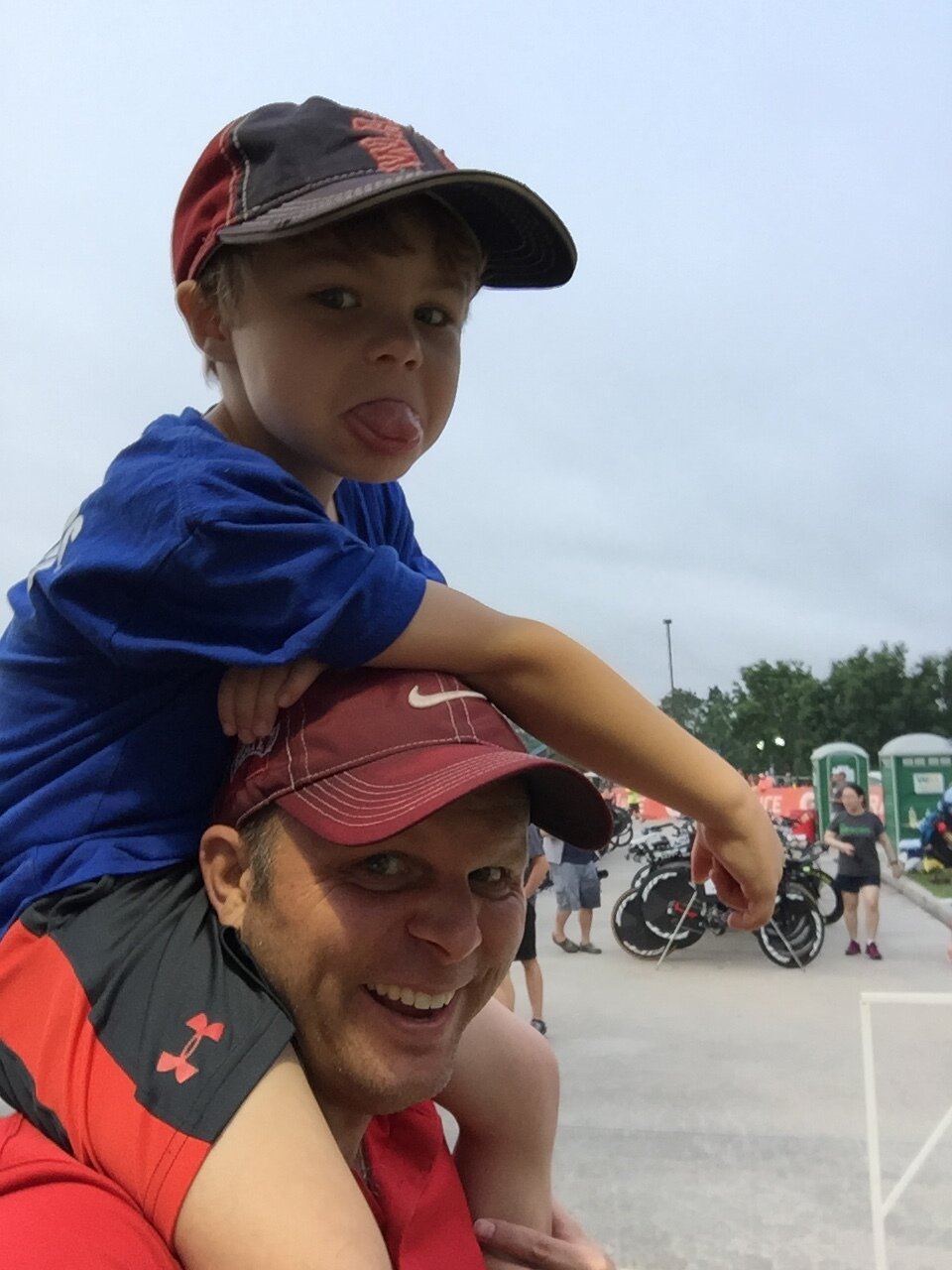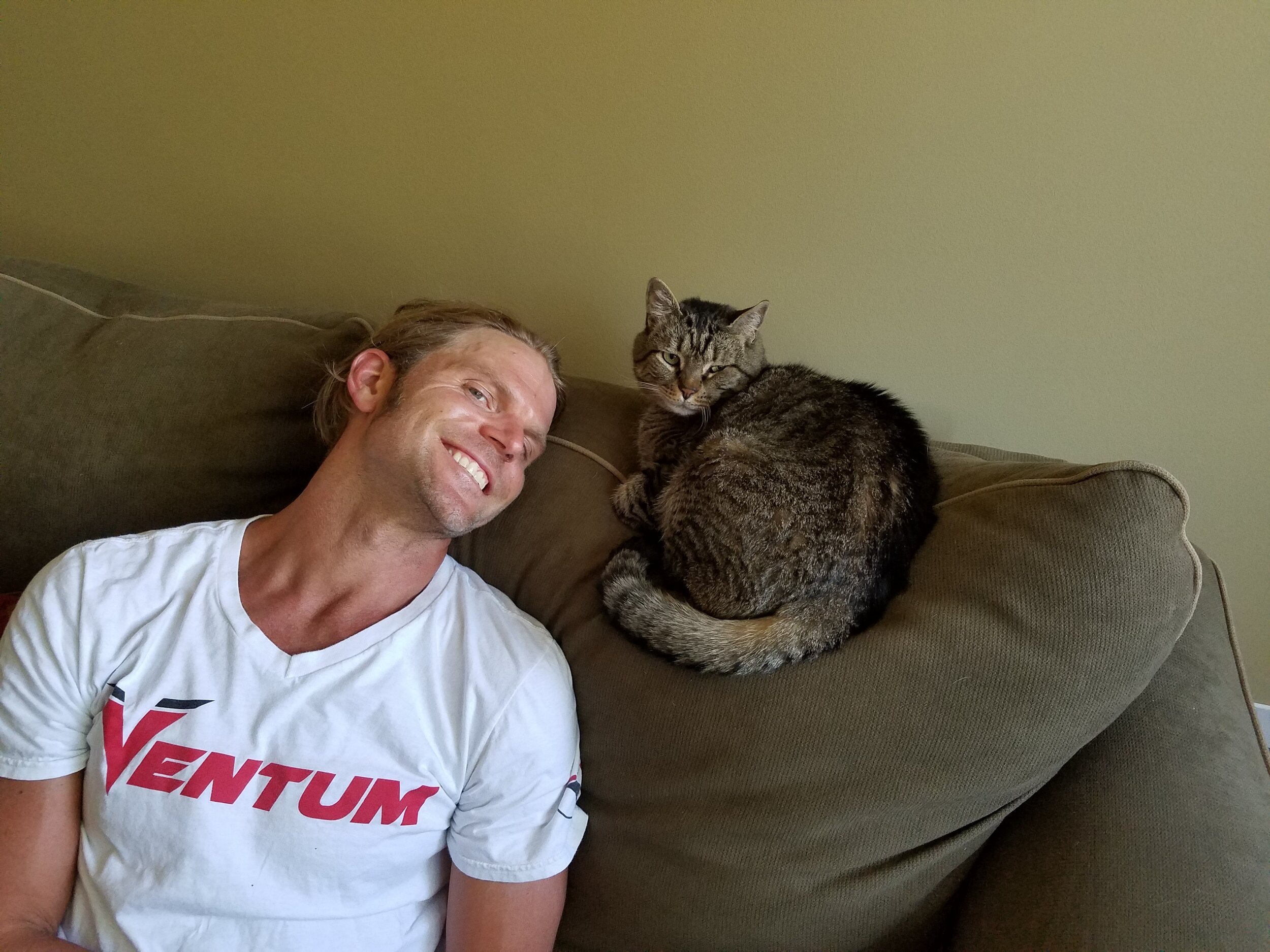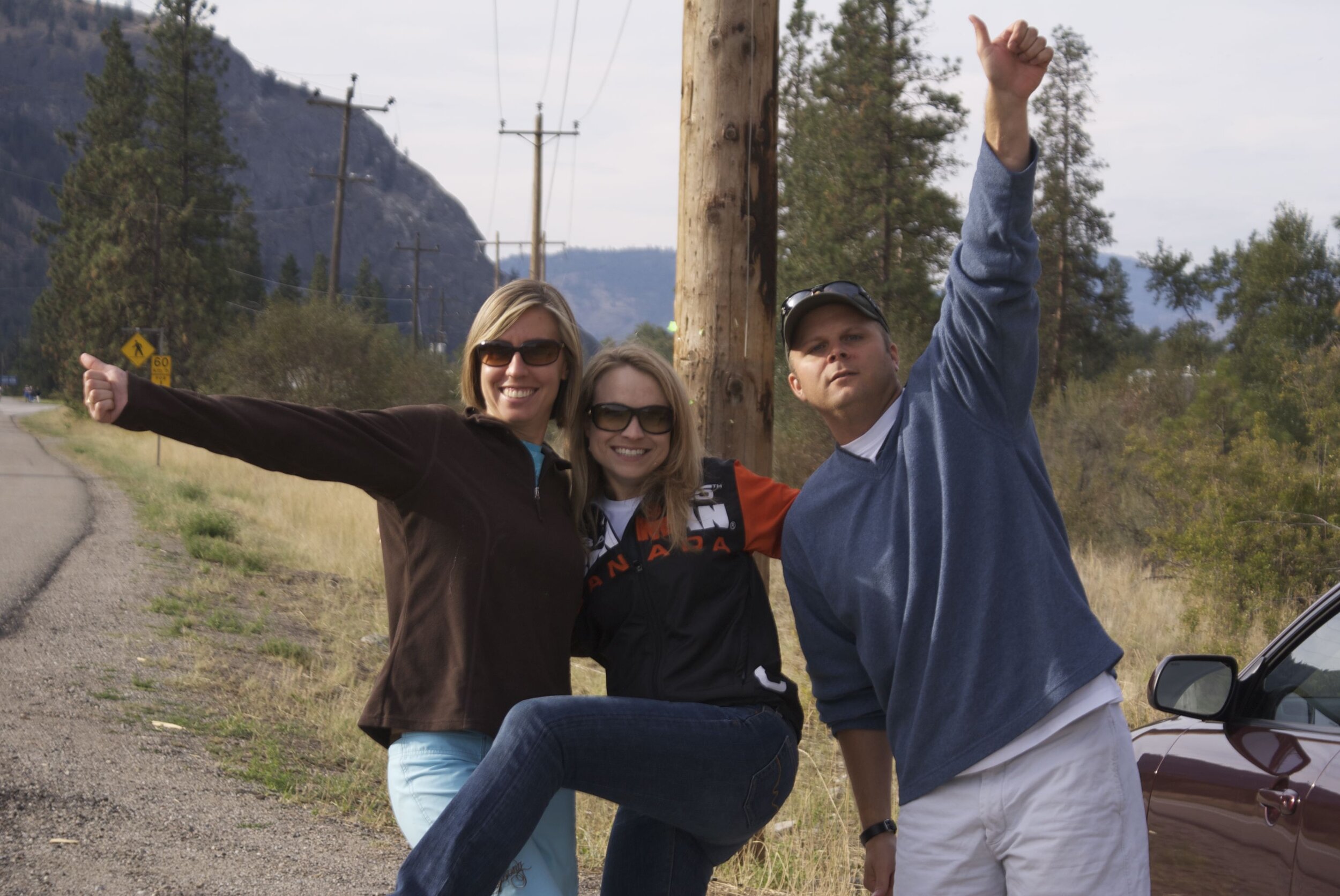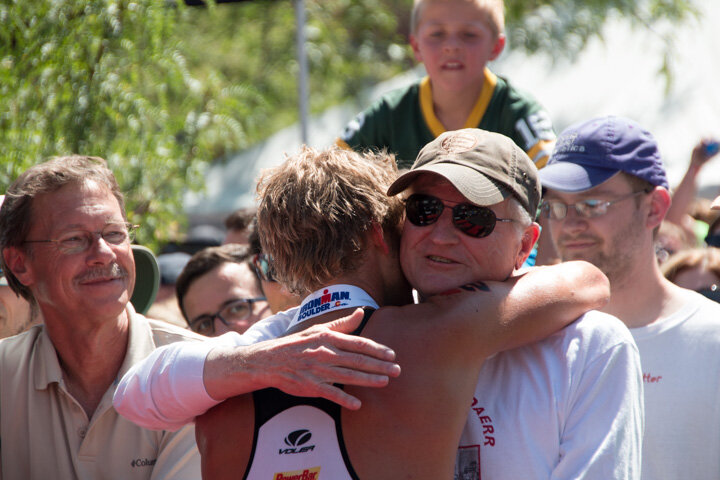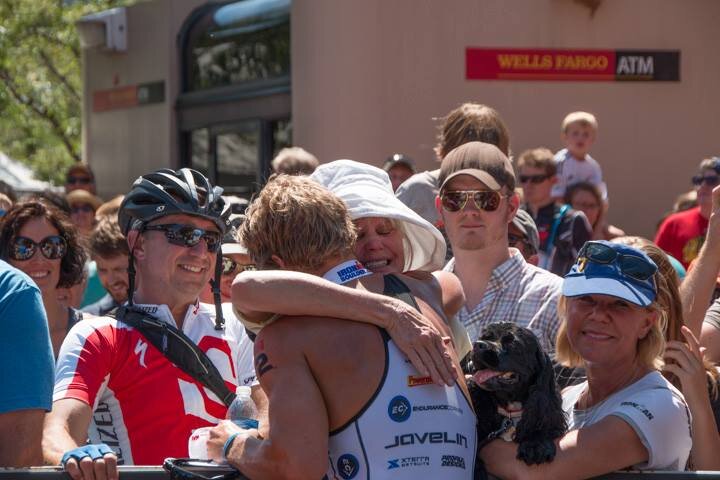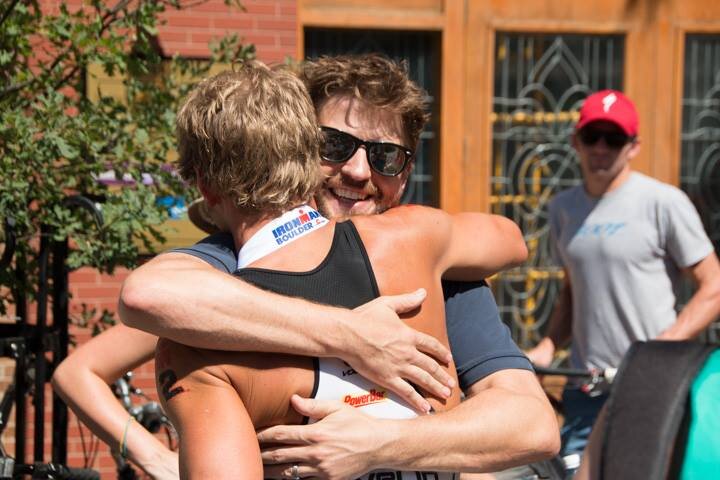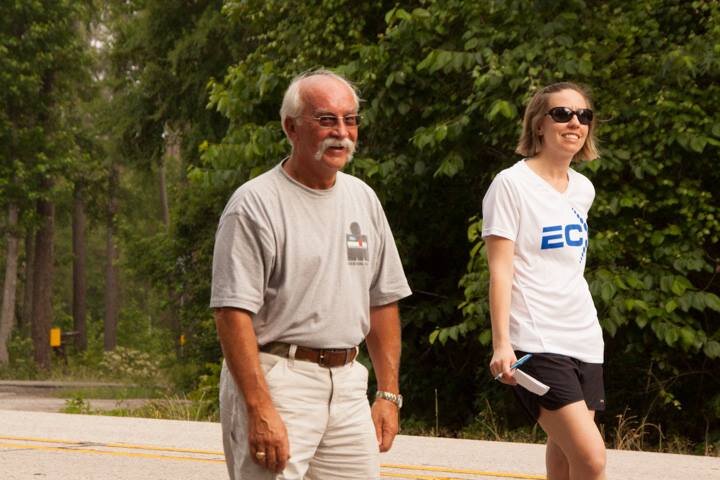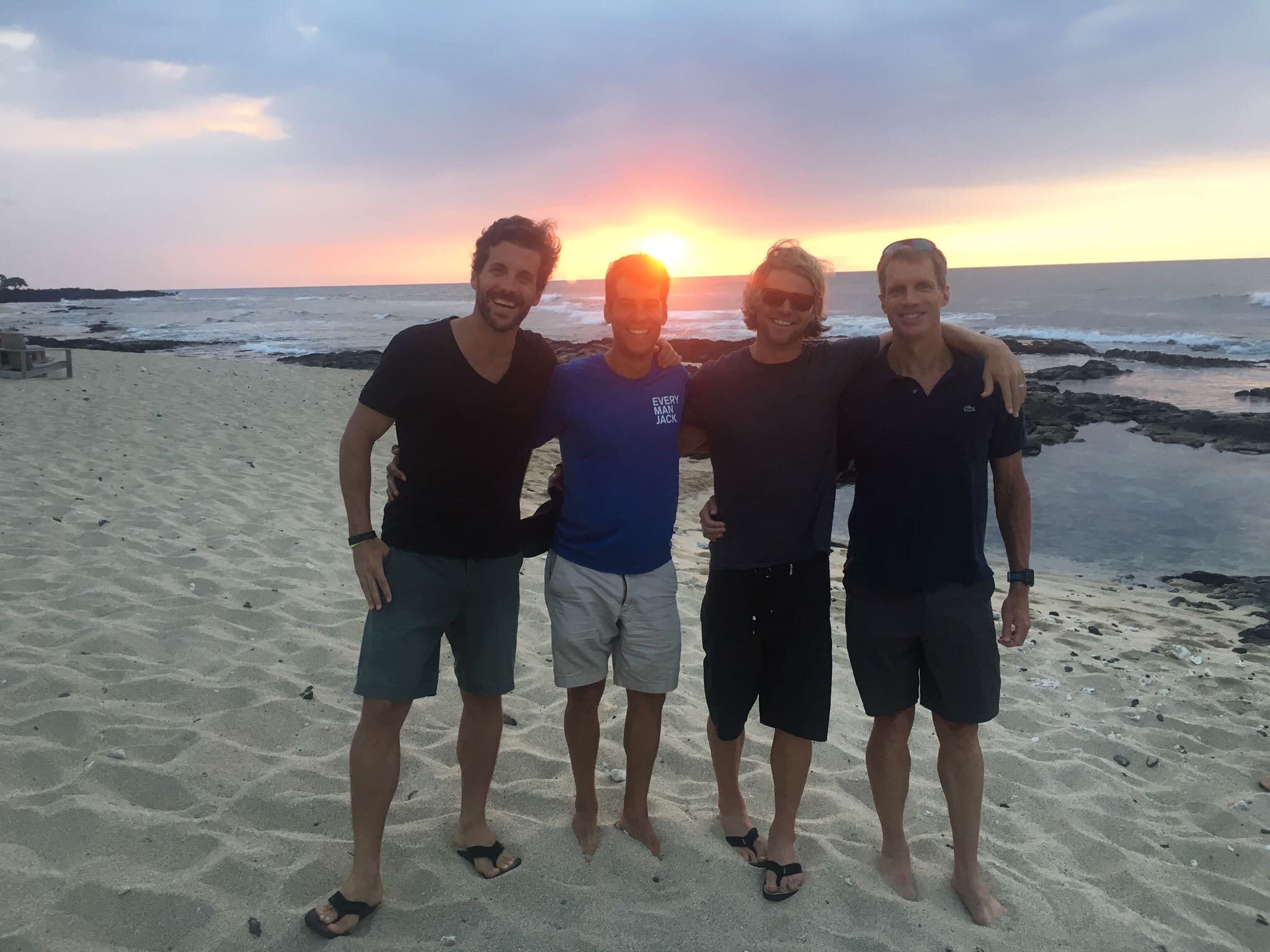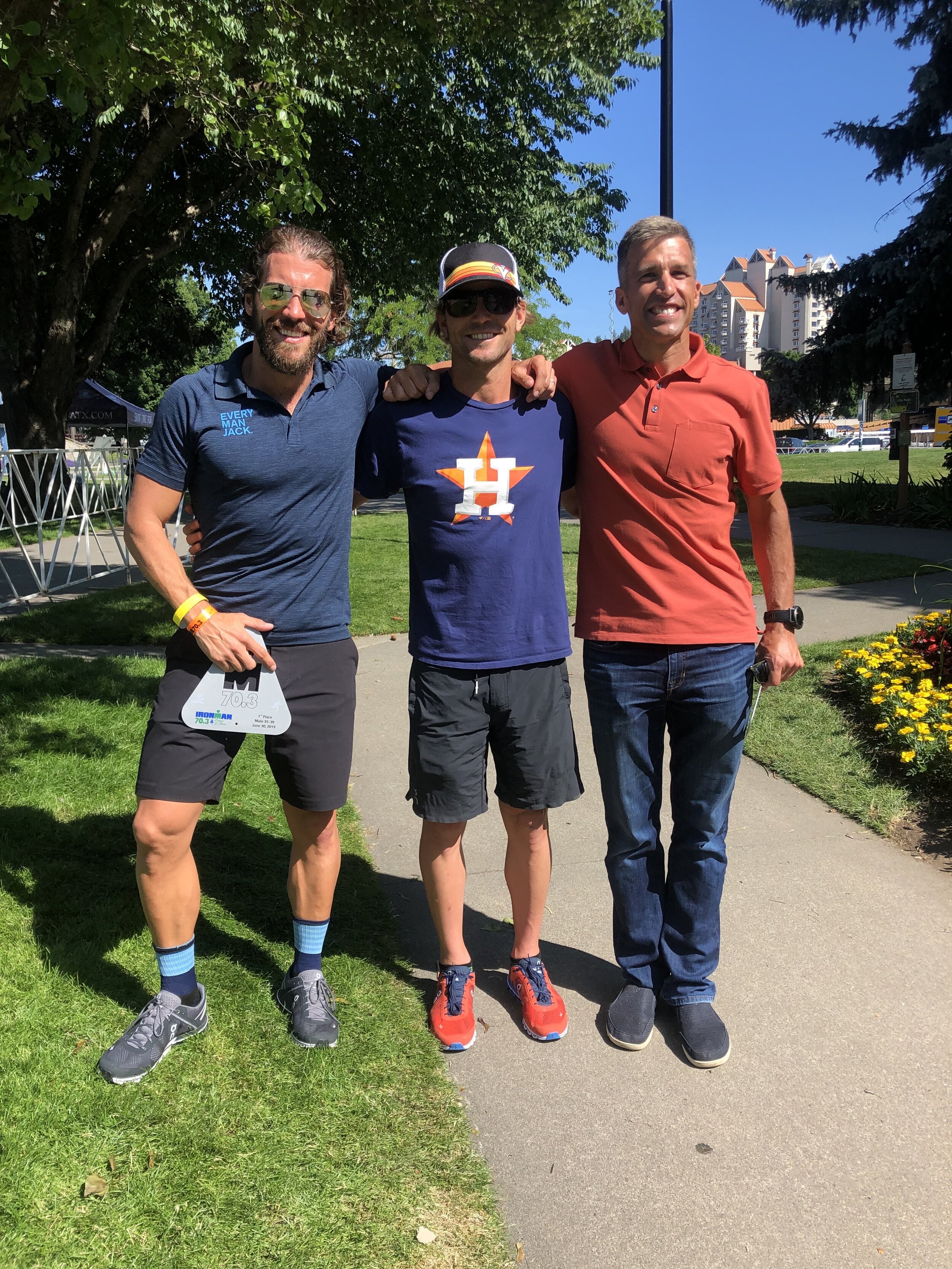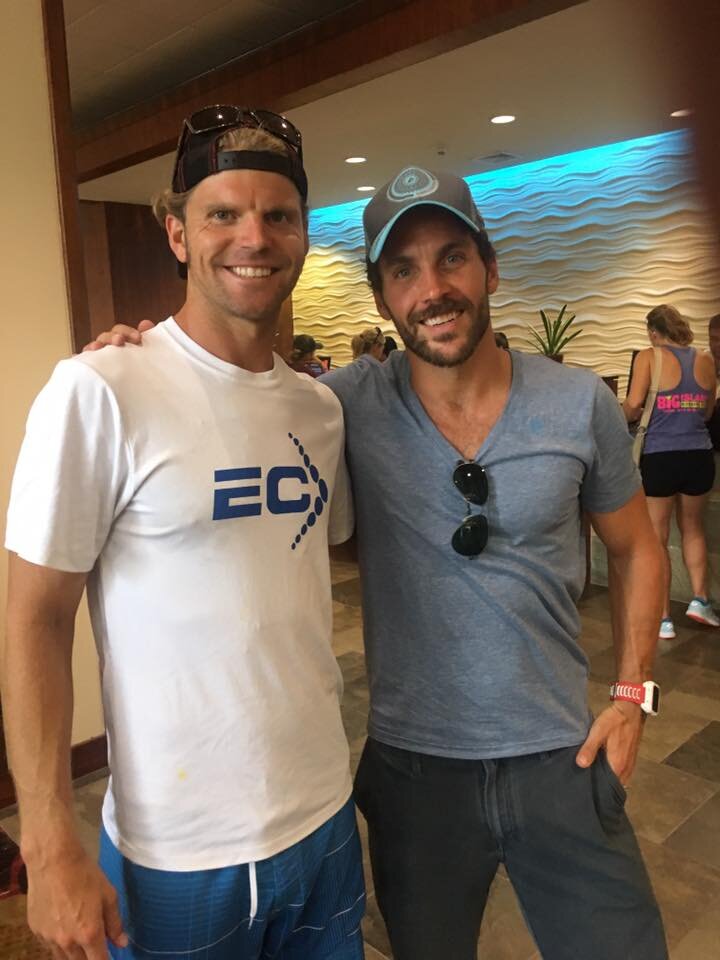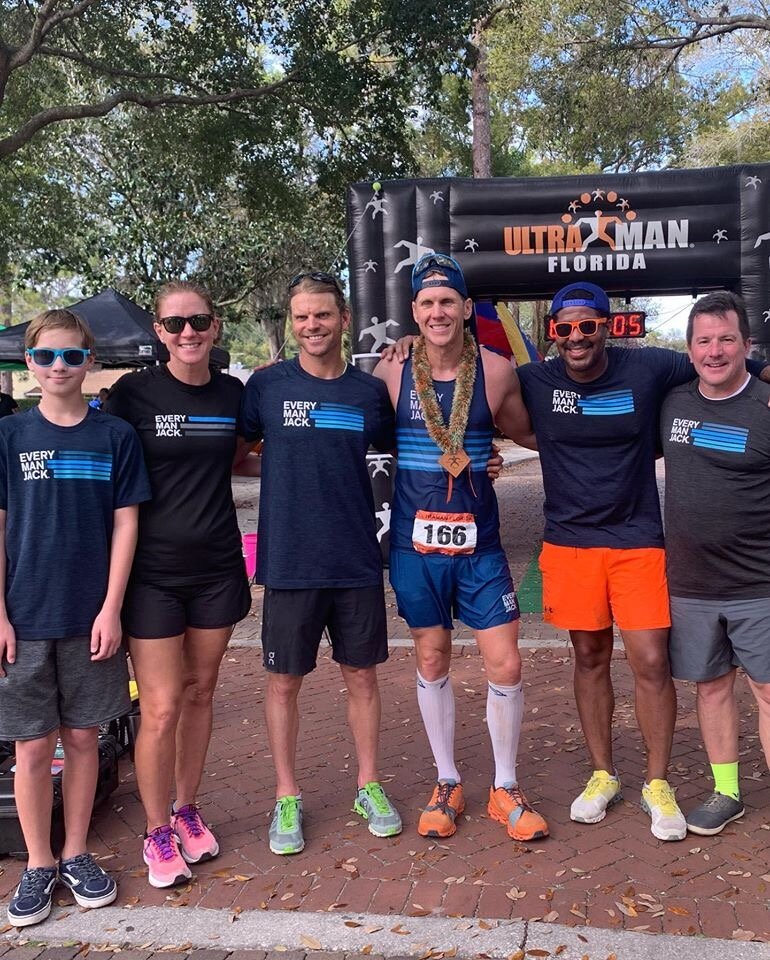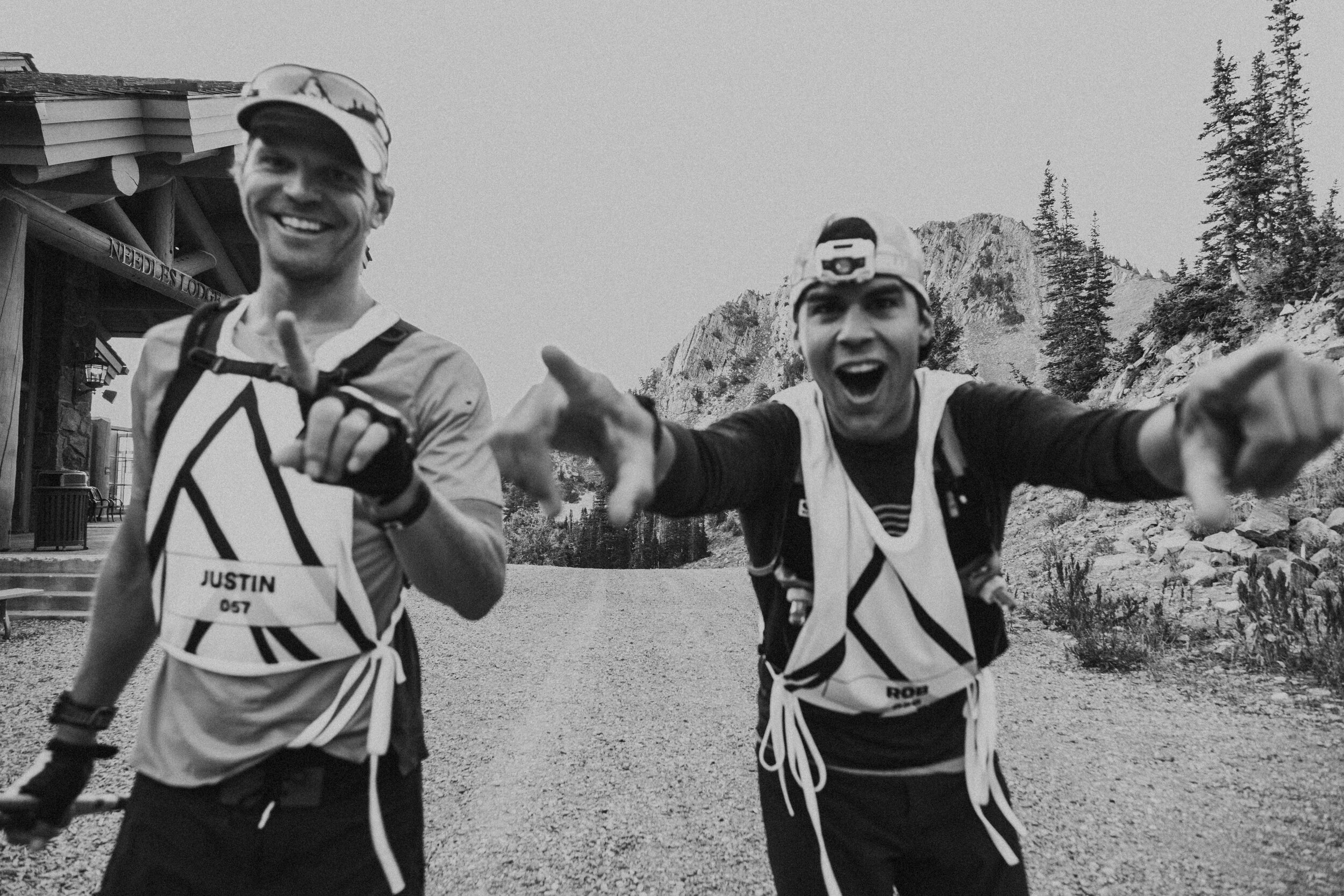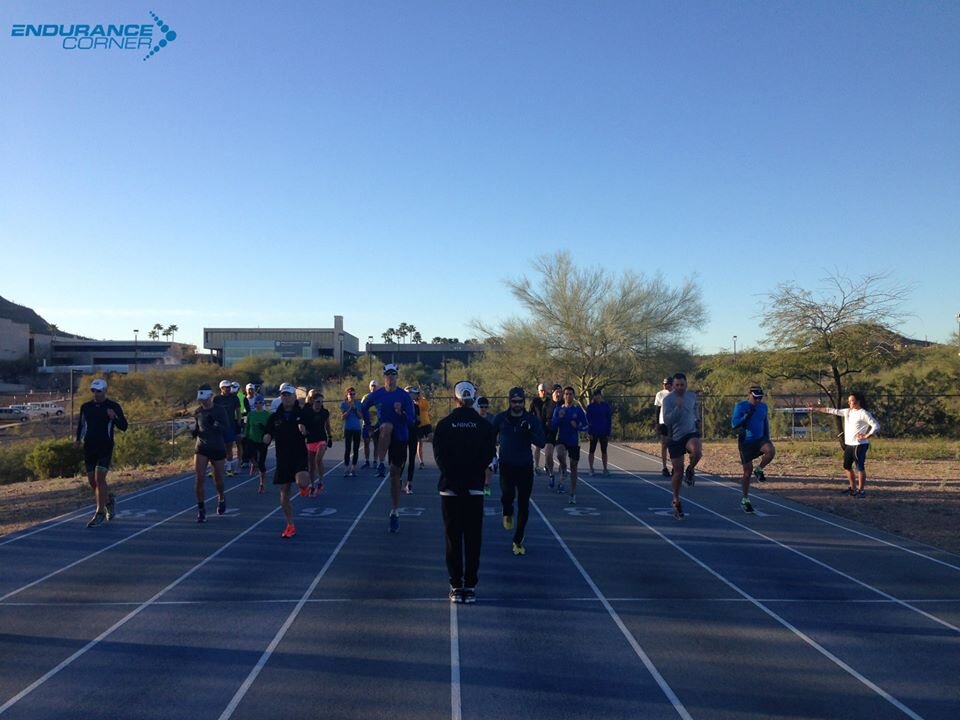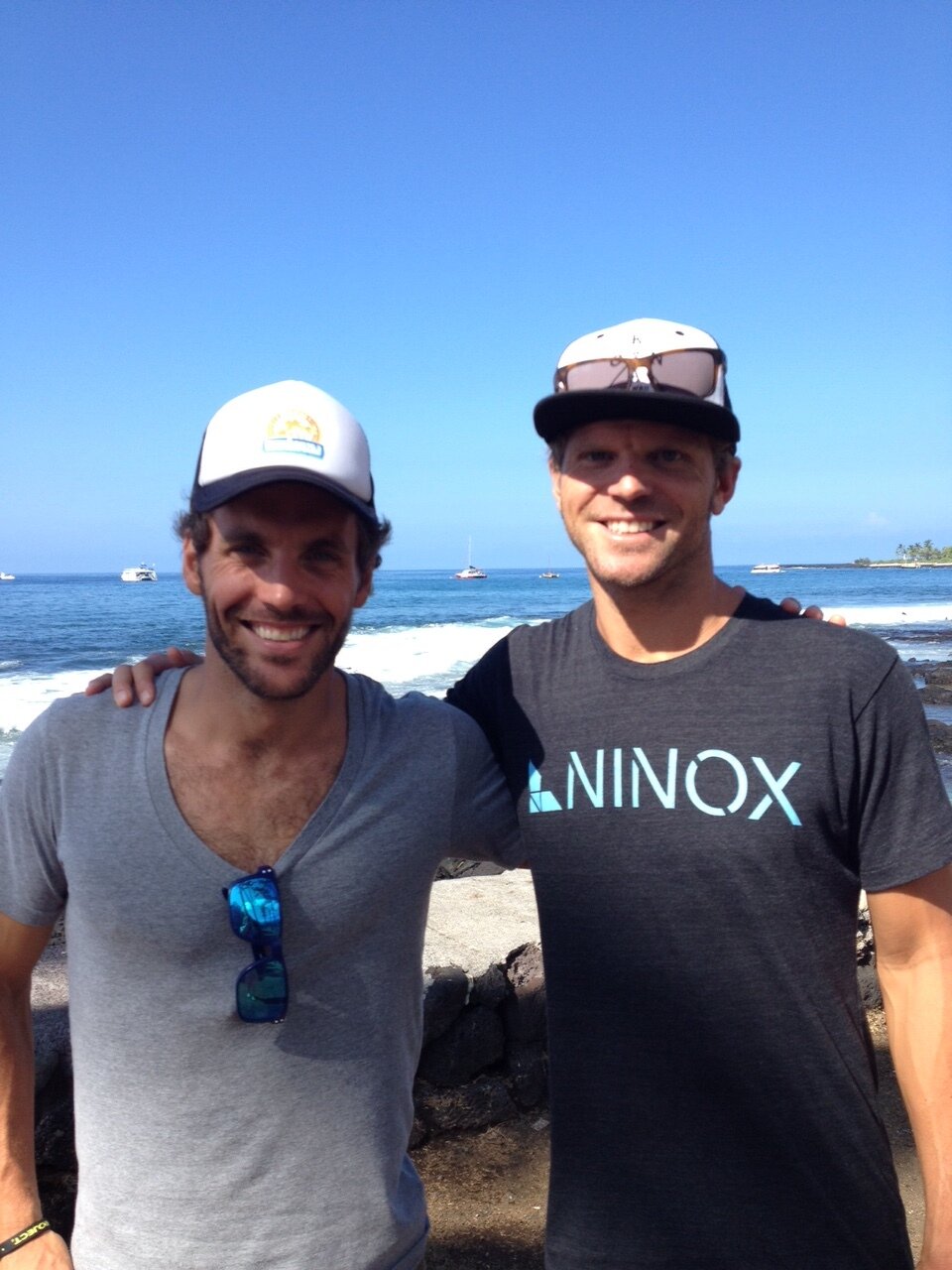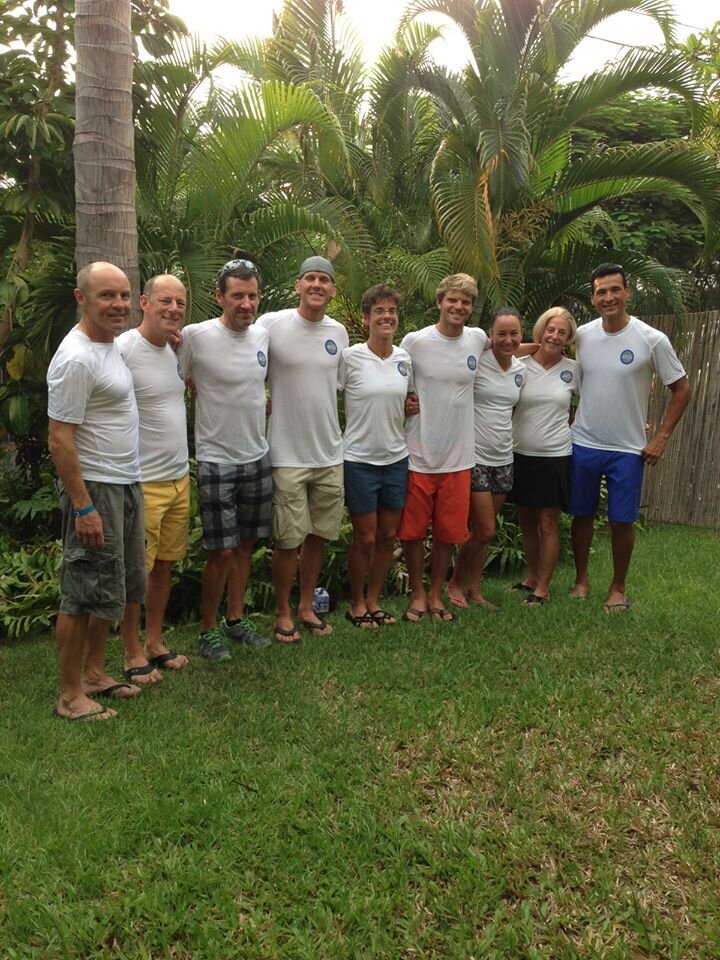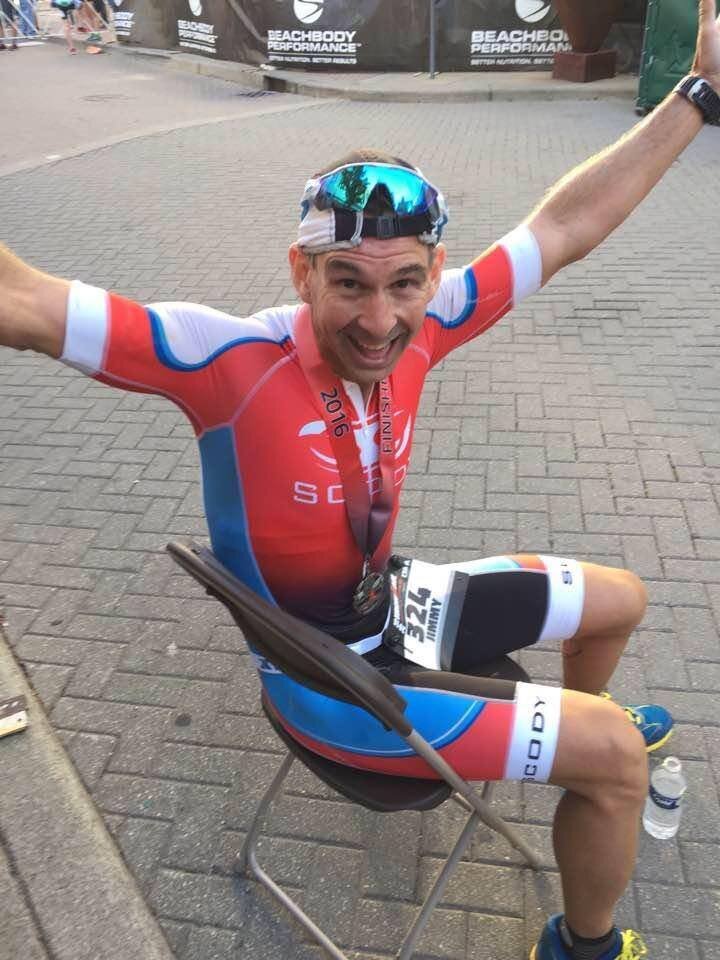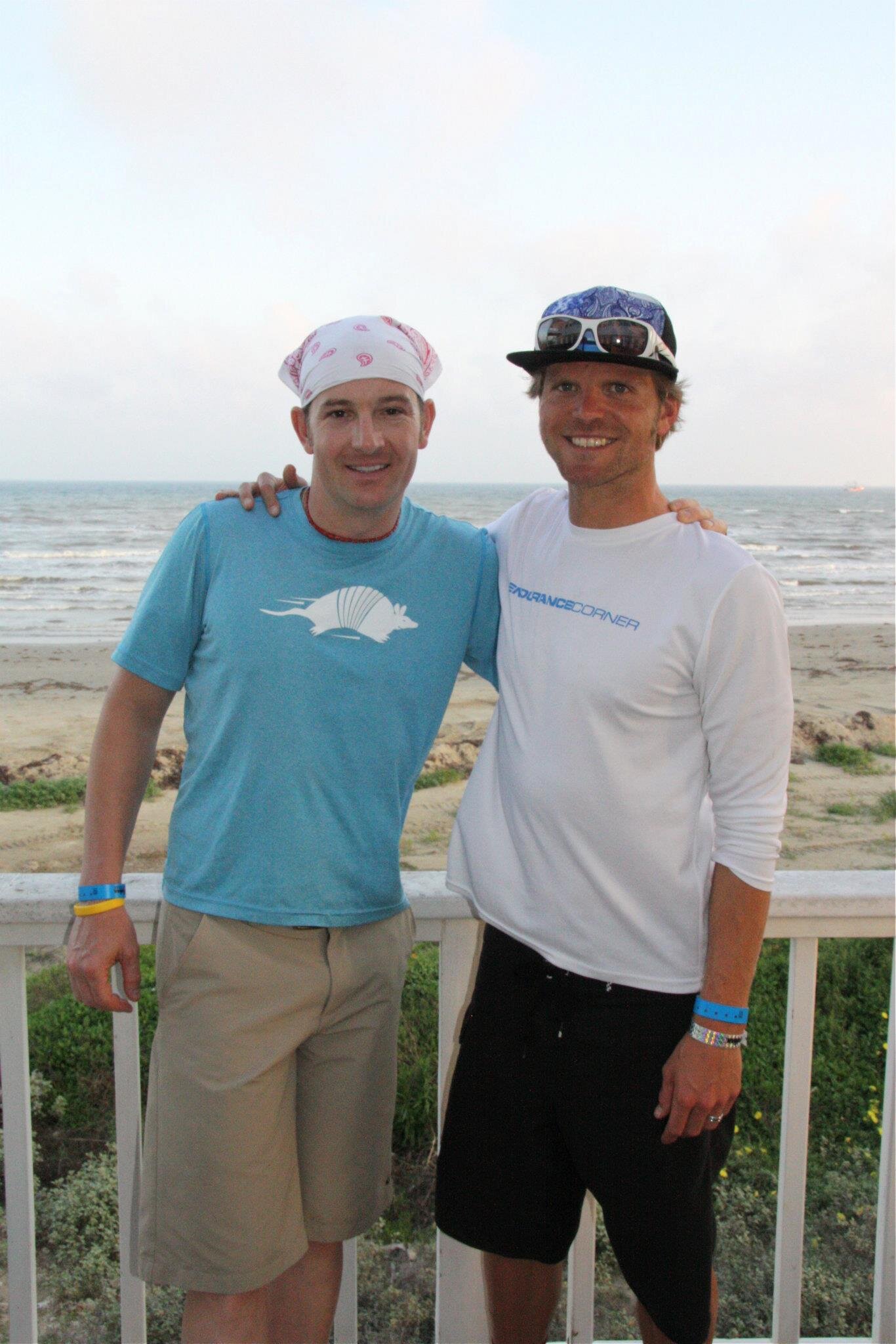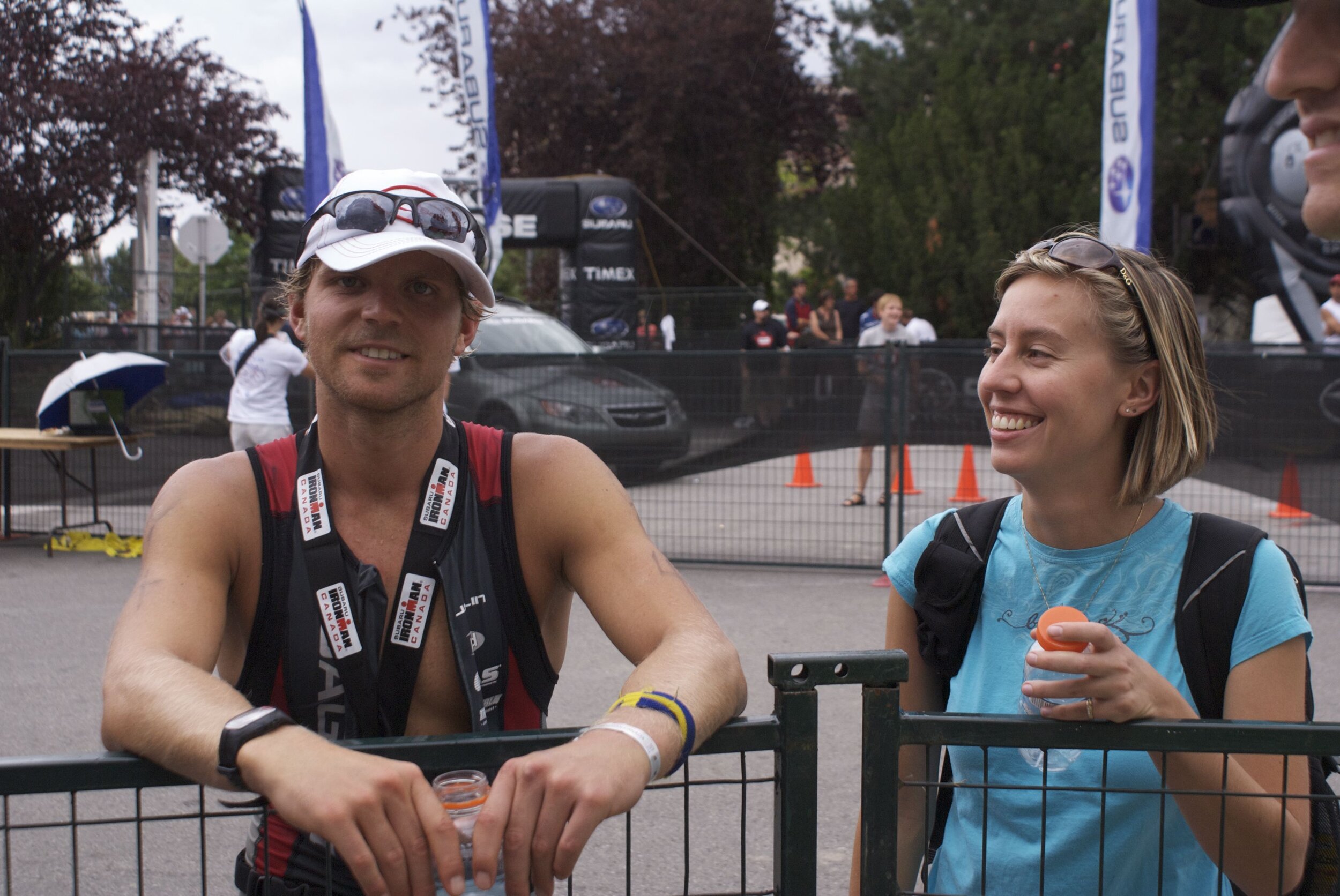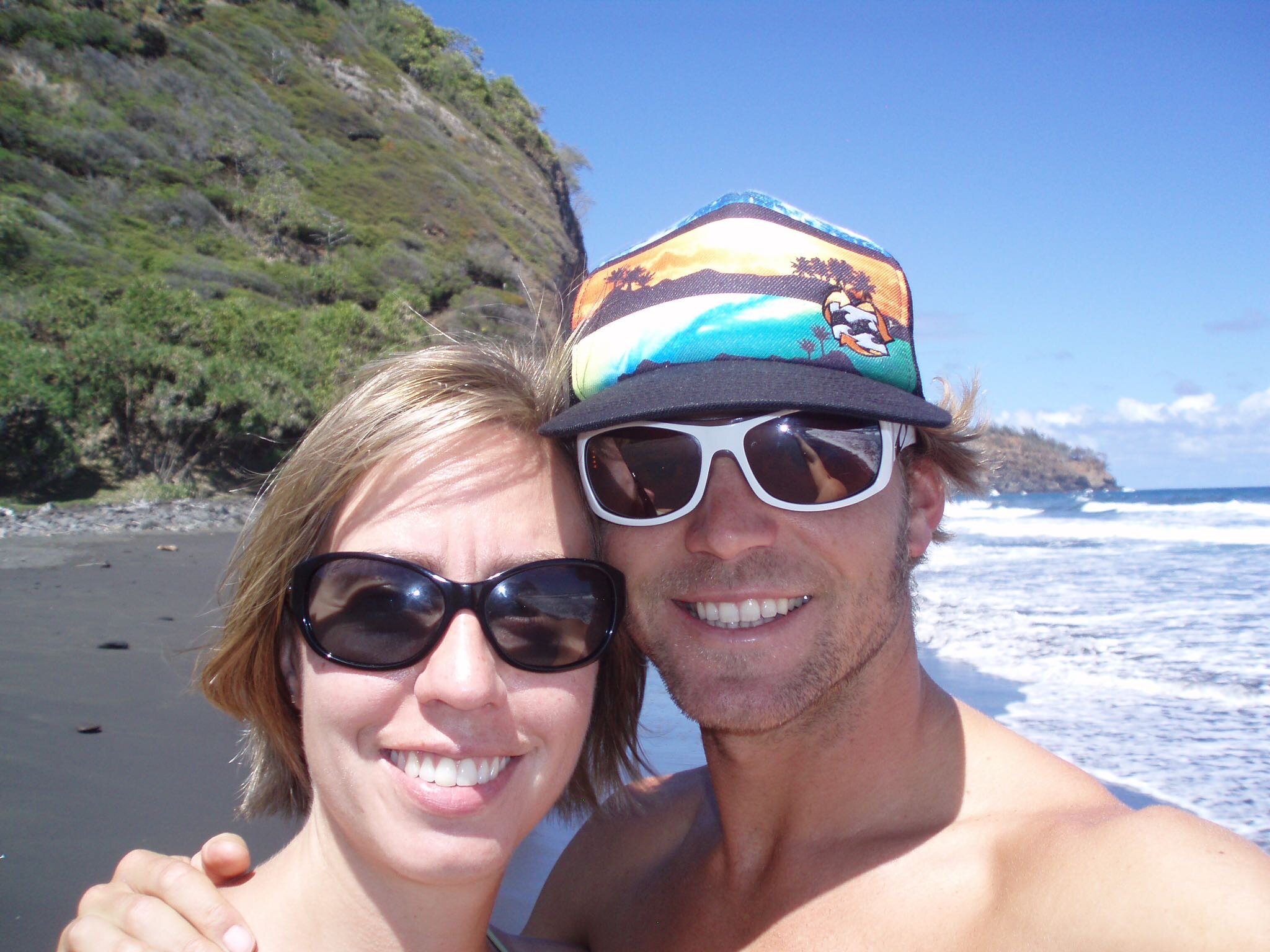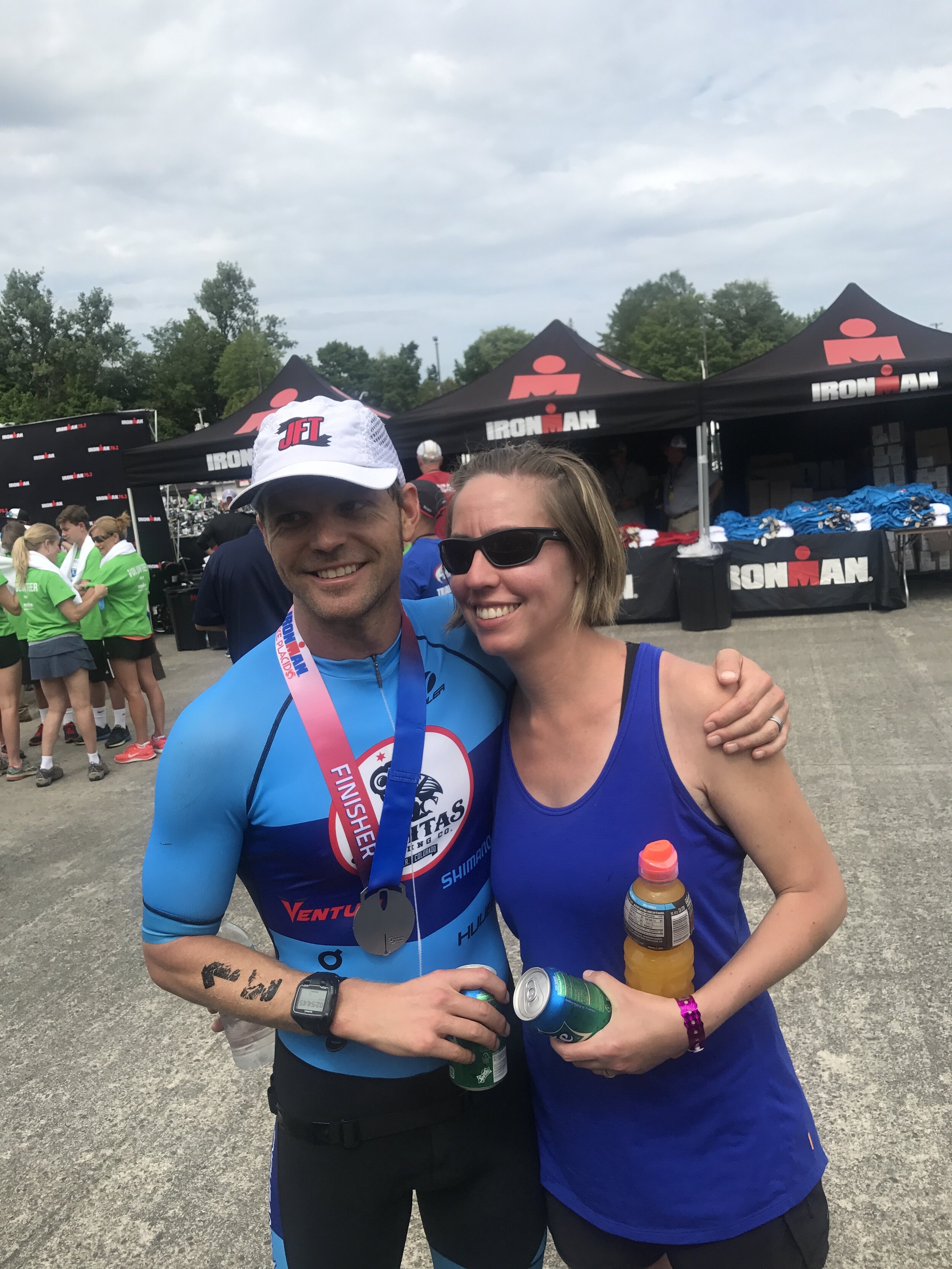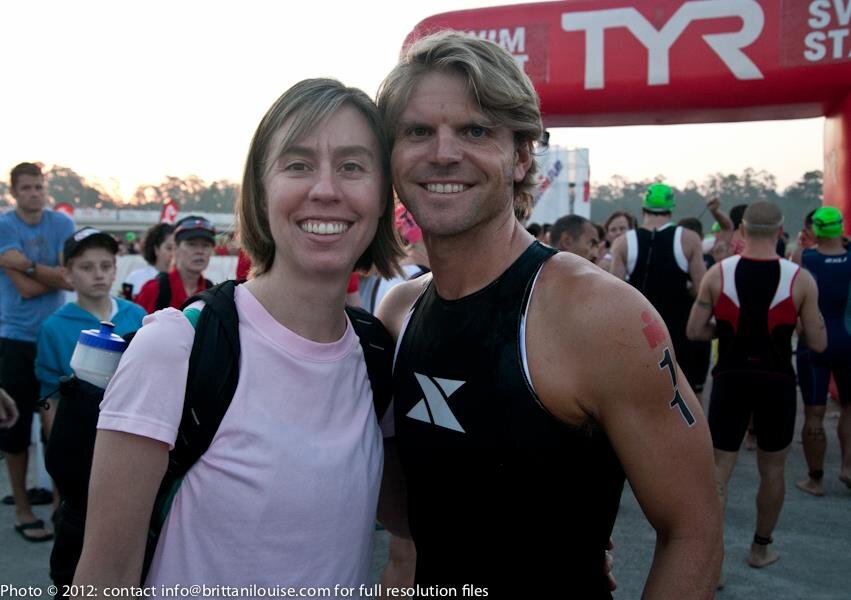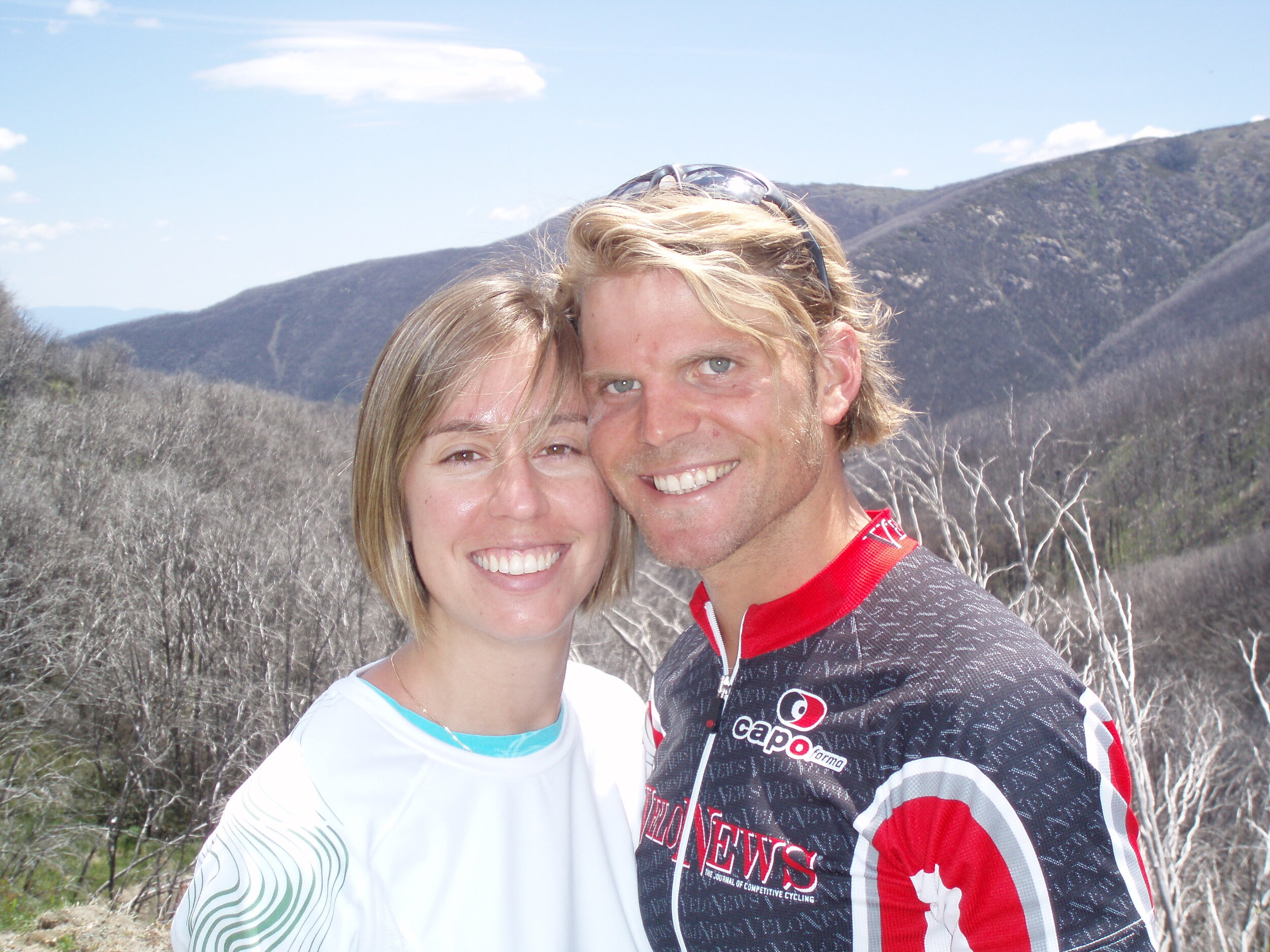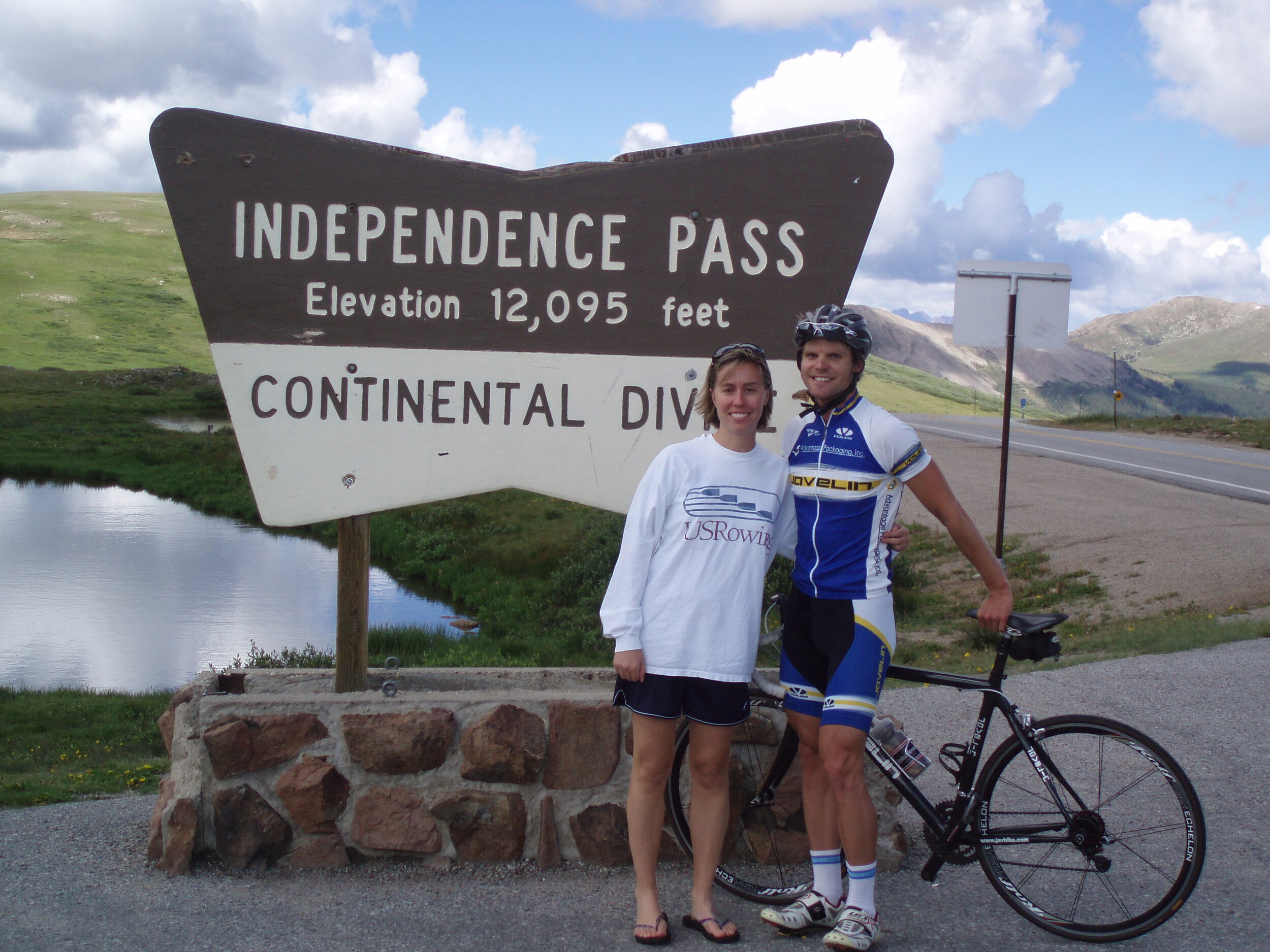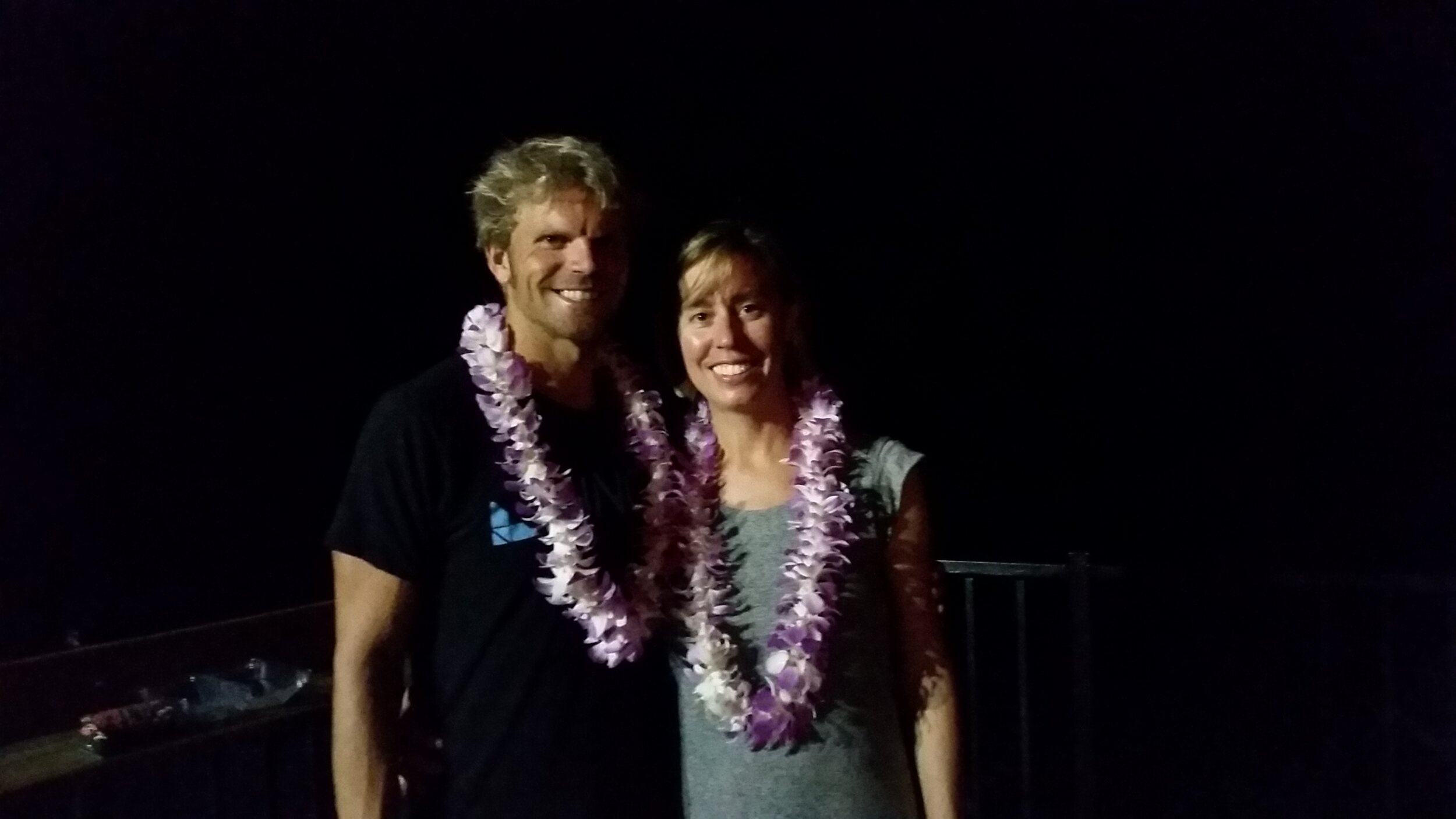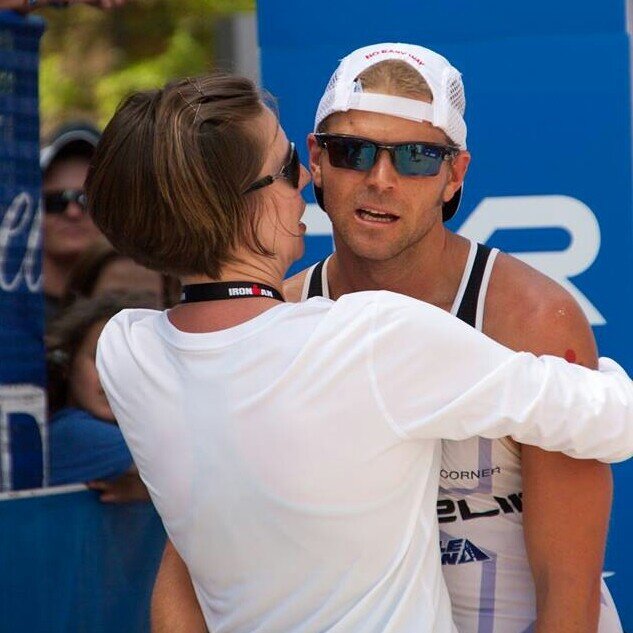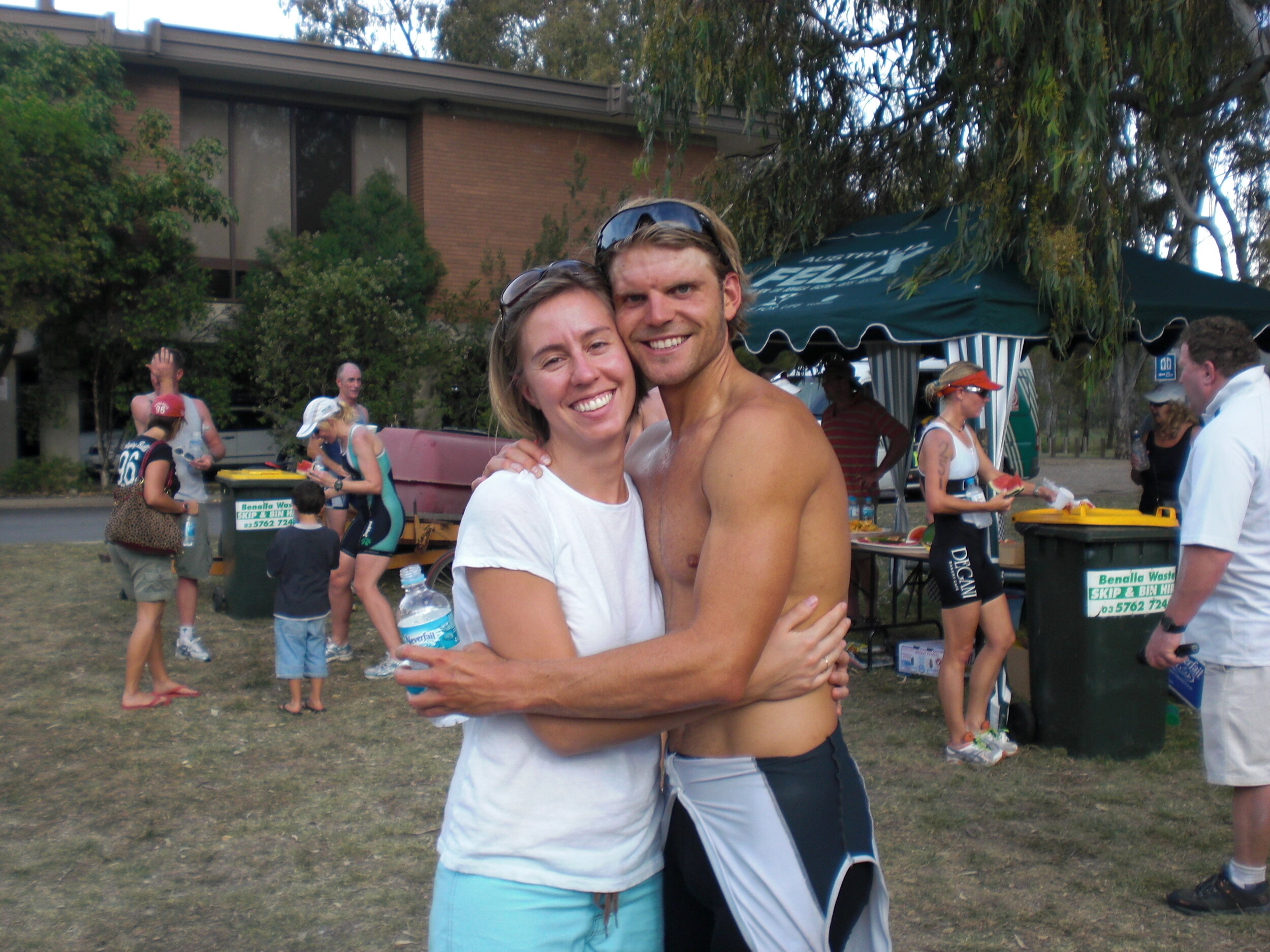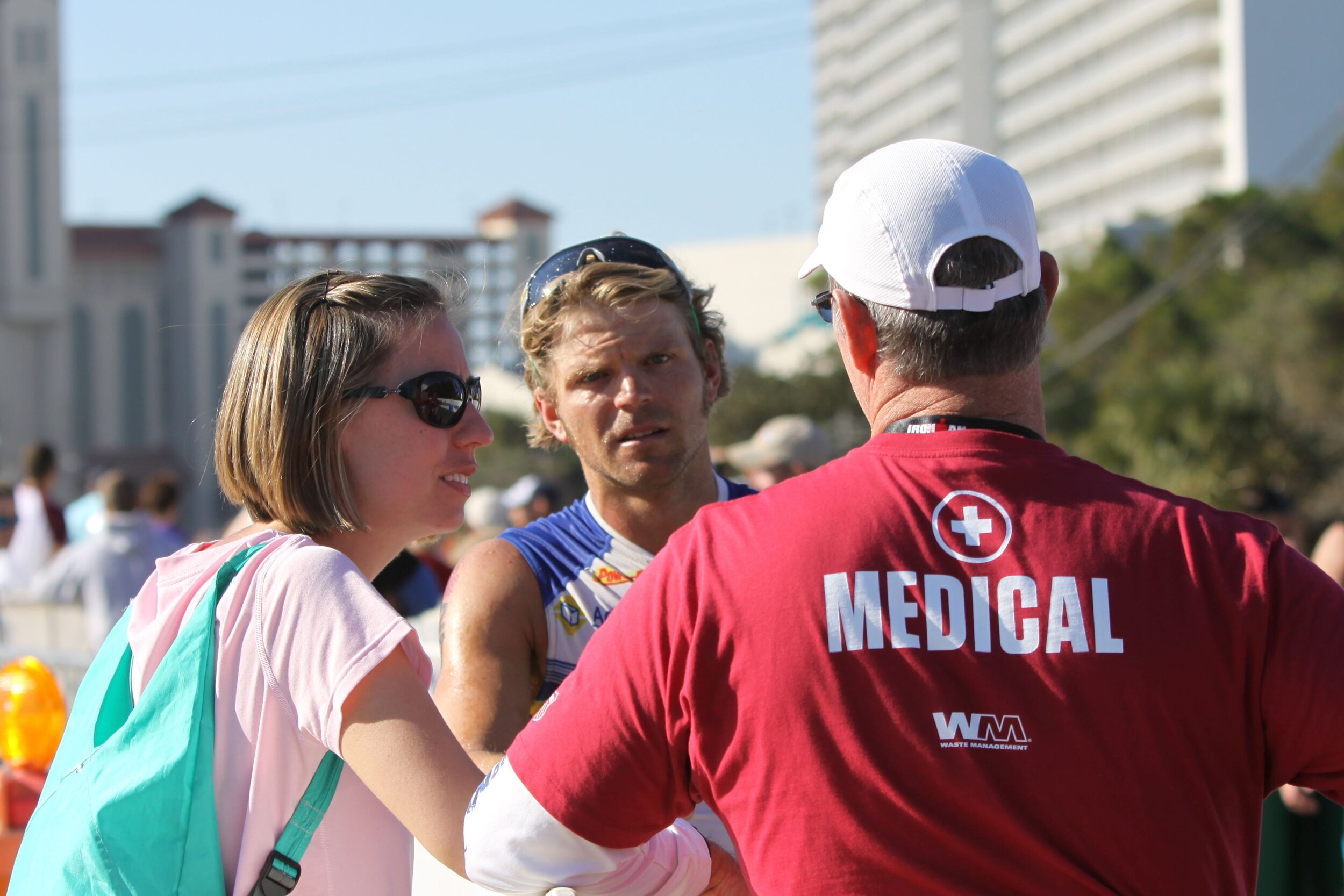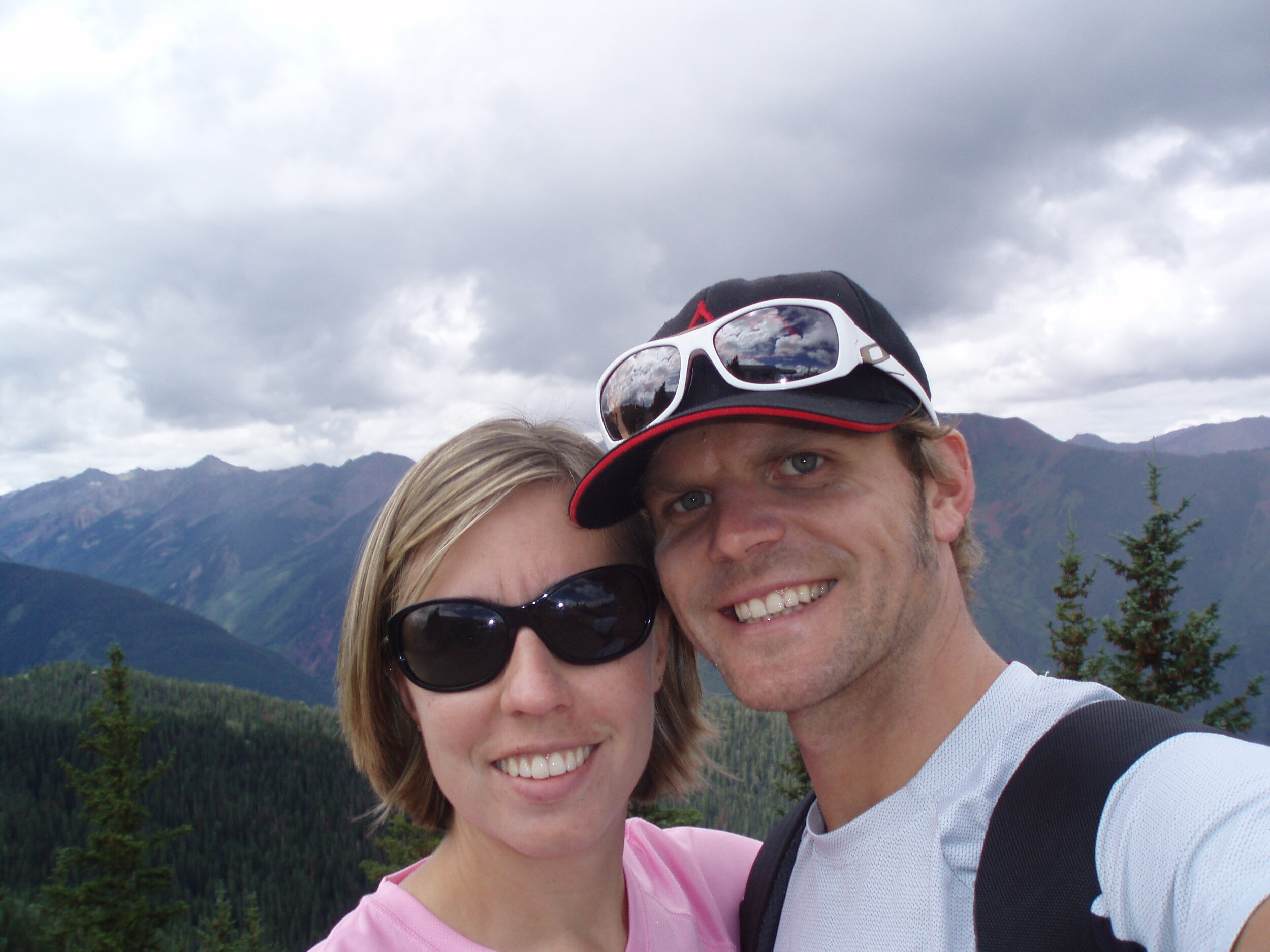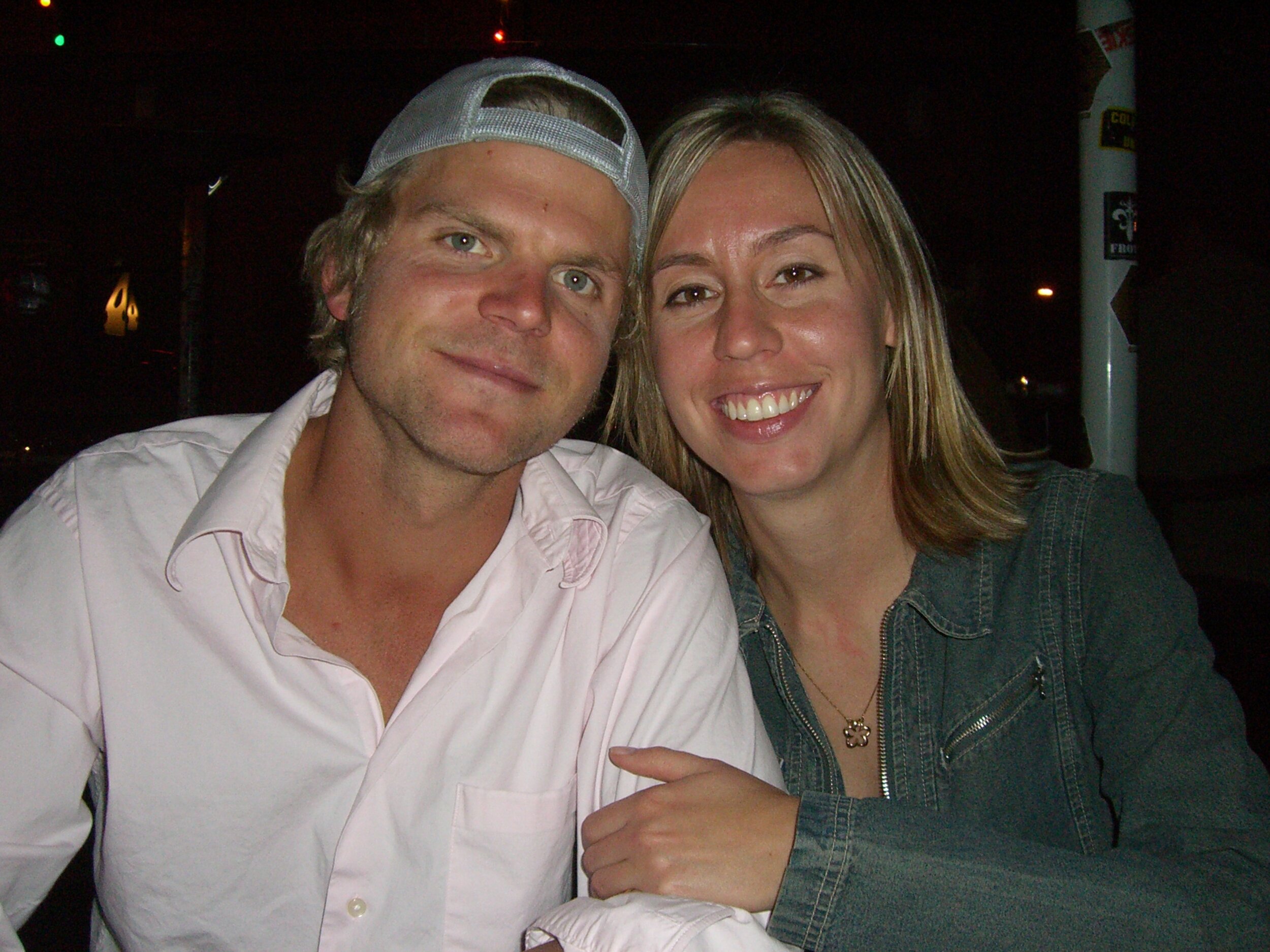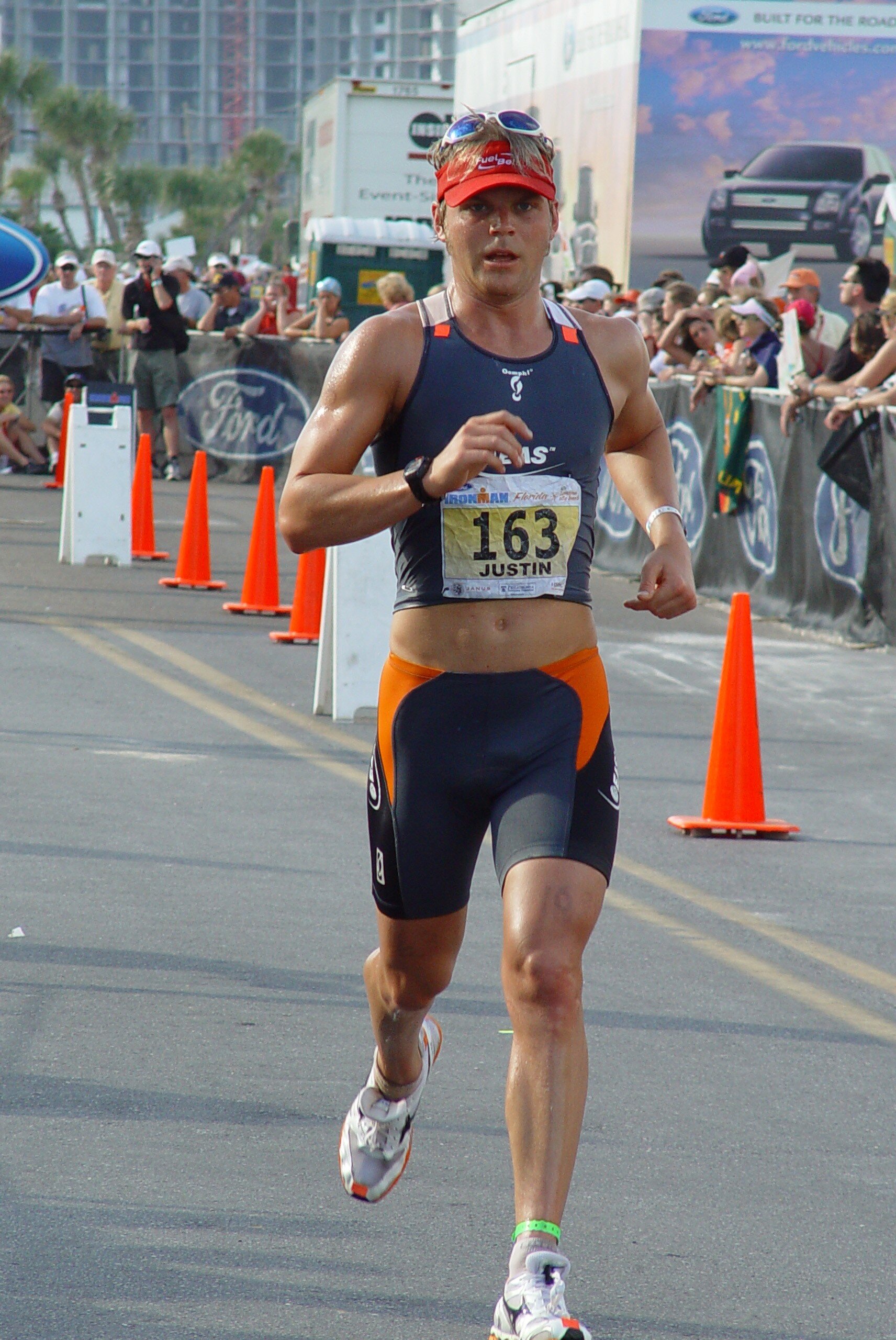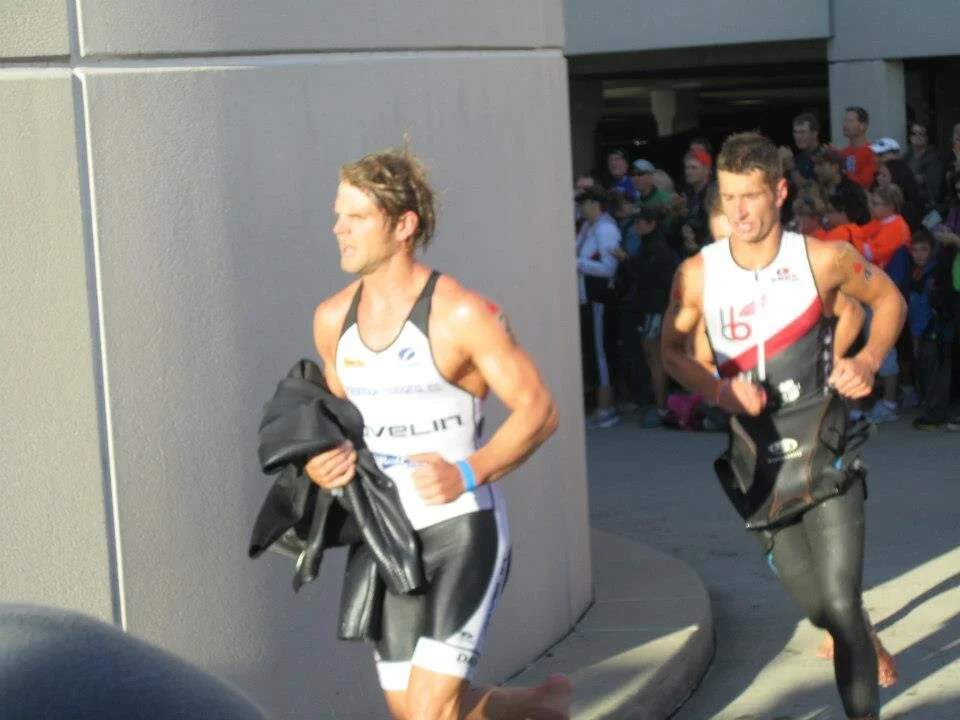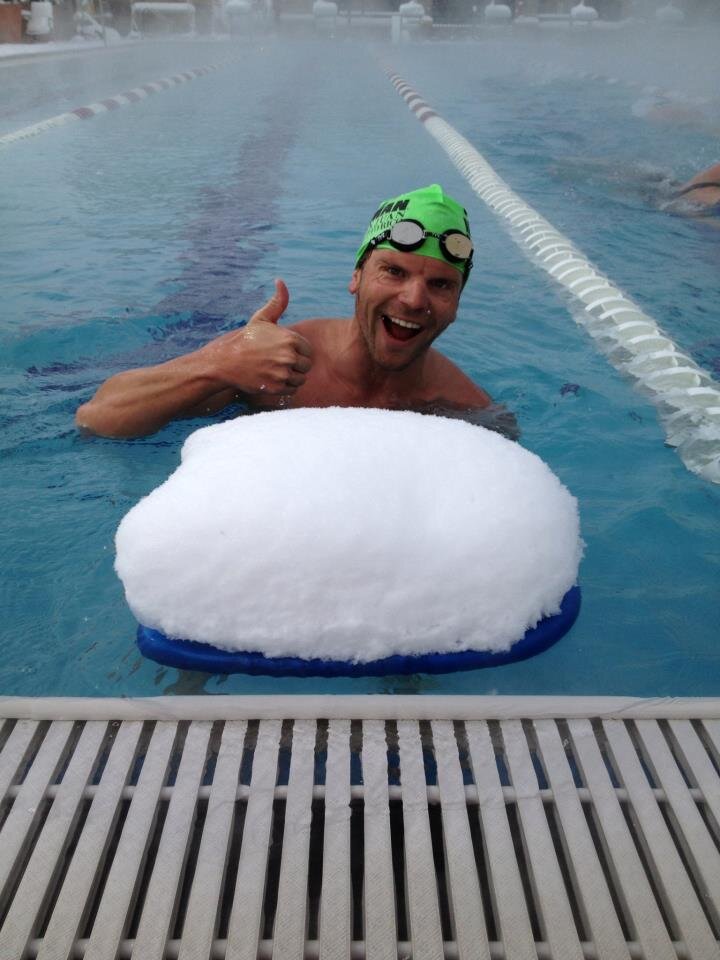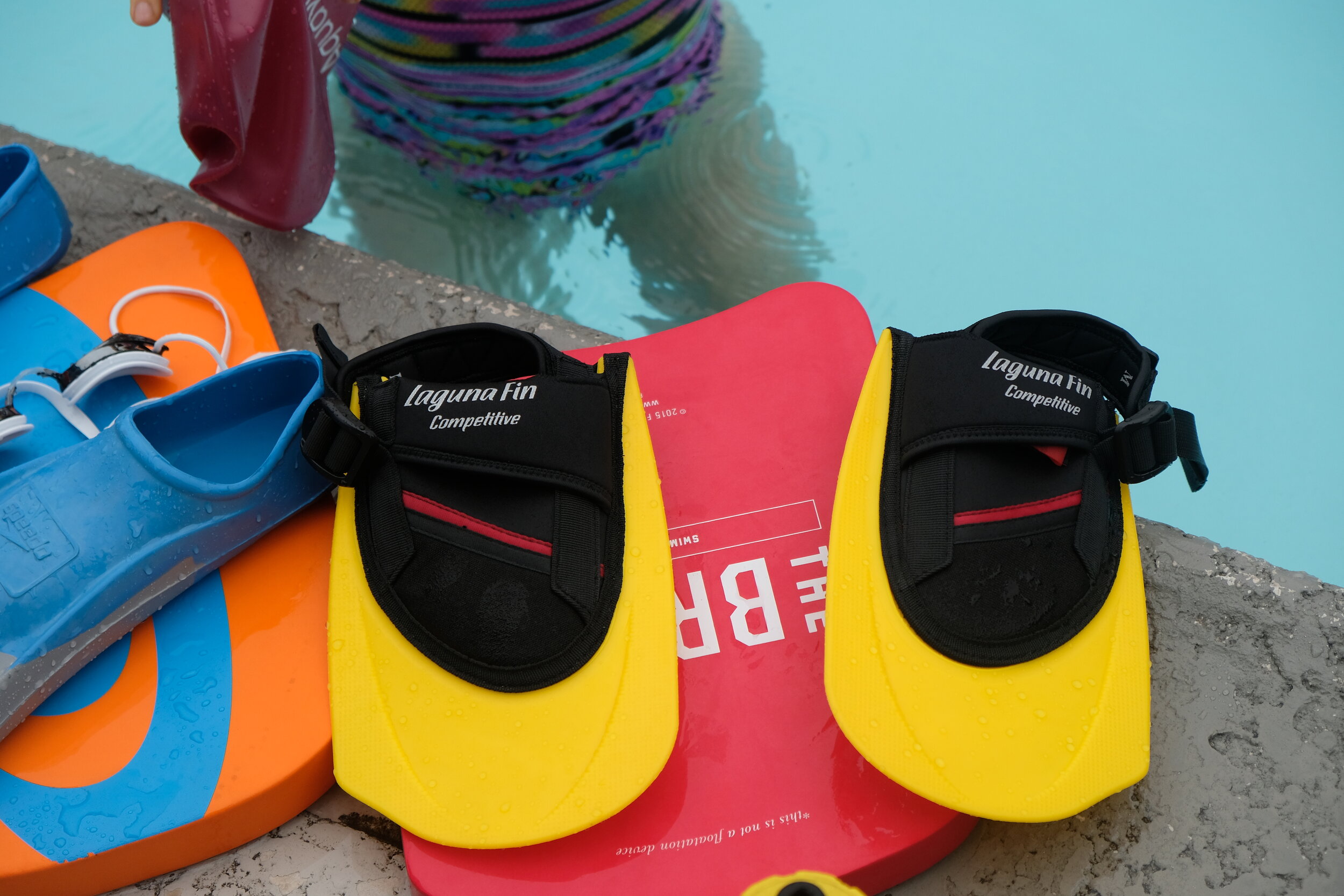Last week I traveled down to Clermont/Orlanda, FL to work as Crew Chief for Jeff Fejfar at Ultraman Florida. I have been coaching Jeff since 2013, but this was the first time I had been part of any Ultra crew, for him or anyone else. I had initially hoped to be part of an UM crew prior to taking on a role as a crew chief, but that never quite worked out. Fortunately, I have numerous friends and colleagues that have raced, coached and crewed for these events so I was familiar with a lot of aspects of the race despite my lack of personal experience.
Jeff is an experienced racer across all distance of triathlons so while we were approaching this race with a healthy respect for just finishing the thing, we also had intentions of trying to do so as quickly as possible. For those unfamiliar with the event, it goes as follows:
Day One: 10K swim + 92 mile bike.
Day Two: 172 mile bike.
Day Three: Double marathon run; 52.4 miles.
Each day has a time limit of 12 hours. While the race is broken into stages, it is the combined times of the three days that determines the final placing. All athletes have a support crew for logistics; feeding, mechanicals, navigation, etc. The normal rules of the road apply, so any stop signs, stop lights, etc. must be followed. In the case of the bike, this meant unclipping and putting one foot on the ground before proceeding forward.
Jeff ended up finishing 3rd overall (2nd male) and while there is always room for improvement, I felt as though his performance was very good; particularly because each day had dark moments that he had to work through and he was always able to right the ship. In this post, I won’t go over the details of Jeff’s race, as he can speak best to that aspect of the experience. Instead, I’ll discuss the plan and logistics from the vantage point of the crew.
+++++++++++
Prior to the Race.
The Crew.
The crew consisted of three people including me, Darryl Lehtola and Rich Reed. Rich had experience racing and crewing for Ultramans and Rich had crewed UMFL the previous year. The three of us had never worked together before and we all came from different places, but that didn’t matter. I could not have asked for two better people to be partnered with. Each of us brought our own set of skills to the table, but more importantly, everyone was very calm and even. No one ever got rattled and a rhythm was quickly established once we got rolling. More on the crew and everyone’s role a little later.
NUTRITION PLAN.
Before the race started, I asked Jeff to write out a three day nutrition plan on google drive. While I knew that adjustments could, and would, be made, I felt it was best to have a template laid out to work directly from. My assumption was that a plan could account for the first 2/3 or so of each day and then we could move to working more off feel and intuition in the closing miles.
After Chris McDonald won UMFL in 2019, I remember him telling me that he got so tired on the last day that he didn’t even want to say what he wanted out loud. He thought that if bottles were color coordinated with what they had in them, he could just point to what he wanted. I remembered this suggestion and we had four different bottle categories.
Blue and Red 24 oz bottles had different sports drink mixes (EFS and GU Roctane).
All 20 oz bottles were water, regardless of color.
A 20 oz bottle with EVERY MAN JACK on it was dubbed the “boom sauce” bottle which would either be red bull, coke or some other style of energy drink.
Jeff also divided up the solid foods into two-hour bags for each day with various amounts of gels, blocks, bars, etc. This wasn’t meant to be perfect, but it gave us an idea of what to use with plenty of additional sports nutrition laid out in boxes in the back of the car.
THE CAR.
We were fortunate to have Jeff’s personal vehicle since he lives in Florida. In the car, we had two sets of drawers with medical supplies, sun screen, vaseline, etc and another with more bike specific components: chains, tubes, tires, etc. We had two coolers: one specifically for sports nutrition and one that was more general (on day three we used it only for ice). We had one 5 gallon water cooler with water and several boxes of sports nutrition as well as food for the crew. We also had several spare wheels for flats, a bike pump and a spare bike on a bike rack out back (bike changes are only allowed with catastrophic events, not for strategic reasons).
MEALS MADE BEFORE RACE DAY.
Jeff and I did a big grocery shop on Wednesday before the race (Race starts on Friday). I told him that it would be best to have all dinners planned out and he came up with two crock pot recipes as well as the idea of making numerous breakfast burritos to store in the fridge to use throughout the weekend. When we got back we made about 20 breakfast burritos that we wrapped in foil. Then we prepped two crock pots meals with all the ingredients and put them in the fridge. All we had to do was plug in the crock pots on each race morning before we left and dinner would be ready when we got back. This was hugely helpful as everyone was tired and hungry when finished each day and this was one less thing to worry about.
CREW ROLES.
While all three of us did everything and anything needed, we had a few primary roles where we each took the lead.
I was the driver and was tracking the nutrition to make sure we were staying on plan.
Rich was running lead on navigation and making sure we knew each turn, how long the next leg was, what to expect, etc. Rich was also the kayaker on day one which was a crucial role that he had experience with.
Darryl was in charge of prepping everything for the next hand off and was typically the first out of the car to be ready for Jeff. Darryl is also a bike mechanic so I told him that in case of any bike problem we would let him take the lead and do whatever he needed us to.
DAY ONE
The first leg of the race involves a 10K swim followed immediately by a 92 mile bike; the only day involving two different sports. The race provides kayaks to all participants, but they are not all the same. Rich has raced and crewed Ultramans before and he wanted to arrive early on this day in order to have the best pick of the kayaks.
The nutrition plan for the swim was to be administered in 15 minute blocks. The goal was for Rich to get Jeff a bottle every 15 minutes and for each bottle to be finished after 45 minutes. Jeff is a good swimmer, so this was going to come out somewhere between: more than 3 bottles and less than 4. Rich had additional calories if needed (all in a cooler) and he dressed in a bright colored pink wig (which he rocked all day) to help with the sighting in the initial phases.
The swim conditions were perfect to begin with, but around the 1:15 mark the winds picked up and it started to rain hard as well. The lake became very rough so Rich’s decision to get one of the bigger kayaks ended up being a great strategic decision. Jeff finished in 2:42 (solid swim), but Rich was pretty cold and wet by the time it was over.
I told Jeff not to run at all during transition, just to walk smoothly. He did a full kit change in the bathroom and then Darryl had his shoes, socks and bike waiting at the mount line.
At this point it was time to transition to sagging Jeff on the bike. We ended up taking a bit too long in getting out onto the road and catching up to Jeff. This might not have been an issue if the course was on a road where we could travel quickly. The opening stages were on some back roads so it took us longer than we wanted to catch him. In the end, it did not end up being a problem, but in the future, I would have targeted a much quicker turnaround for us.
Given that the ride was ‘only’ 92 miles, we didn’t have too many hiccups and we were able to make good hand offs for most of the day. This was the only day Jeff had some GI challenges which I would attribute to the long swim that also ended up being very rough. One common suggestion I have heard from athletes and coaches about Ultraman is to “take the swim very seriously” in your training. It can be easy to overlook the importance of the swim given the weight and duration of the bike and run, but the effects of swimming 10K are huge. Jeff was the first male out of the water and was still having some ill effects of having done such a long, challenging swim prior to a bike.
Jeff finished the ride in a little over 4 hours and under 7 hours for the day. Before the day started, I told Jeff that following the end of days one and two he needed to immediately focus on his recovery. We would hand him a recovery drink once he finished and he could start getting a massage (provided by the race). As he was getting a massage, we would pack up the car and as soon as he was finished we got him in the car and headed back home. This was the same routine for day two. Additionally, we would refill with gas before returning to the the hotel.
With dinner already prepared, the crew just needed to clean up the car and prep the nutrition bottles and inventory for the next day.
DAY TWO
Day two was a 172 mile bike ride beginning at 7:00 a.m. This day would be longer (in duration) than day one and my assumption was that this would be the most challenging day for the crew (and day three, the double marathon, would be the most challenging for Jeff). On the day one bike, we stayed pretty much on plan for nutrition, but I knew that a ride lasting nearly eight hours would have a lot more variability in the back half.
All in all, I thought that day two ended up going fairly smoothly from the crew’s perspective. The primary hiccup we had was when Jeff got a rear flat around mile 75-80 when he was close to Sugarloaf for the second time. Fortunately, Jeff flatted close to us ,and while it wasn’t a pro level TdF type of change, we did it rather quickly. Knowing that Darryl had the lead in this situation made it easier to know what to do when this happened.
As we got later into the day, the main shift we made was making new water available all the time. It was starting to get warmer so water so not only being used to hydrate, but also to cool. We also made use of any stop sign or stoplight to change out bottles. Since he had to stop anyway, we used those stops to our advantage to keep him topped off.
The closing miles were definitely tough and we went heavy on coke in the last hour or so. Jeff finished the day just under eight hours in 7:58. We then went into the same routine: recovery drink, massage, return home, dinner, next day prep, bed.
Day Three
The Double Marathon. Between the three members of the crew and Jeff, only Rich had run this far before. The general plan was to try and get to the second marathon without feeling totally wrecked and to then manage everything as best we could to the finish.
Jeff had been doing lots of long runs with a hydration vest so we actually opted to have him use that until we got to the Clay Road (mile 25). Jeff’s wife Wendy made this suggestion and it turned out to be a good one. At that point, it would be very easy to always be with him and there wouldn’t be any problems getting him fluid and nutrition.
Additionally, pacers are allowed after the first mile, so nearly the entire way. Our plan was for me to start running with him around mile 5-6. The first section was a no feed zone where I would run all 4 miles with him, but after that the idea was for me to run 2 miles, take a mile off, and keep that rolling as long as needed. On the second half there would be more opportunities for Rich to do more pace work as well.
We also had multiple shoes, socks and clothing options available. We ended up making two shoe and sock changes (mile 25 and miles 41ish) as well as swapping out his singlet with a new one as needed (we would dry one as it hung out the car window).
Jeff did very well through about mile 28-29, ticking off the miles, had a dark spot from about mile 29-33, then bounced back and had another solid ten miles stretch, then the final 8-9 miles were all about gutting it out. That second marathon is the real deal. You could see and feel the discomfort and challenges the athletes were pushing themselves through. Much respect for all of them for getting to the finish line.
Jeff finished up the day in 8:15; leading to a total three day combined time of 23:04:04; good enough for 3rd Overall (2nd Male) behind Steven Keller (1st OA/1st Male) and Dede Griesbauer (2nd OA/1st Female).
++++
Crewing for Jeff ended up being a wonderful experience. Typically, when you are supporting an athlete racing, there is a lot you can help with before and after the event, but next to nothing you can directly do while they are racing. In this case, you get to have a direct impact the entire time someone is racing. Racing an Ultraman is an exceptional challenge and requires an athlete to dig deep within themselves. Helping Jeff see this through and pull everything out of himself is not only something he can be proud of, but something we can as well.
++++++
If you ever get the chance to crew an Ultraman, I suggest you give it a go. The experience is unlike any other and the friends you make will feel like family amongst the Ultraman Ohana.
-justin





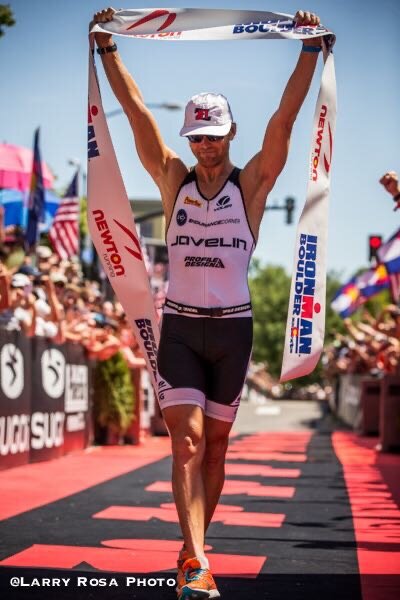
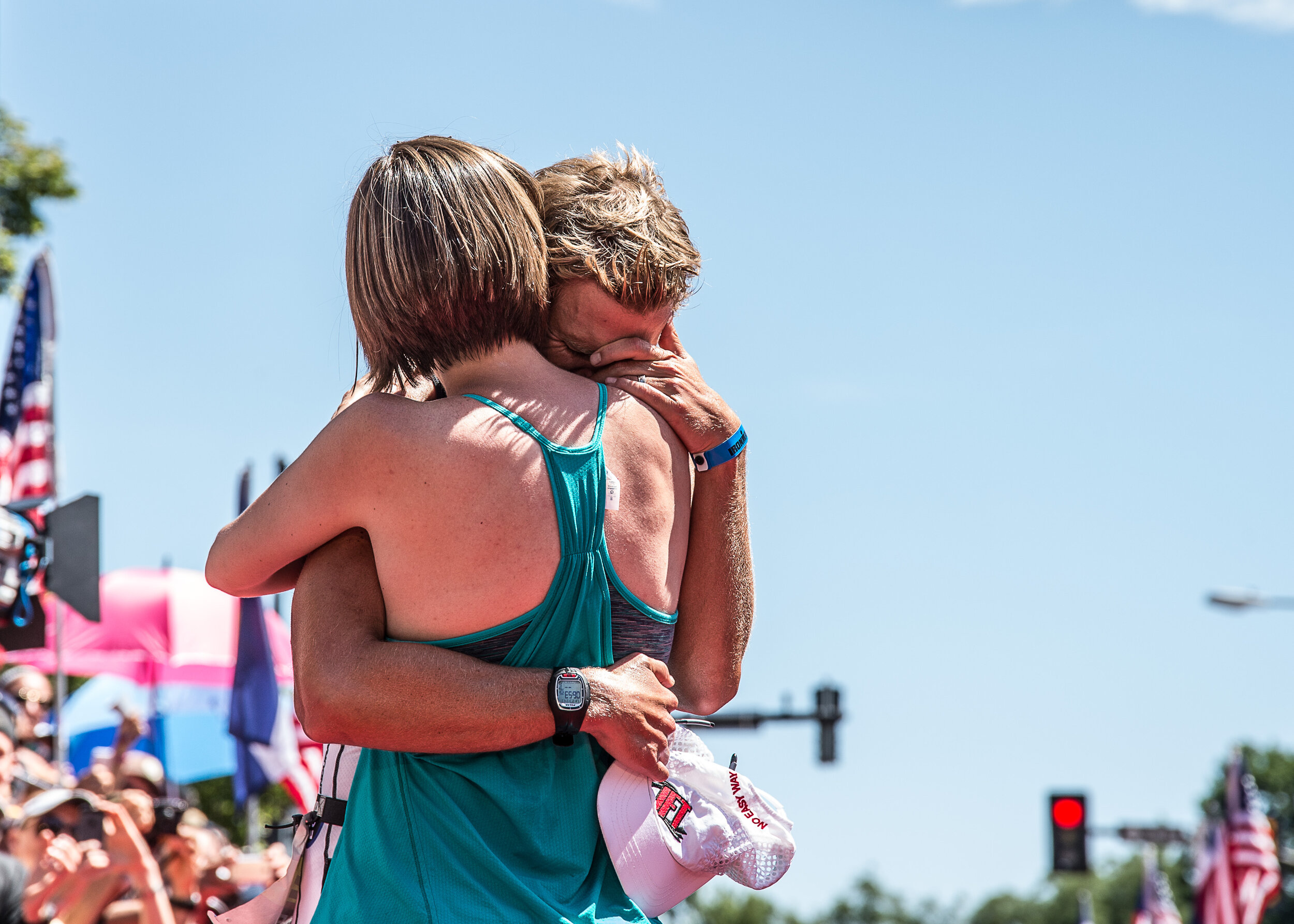
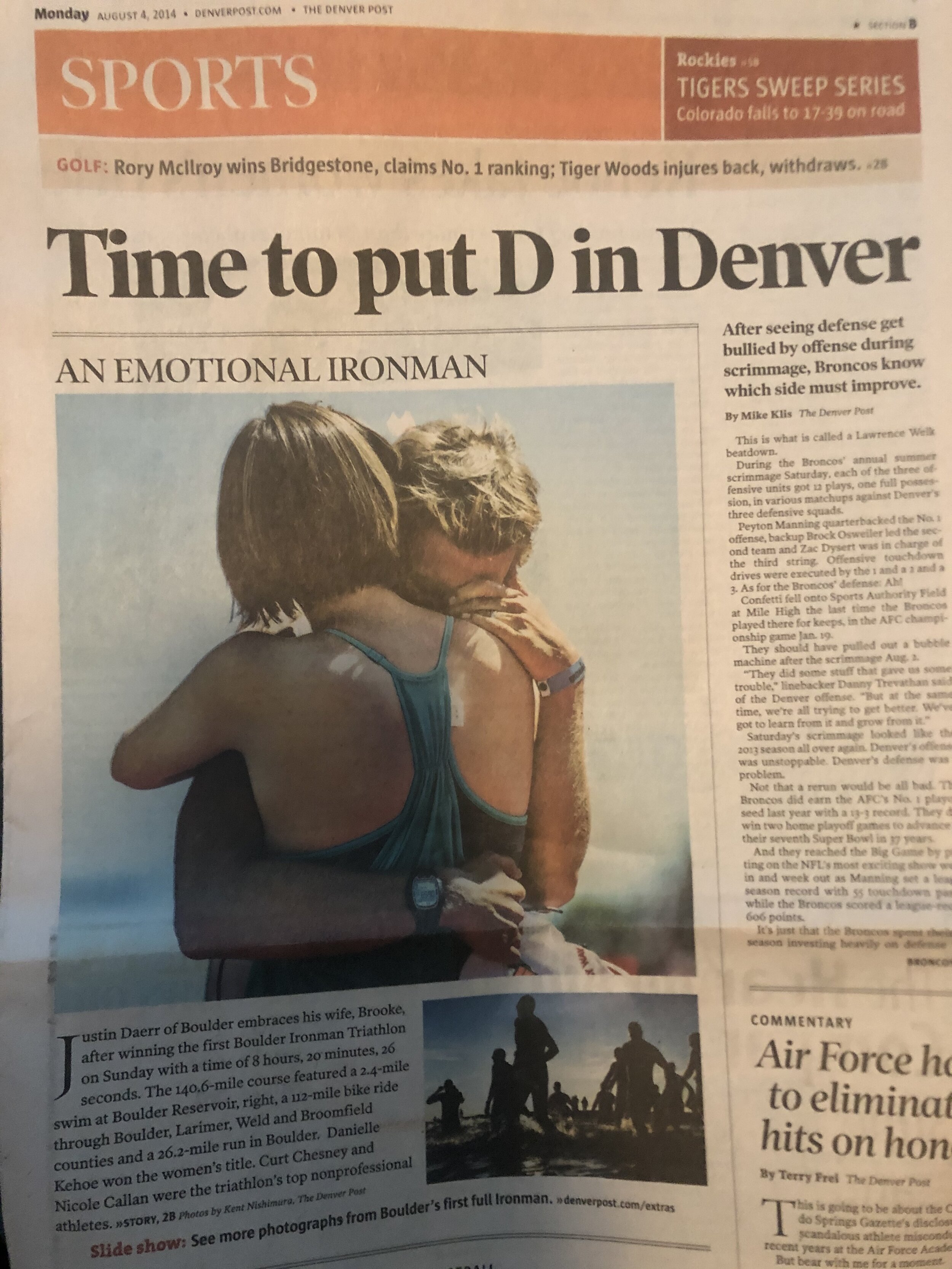

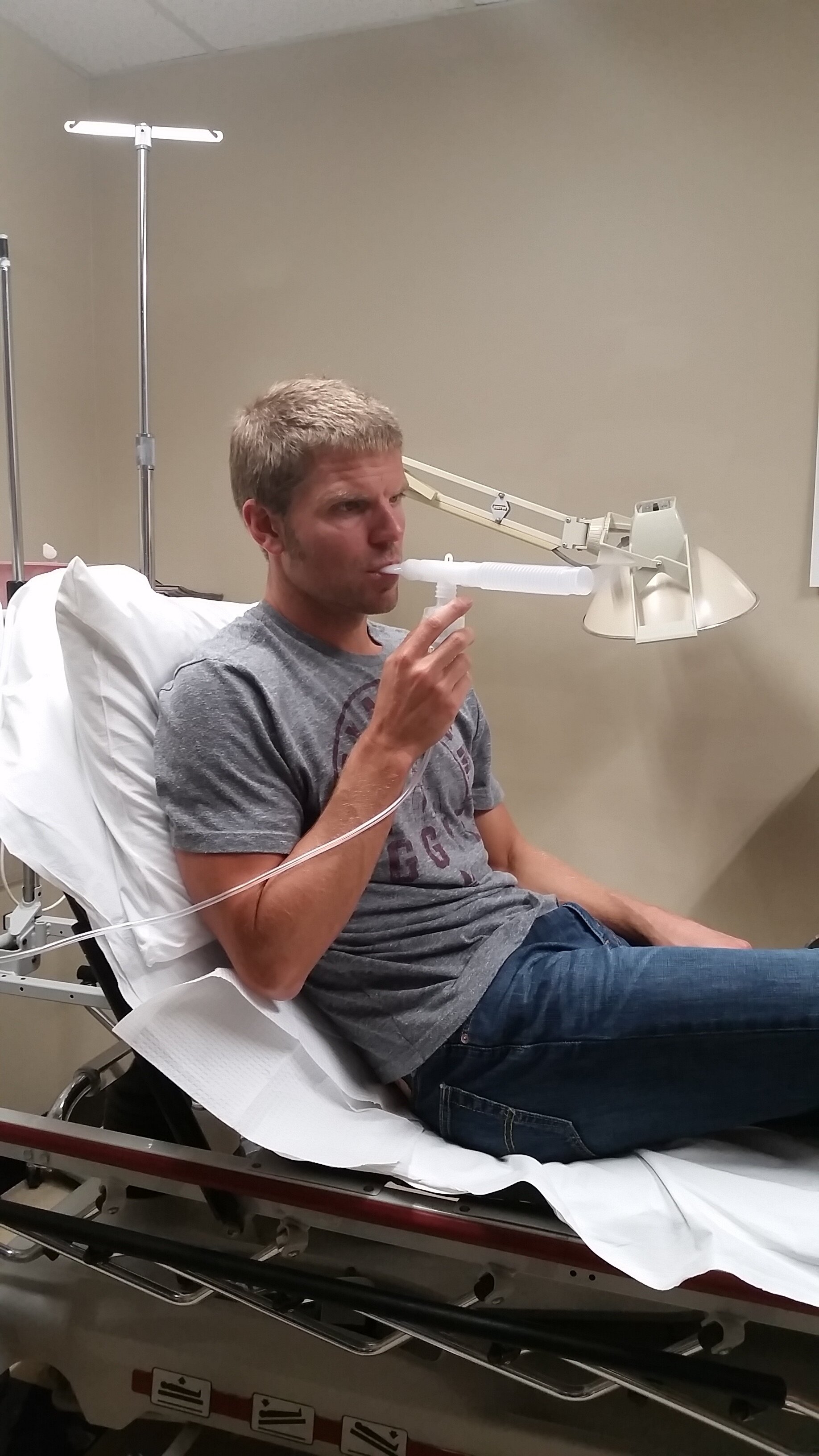
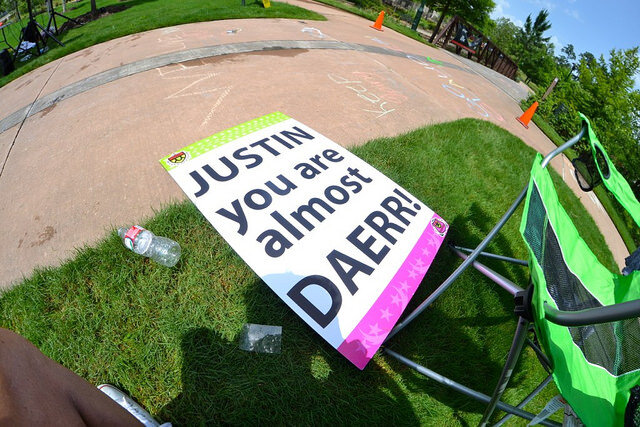
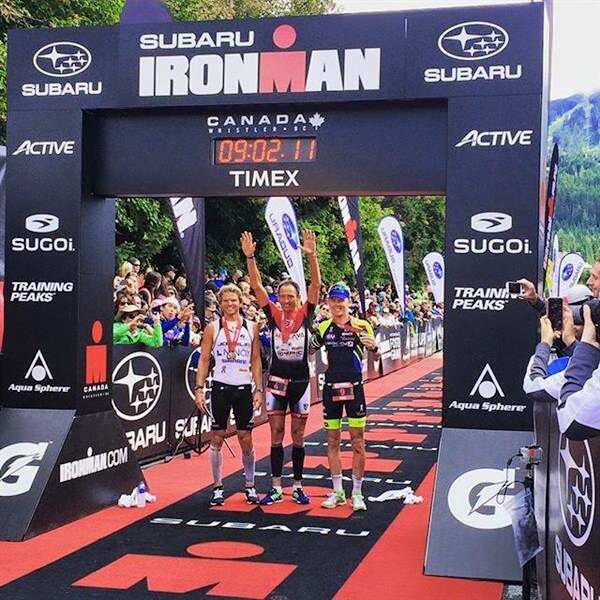
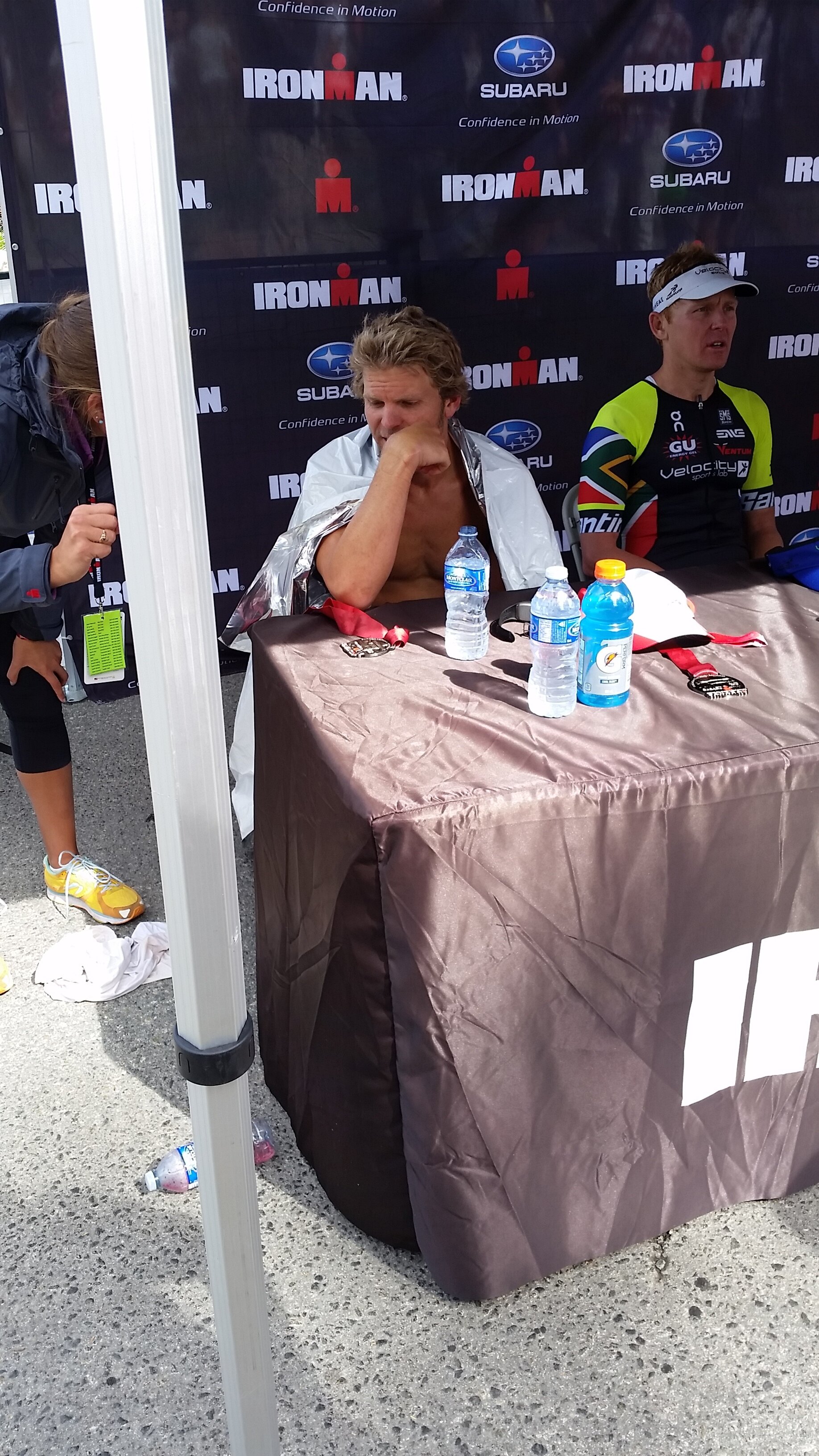
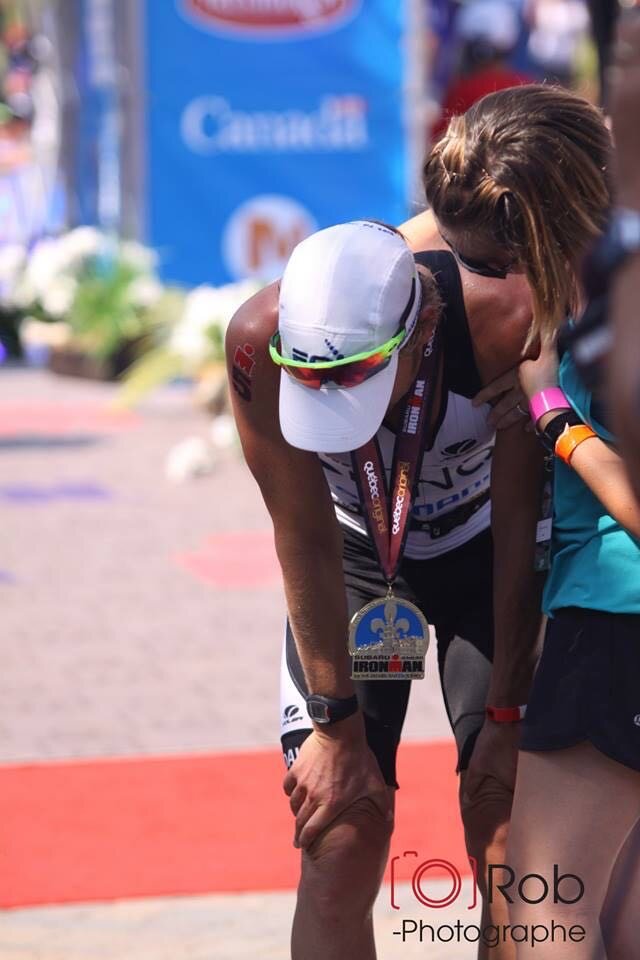
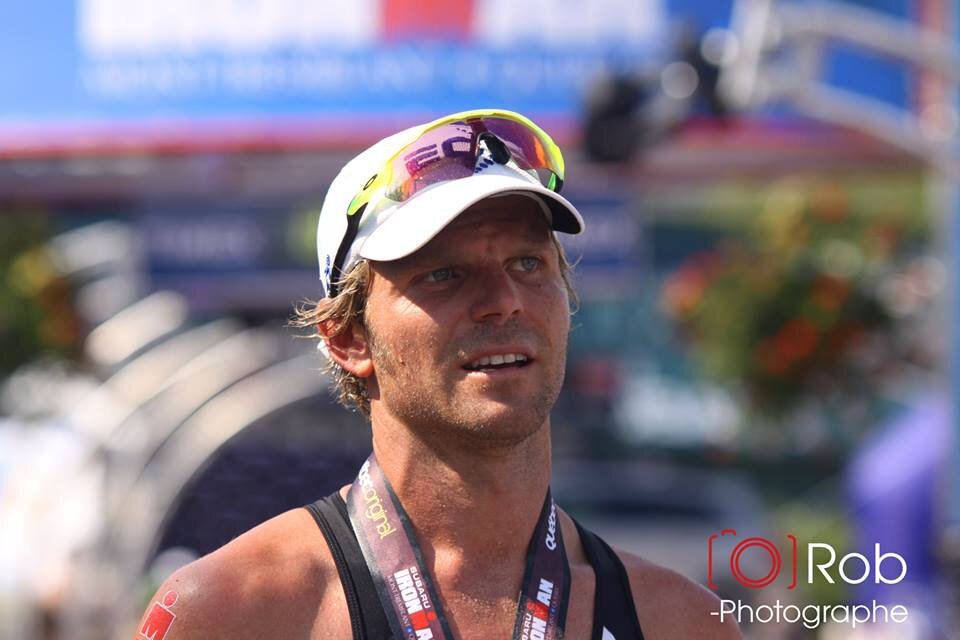
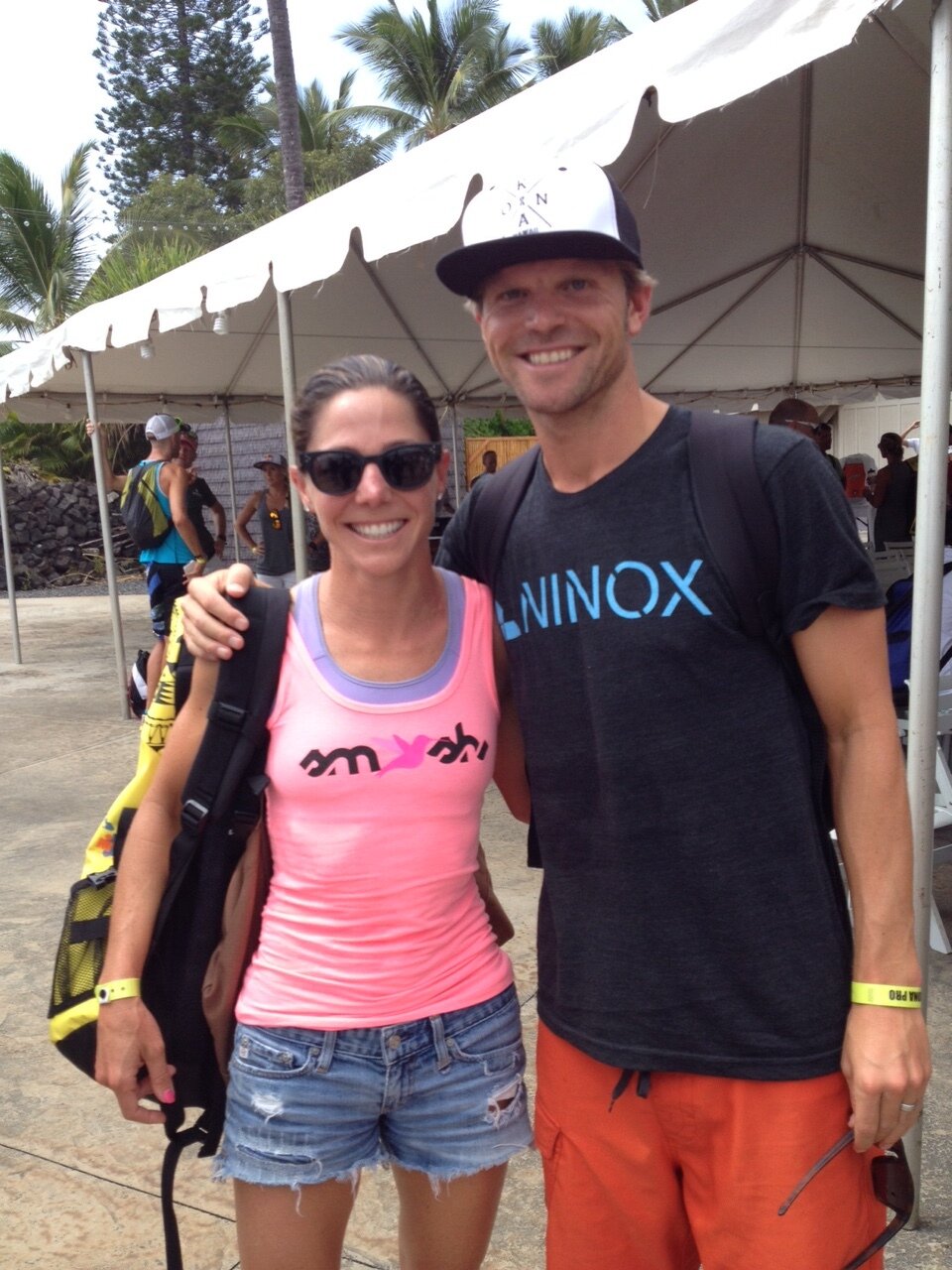
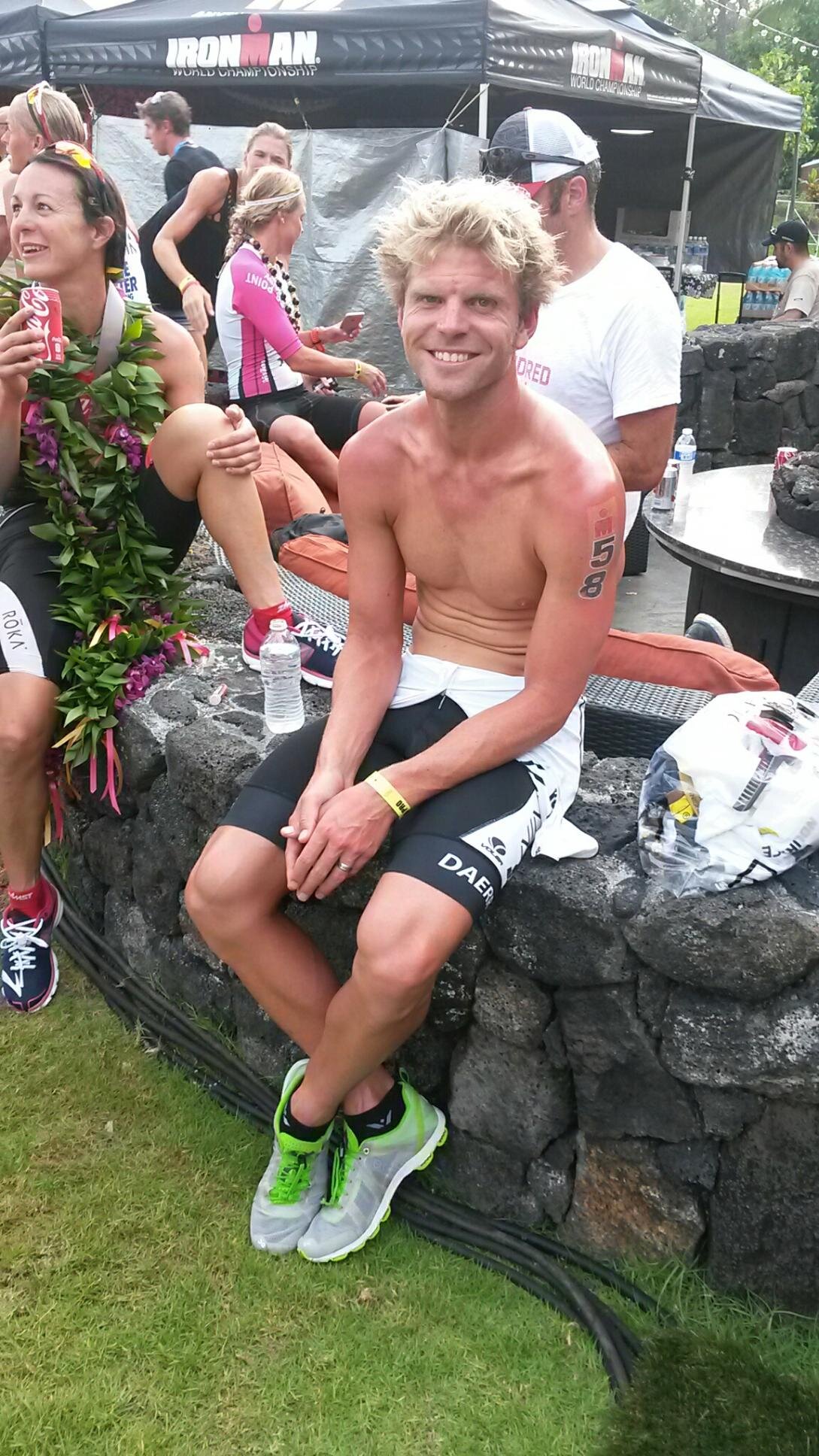








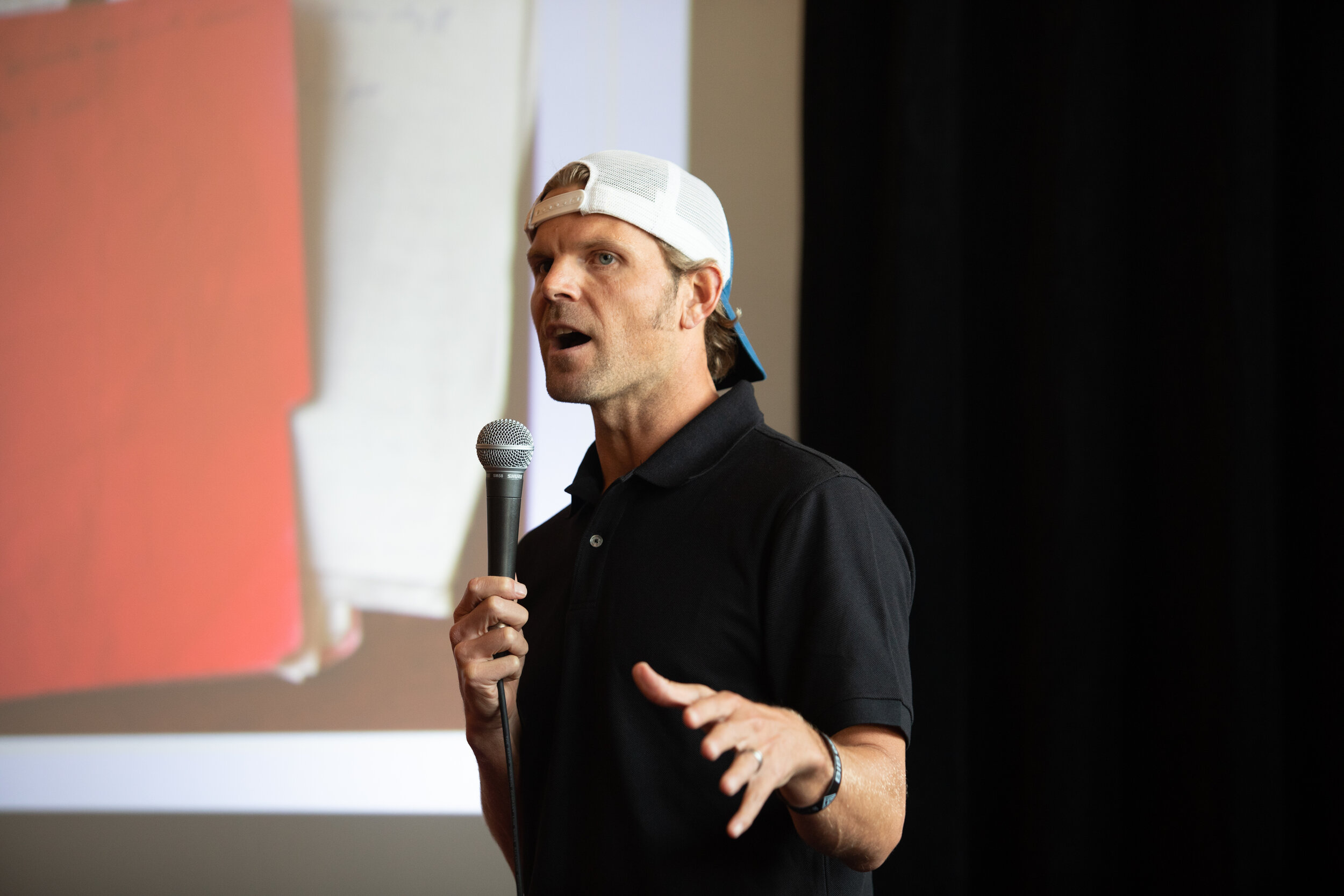
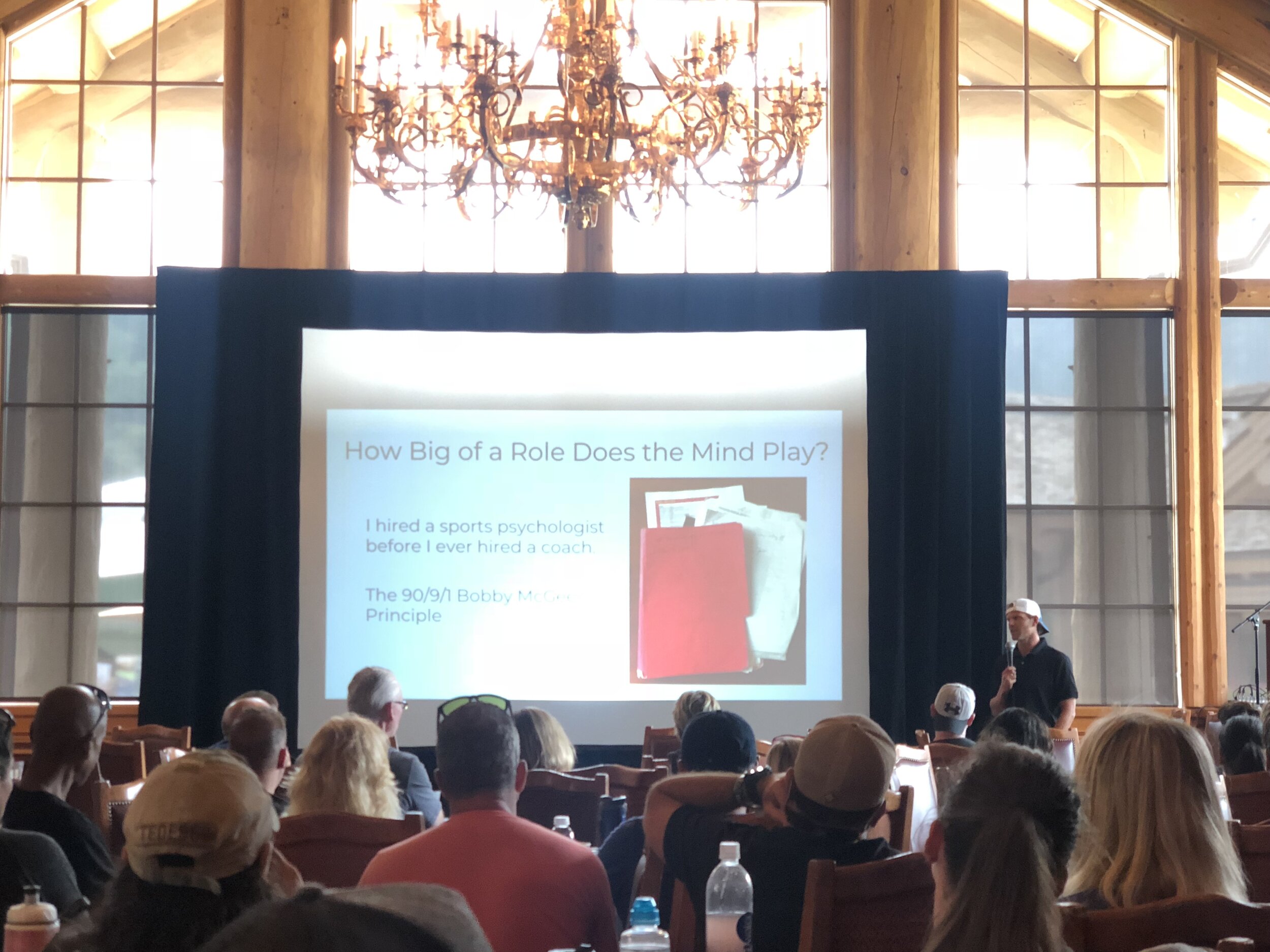
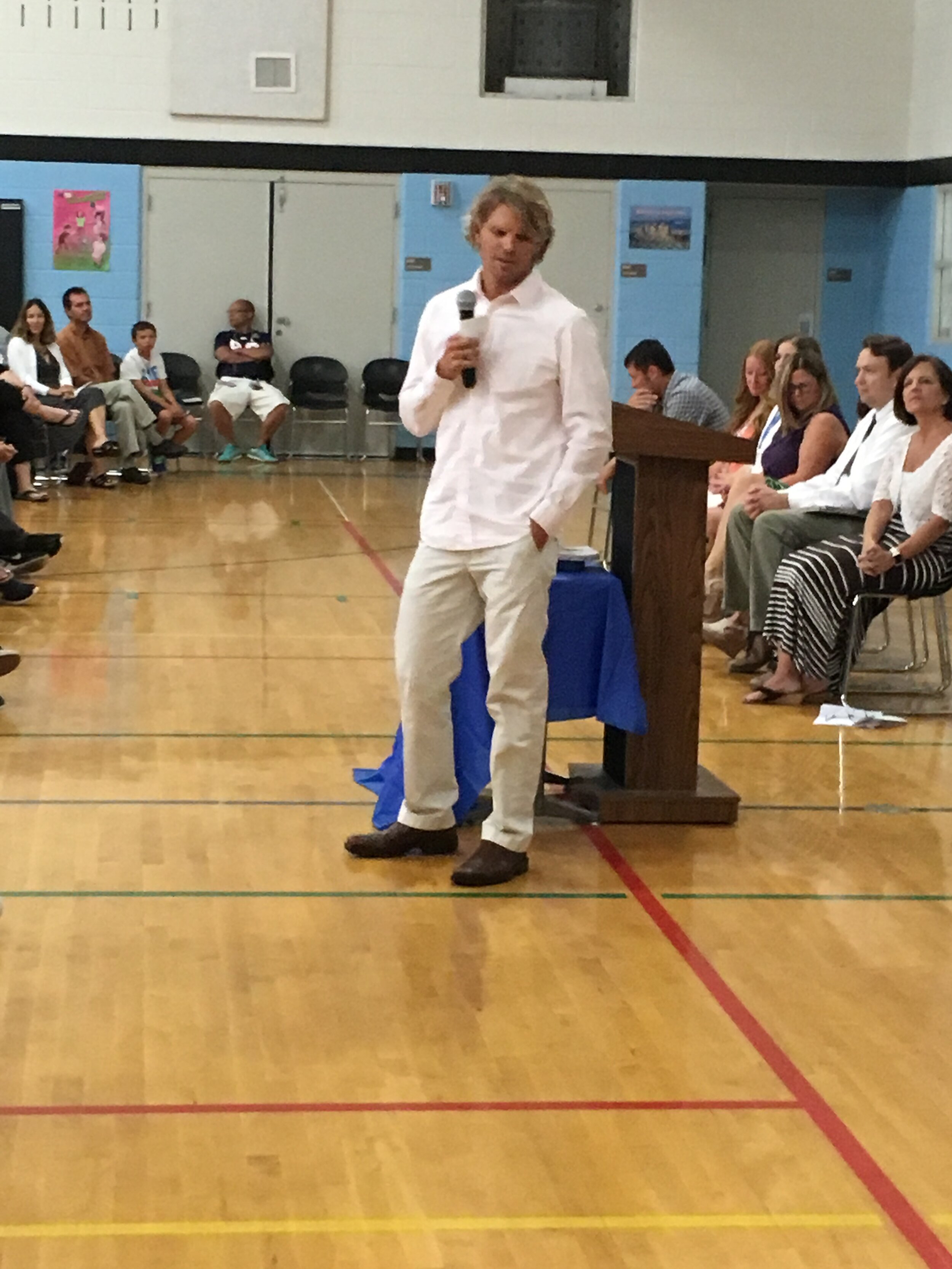
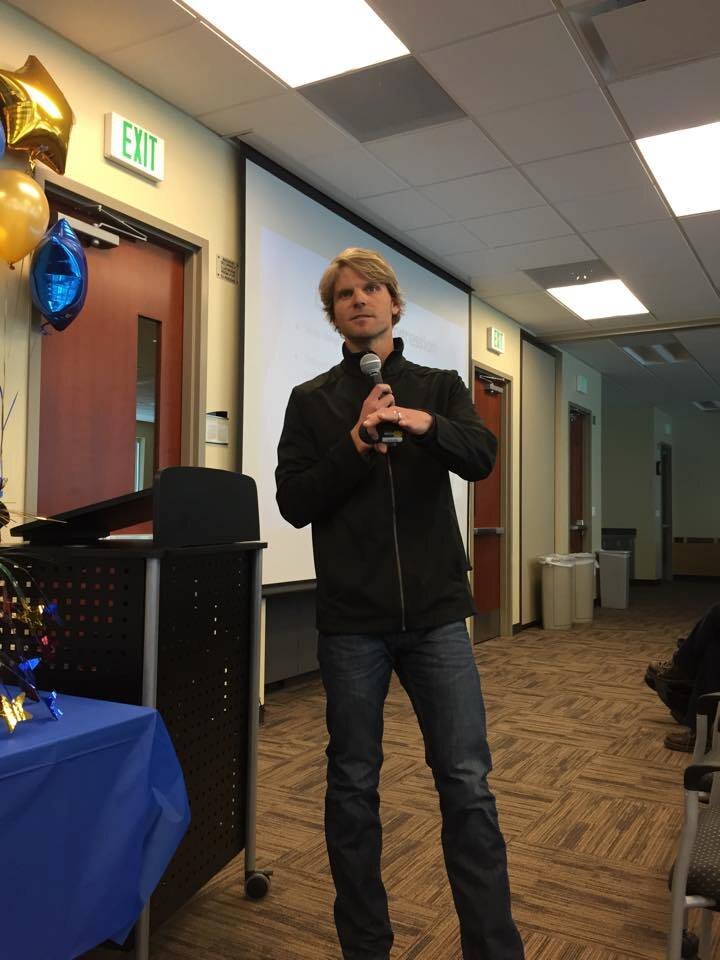
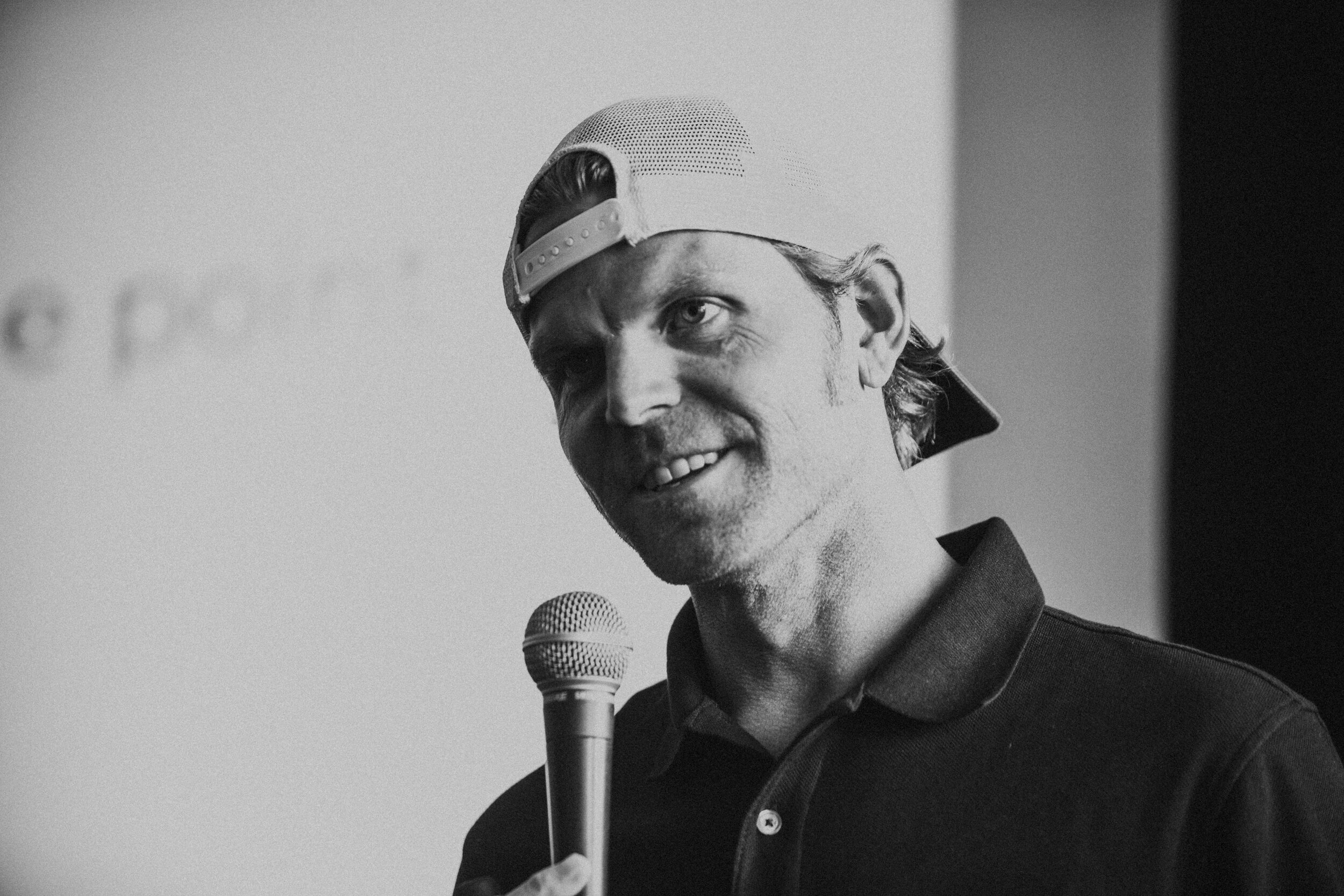
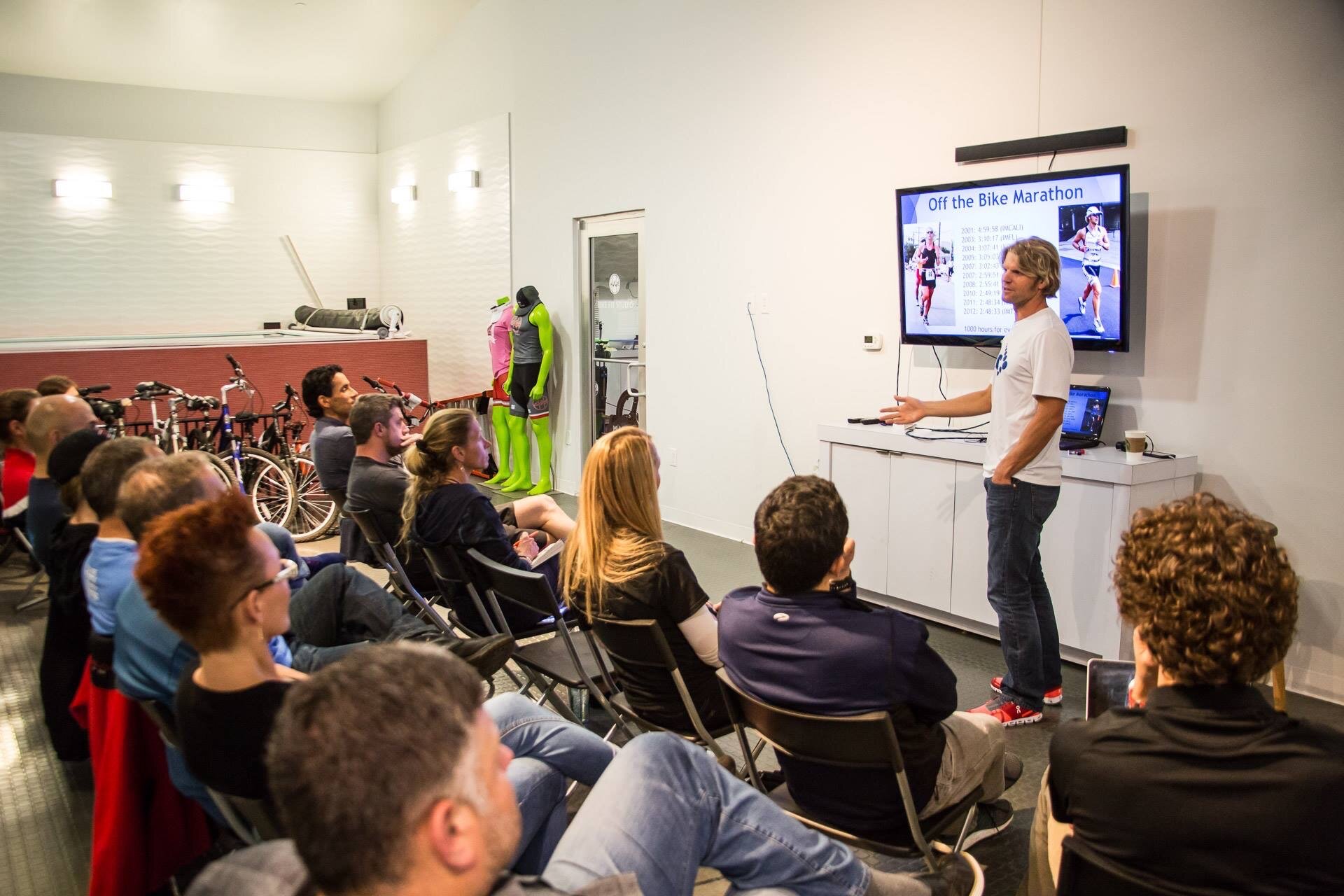
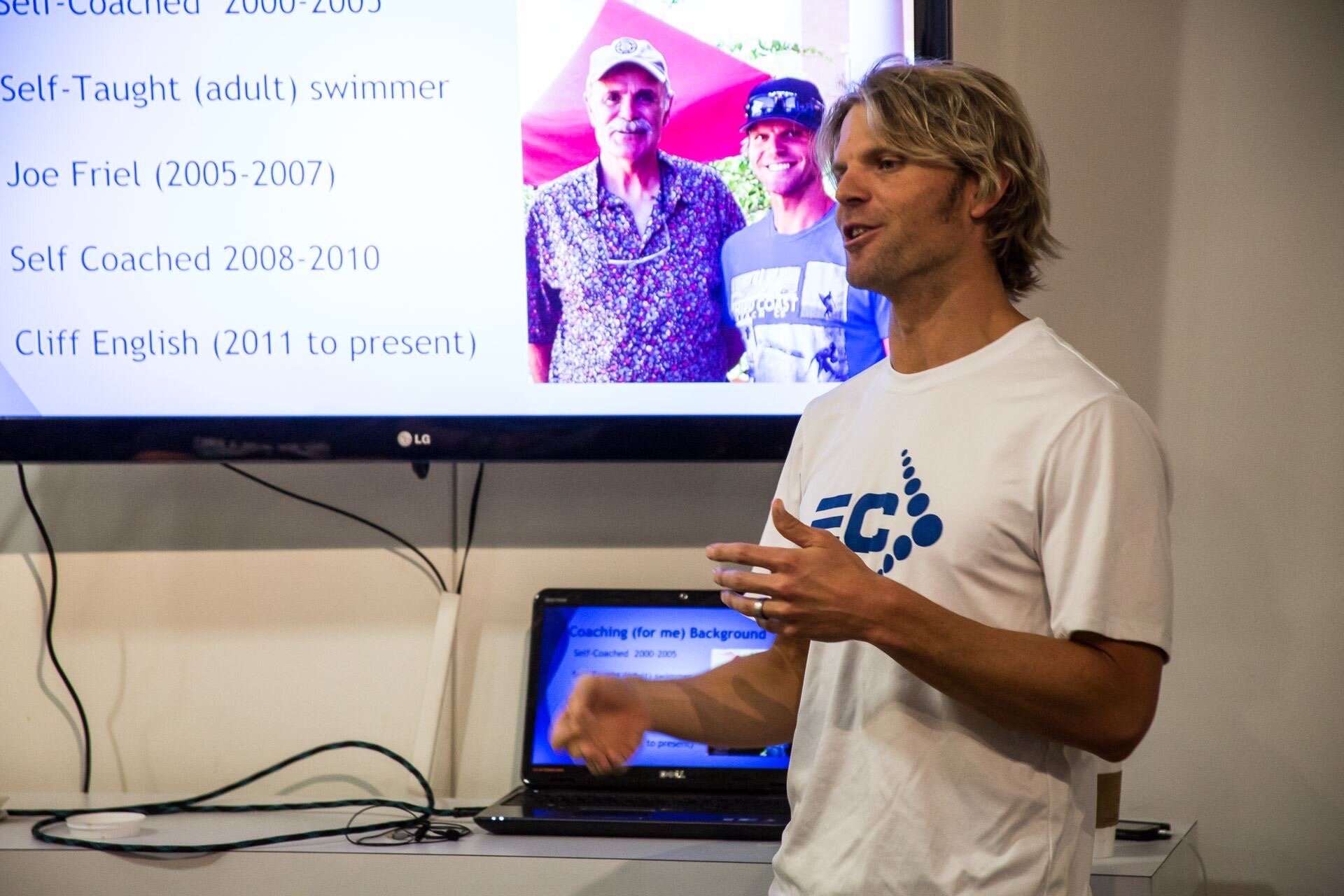
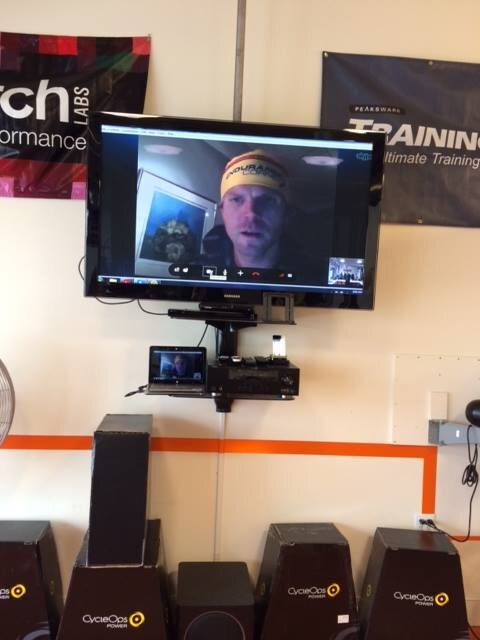
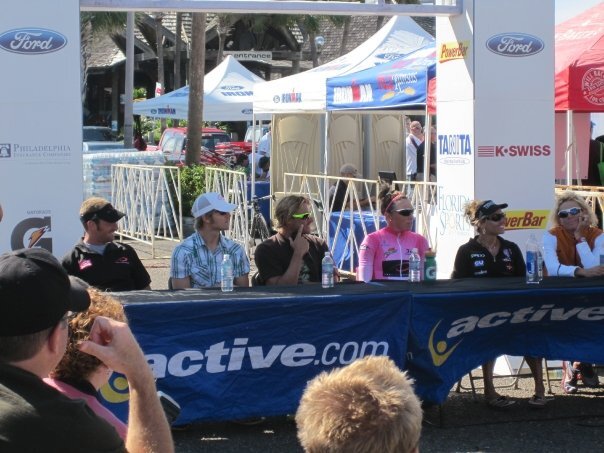

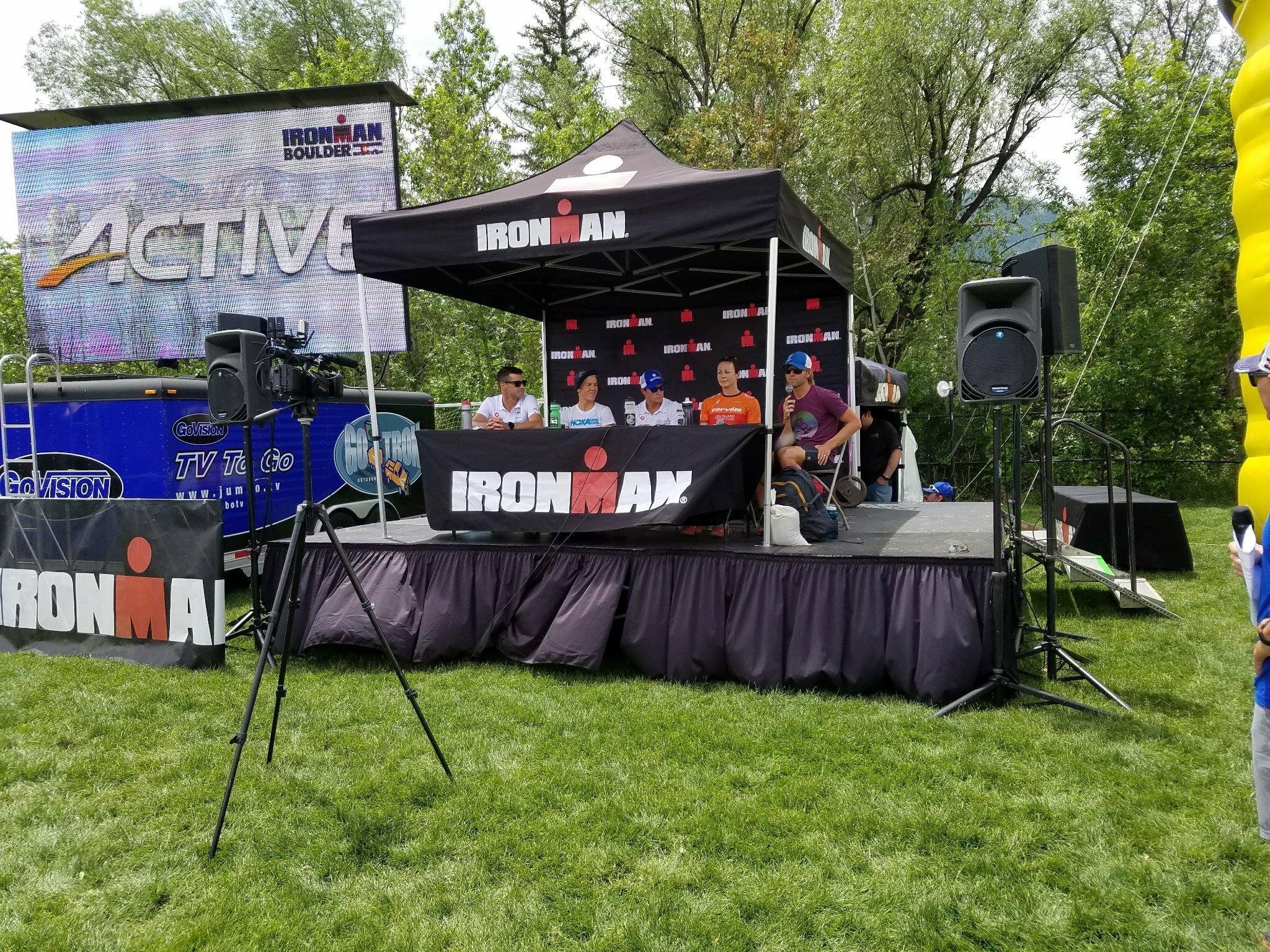
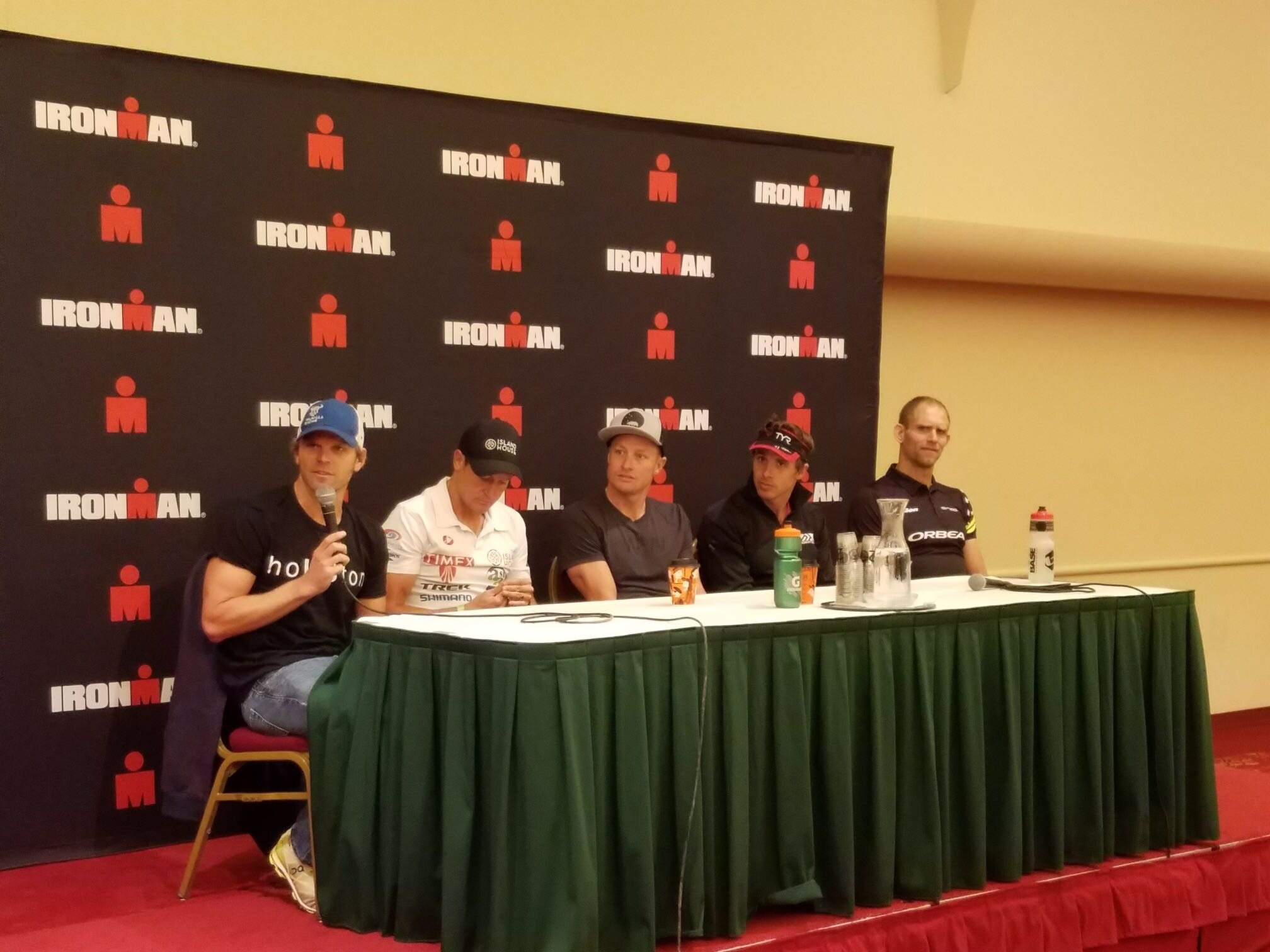
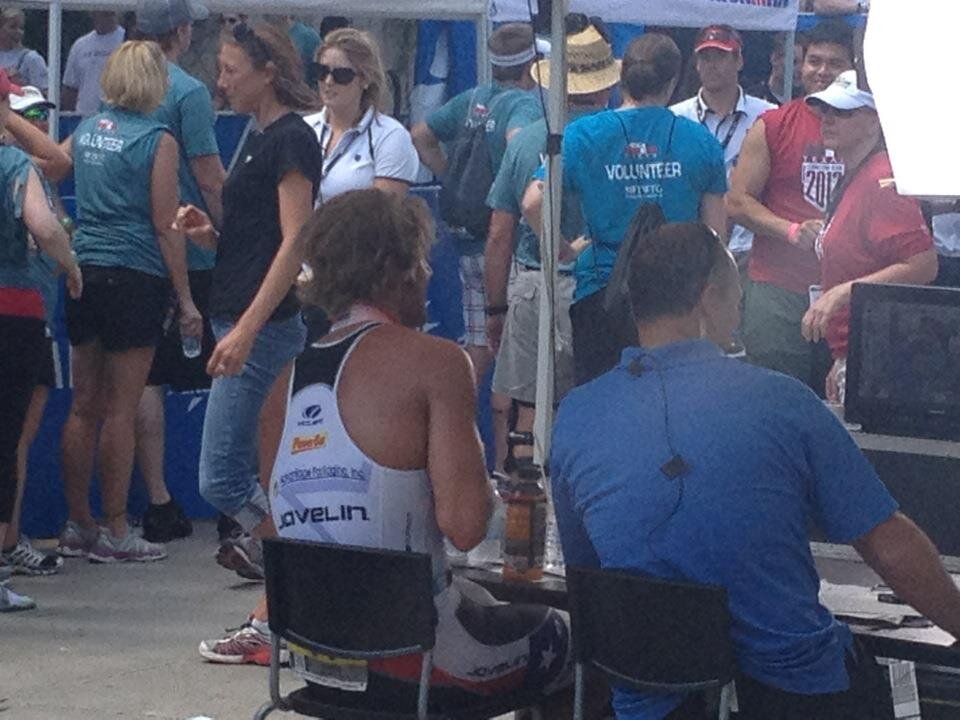
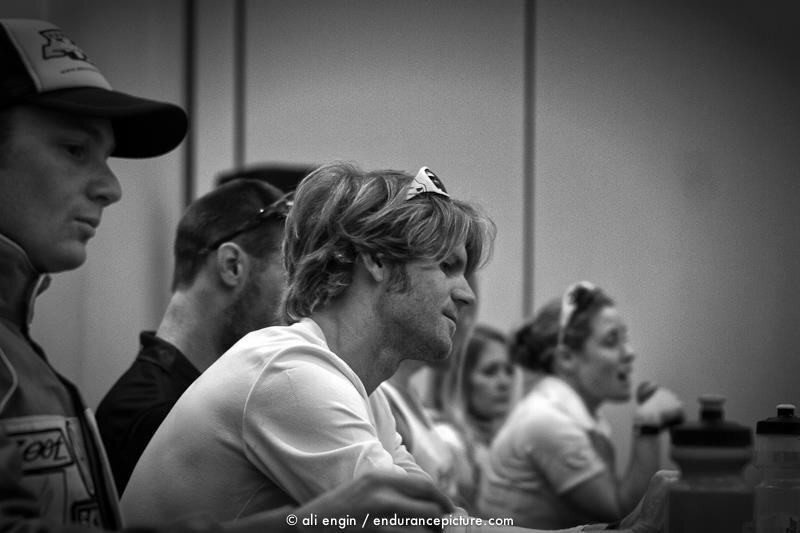

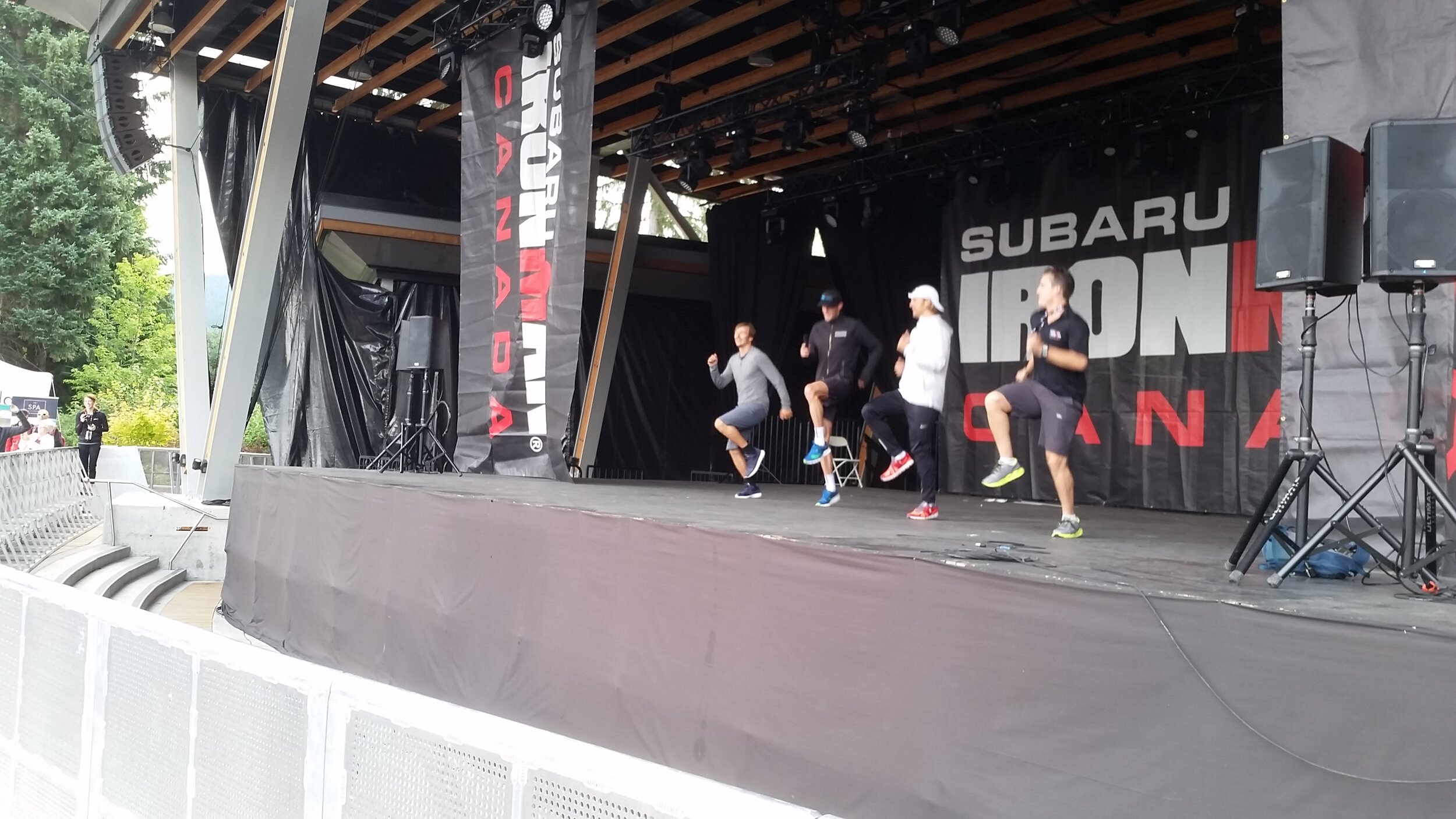
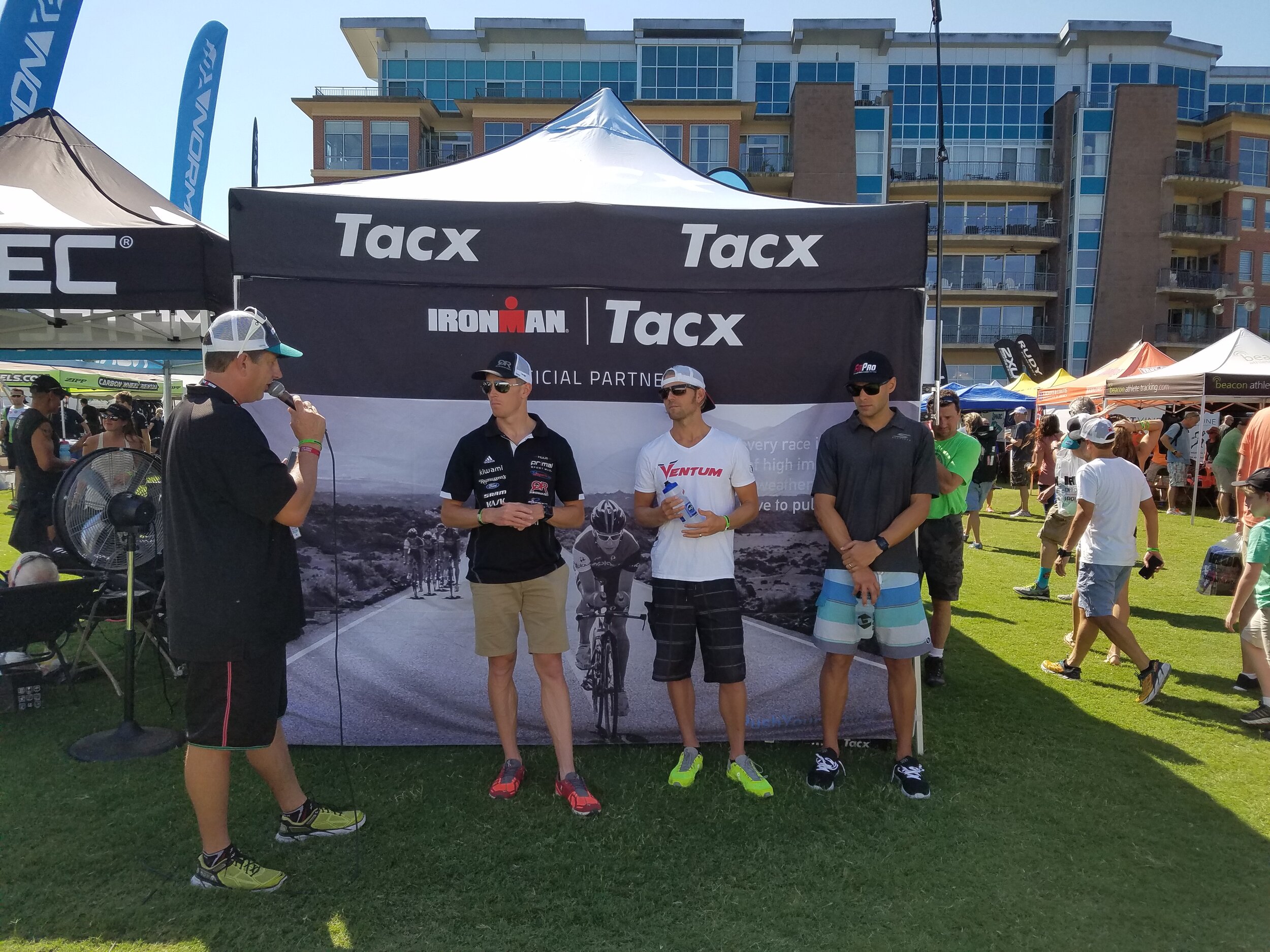


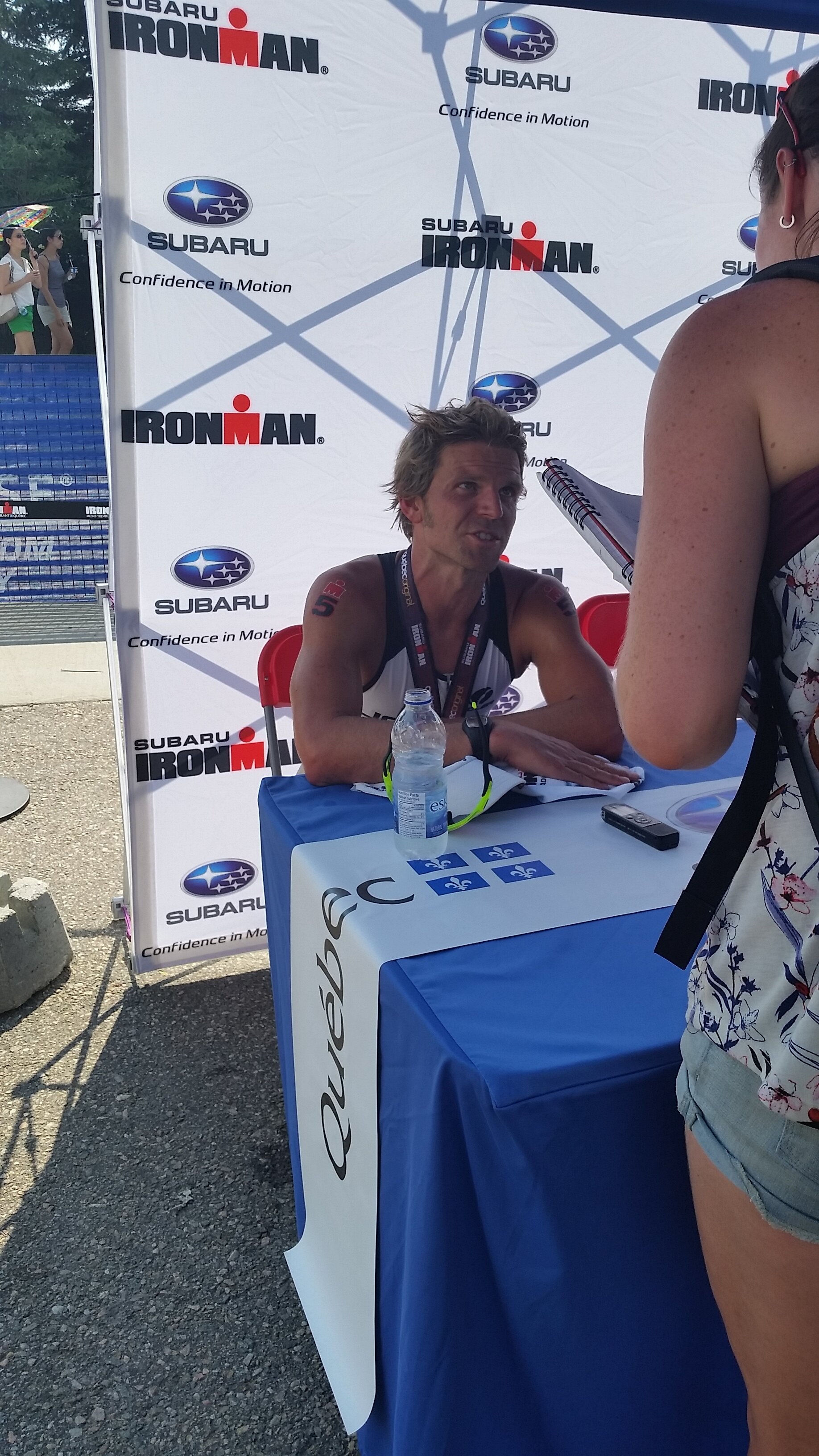

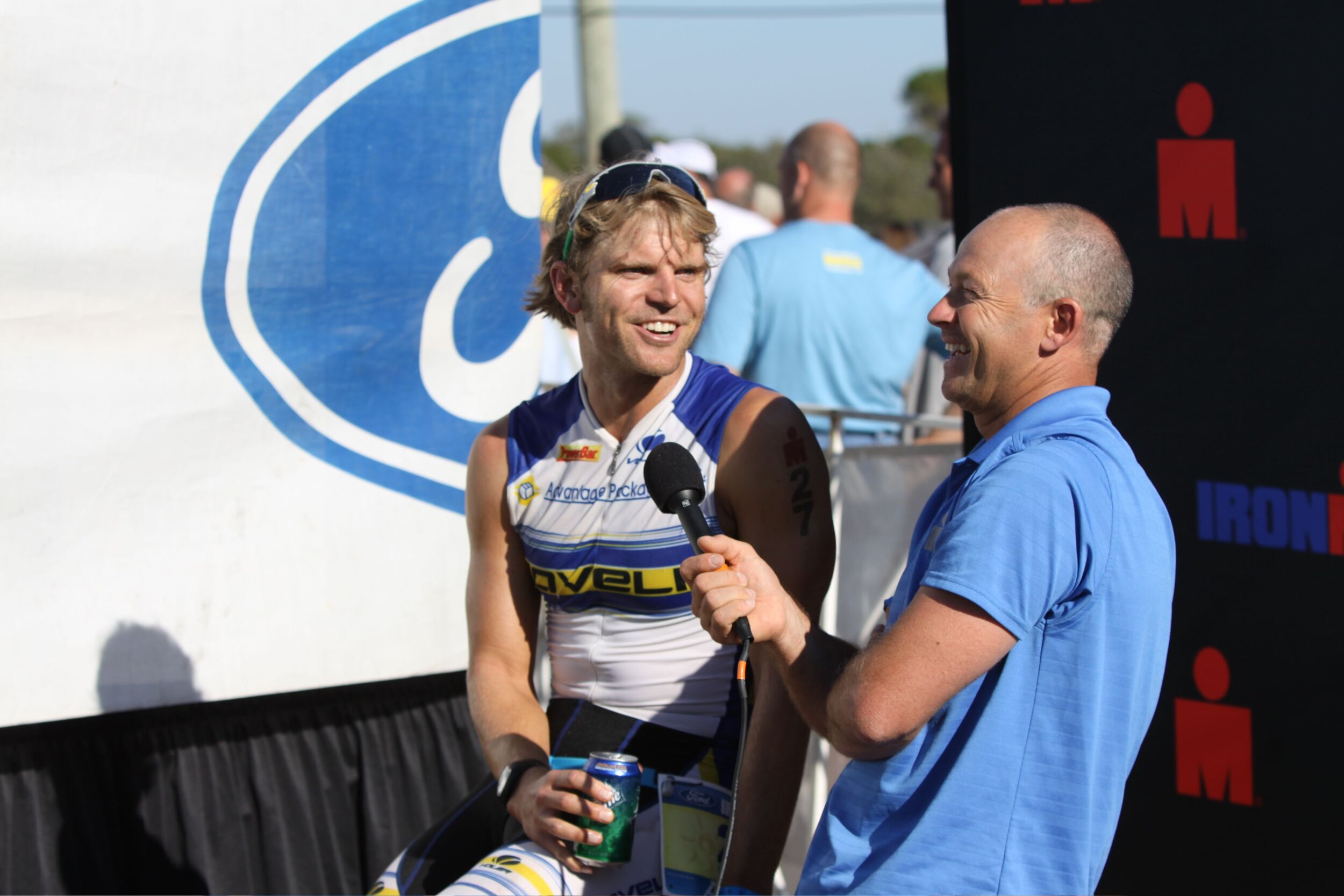
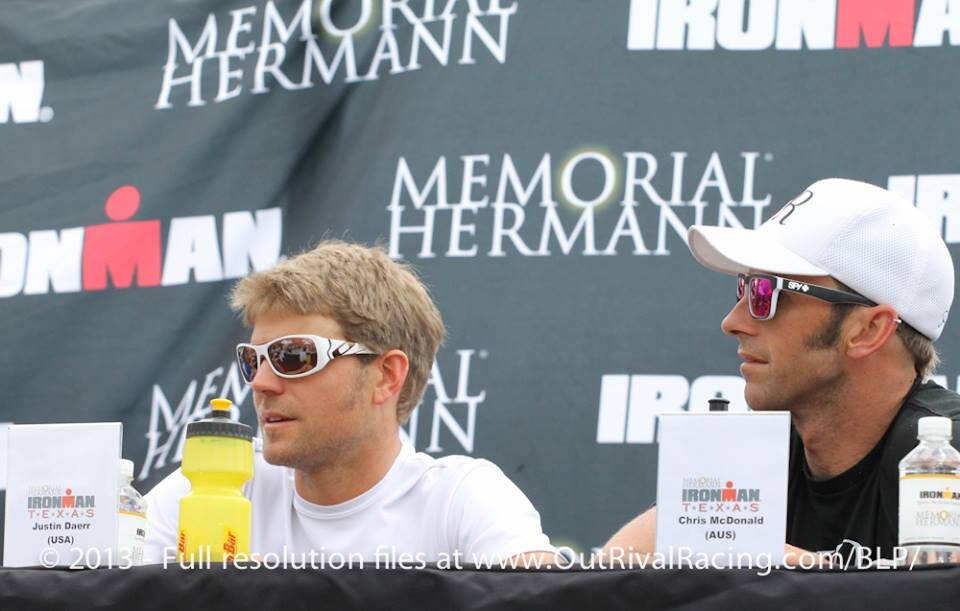


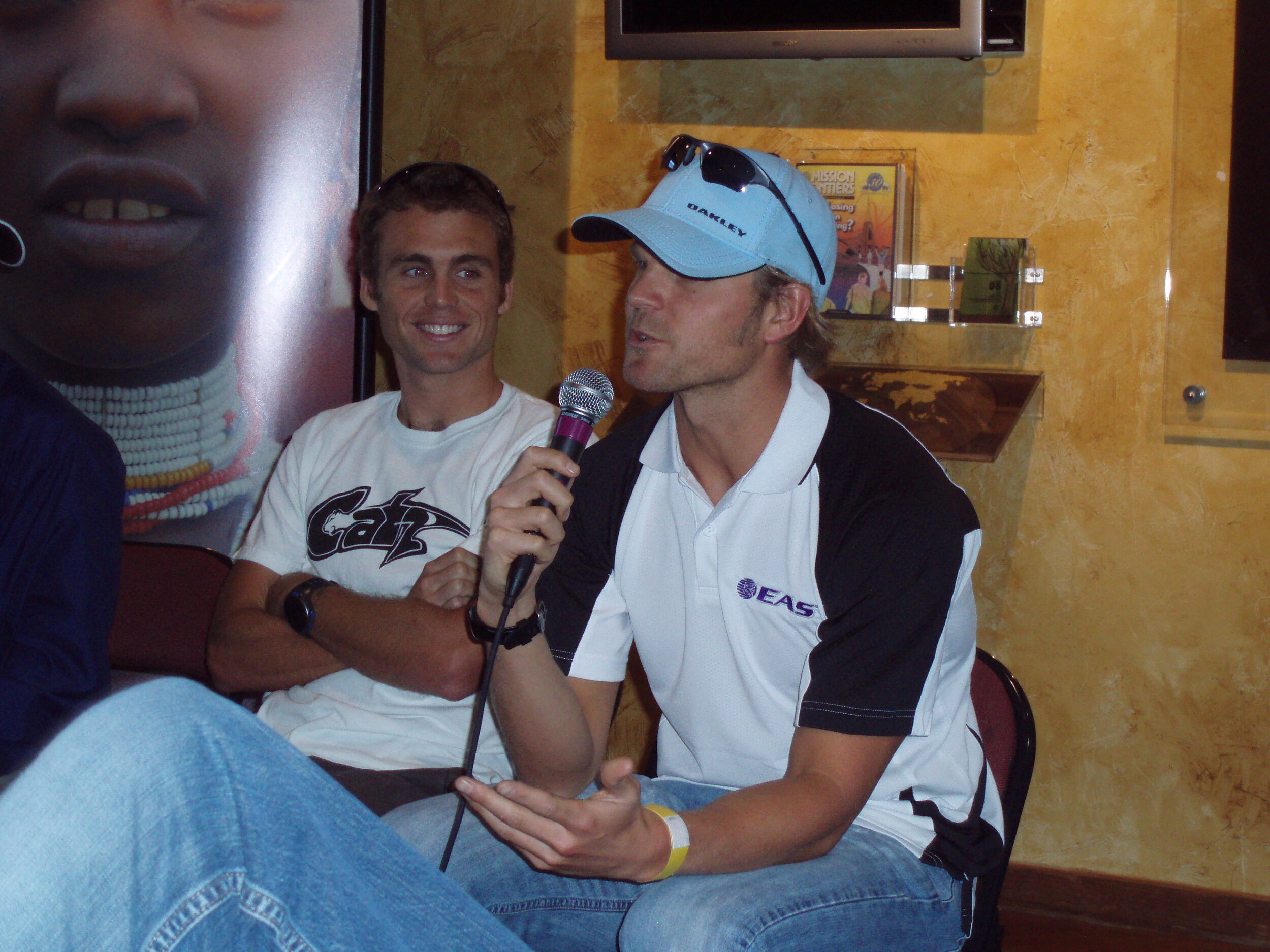
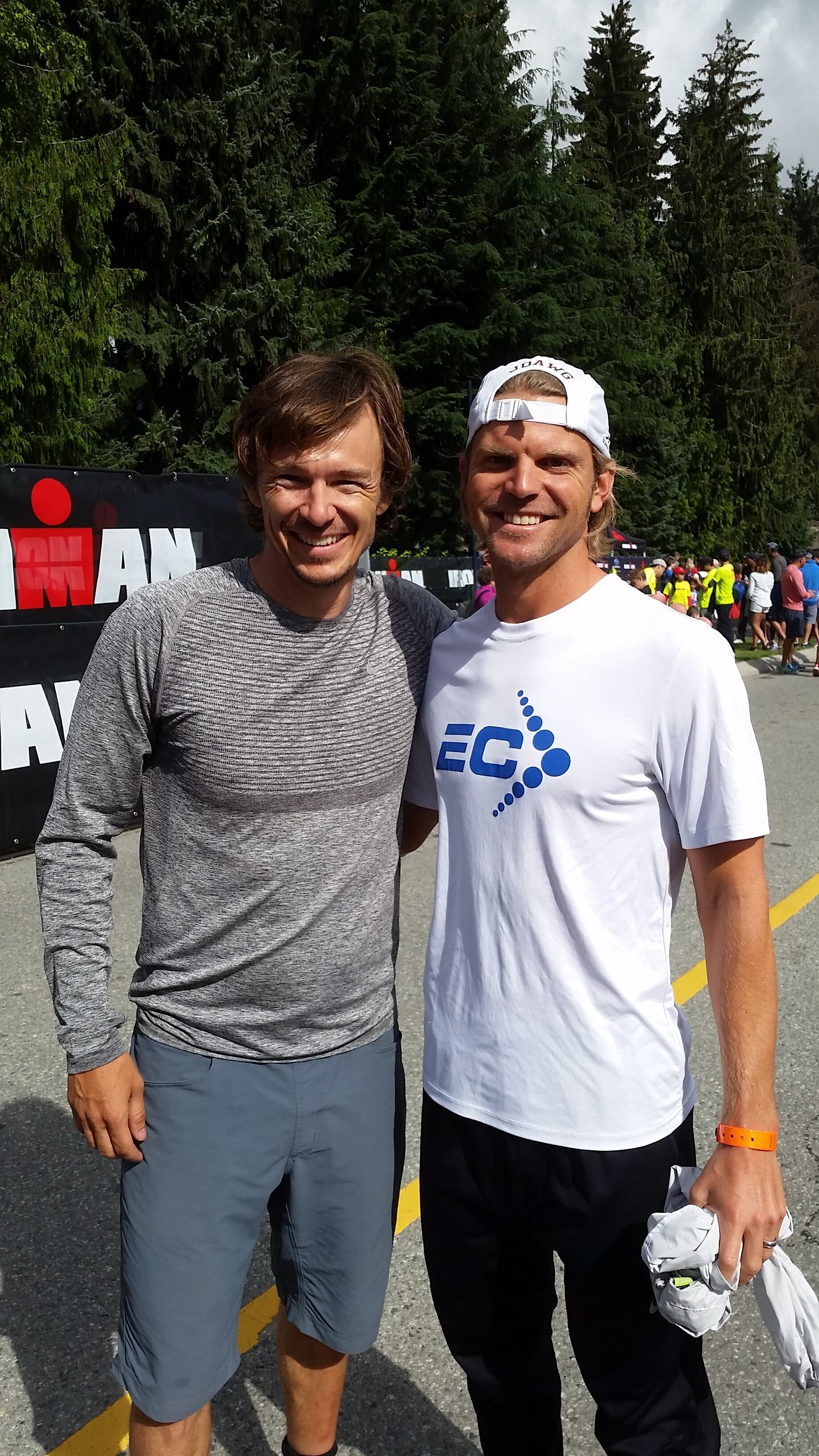
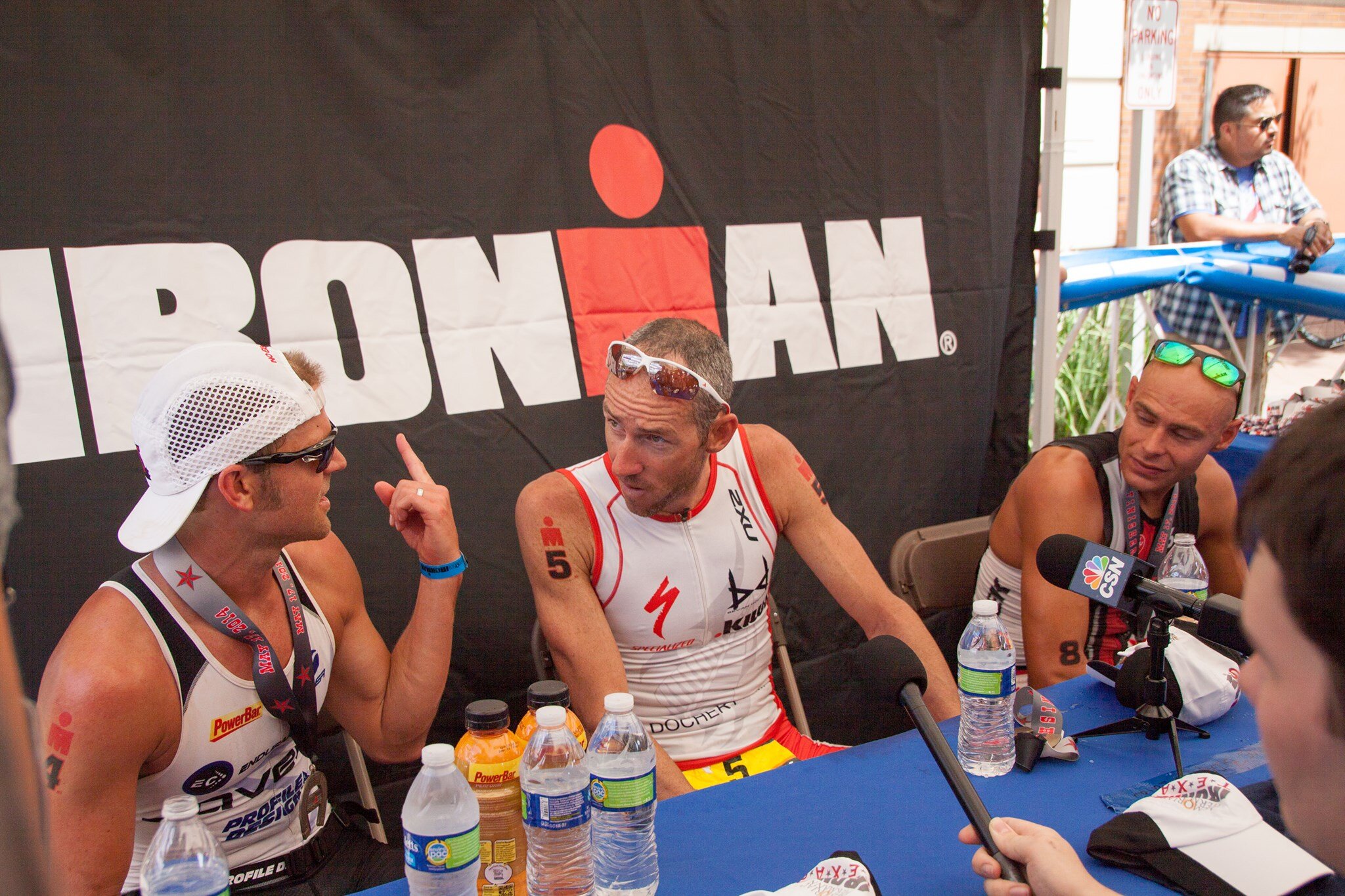
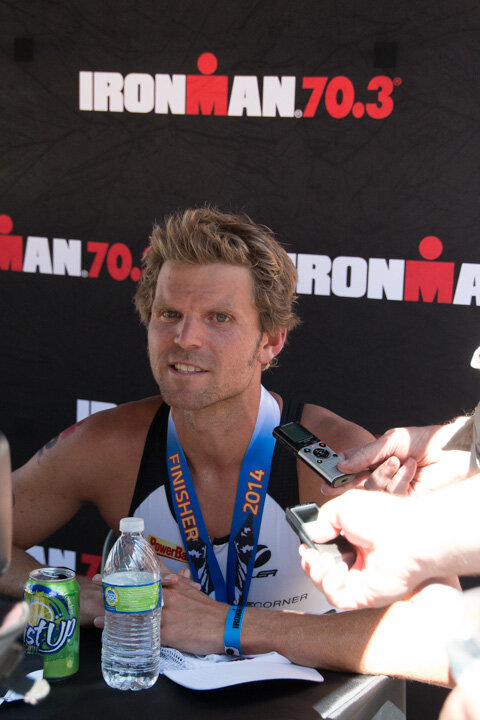
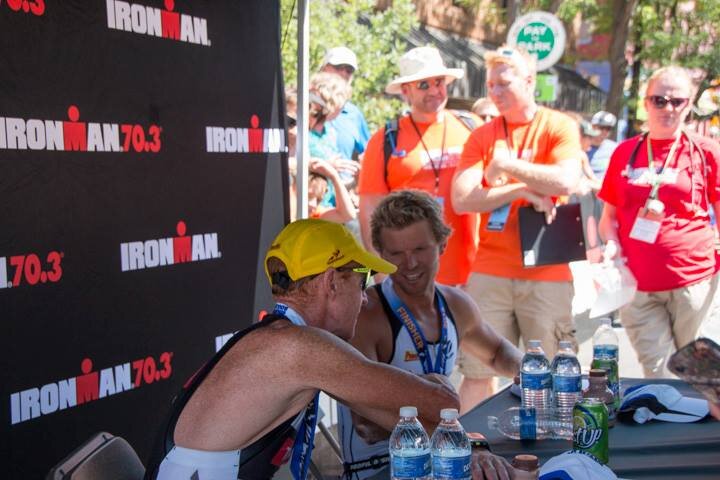

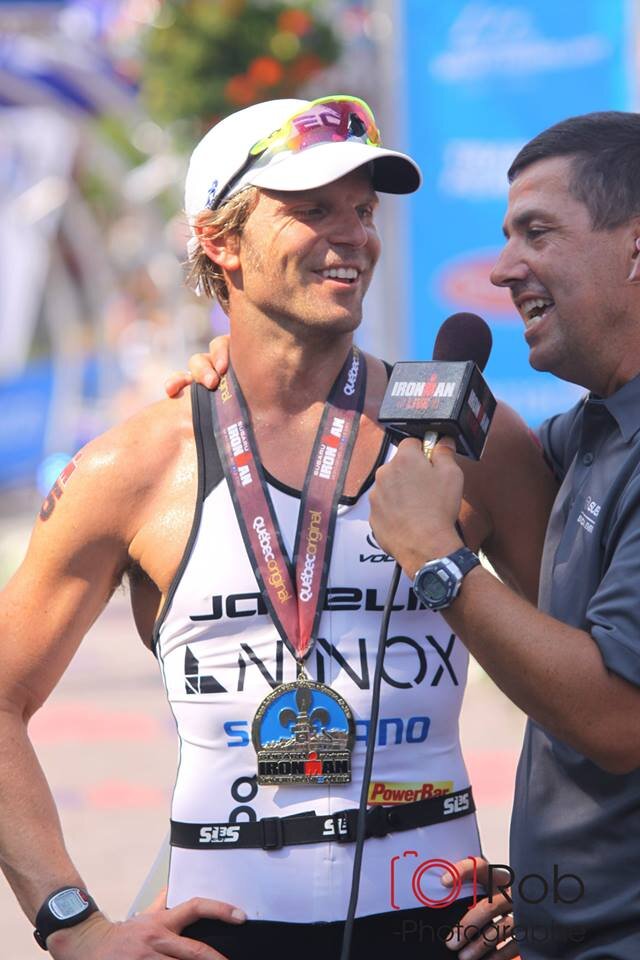
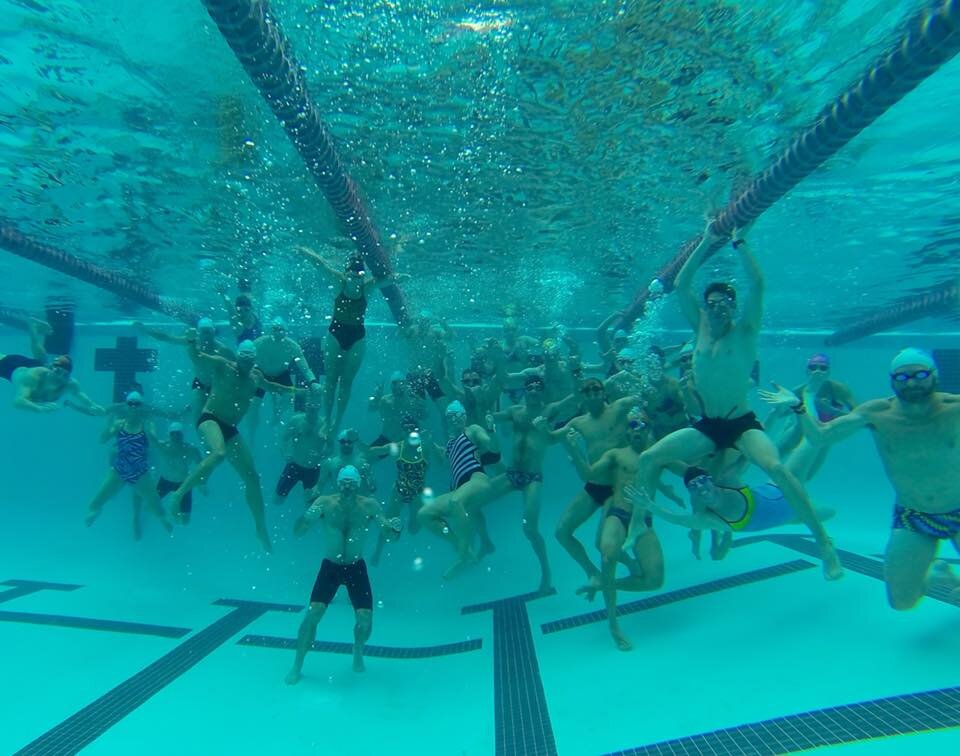
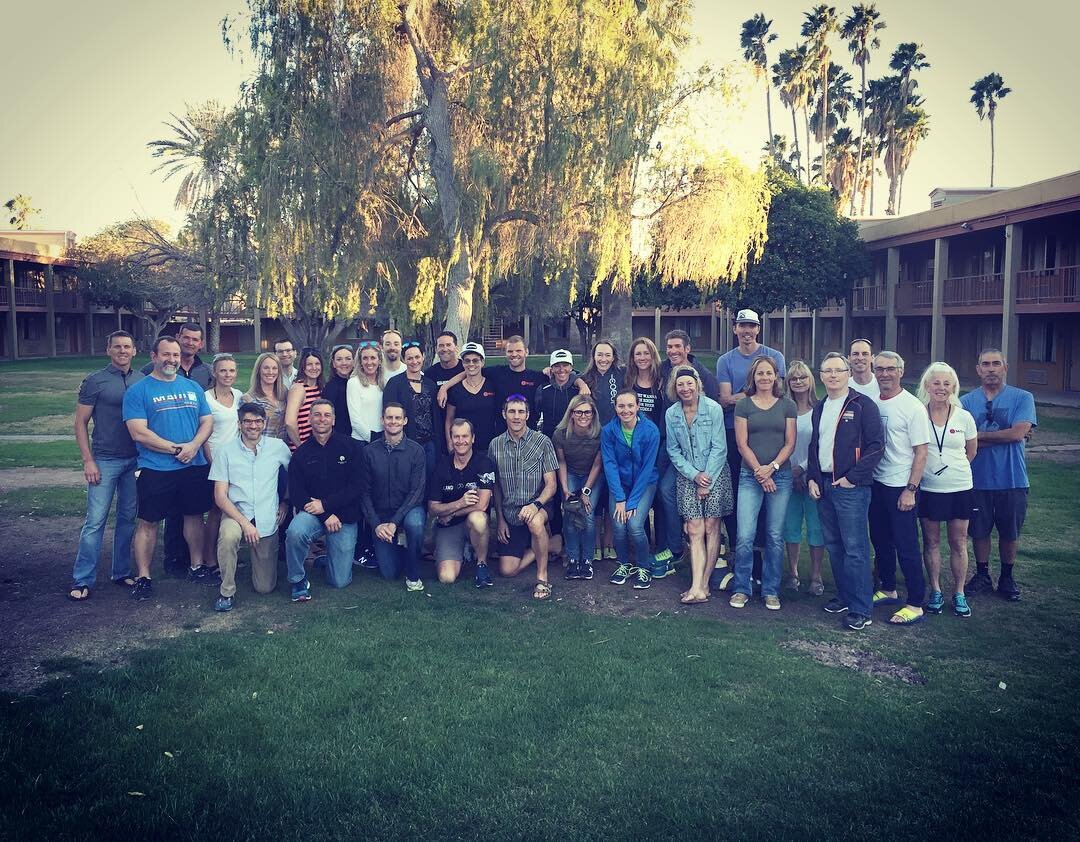
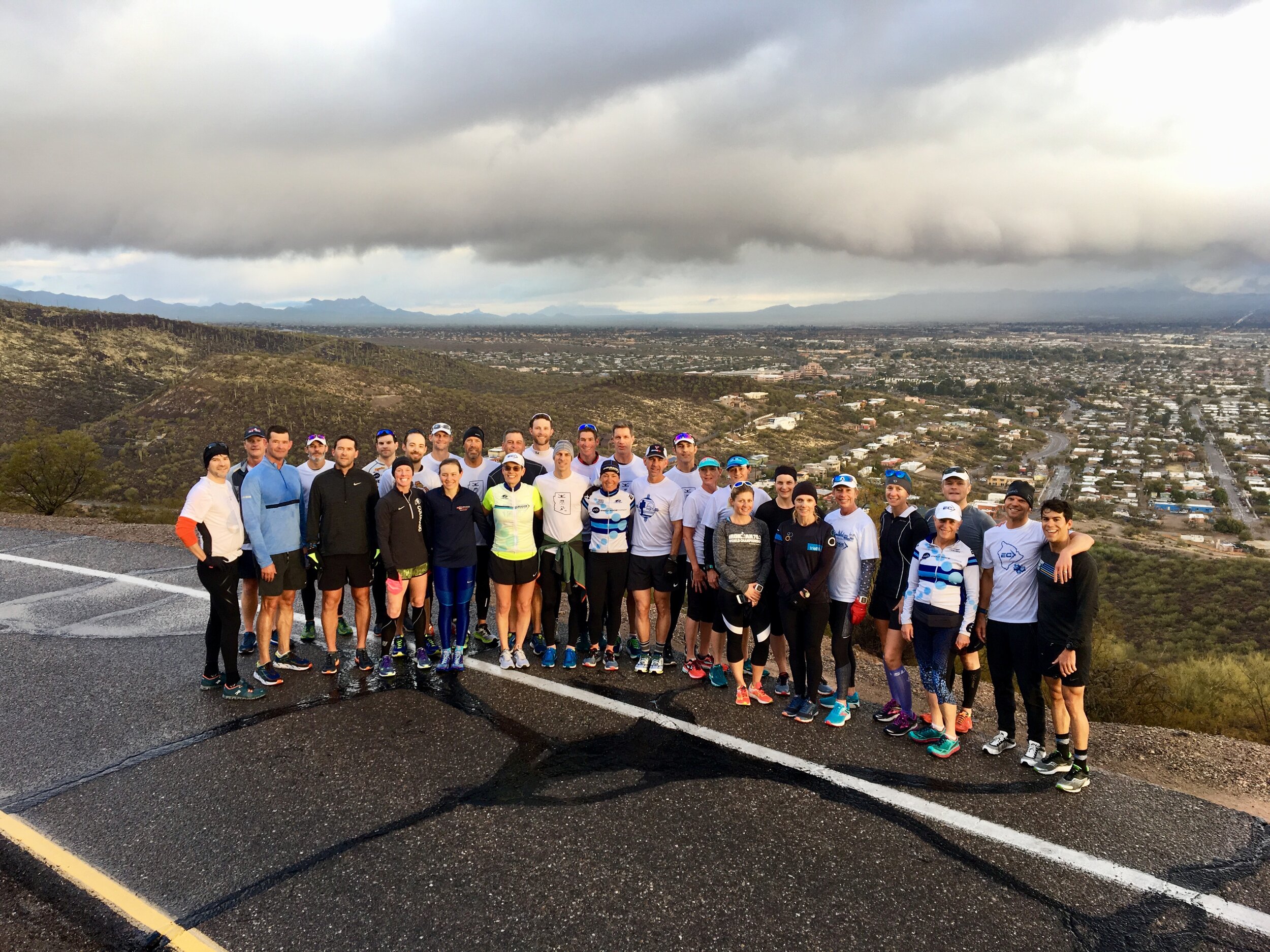
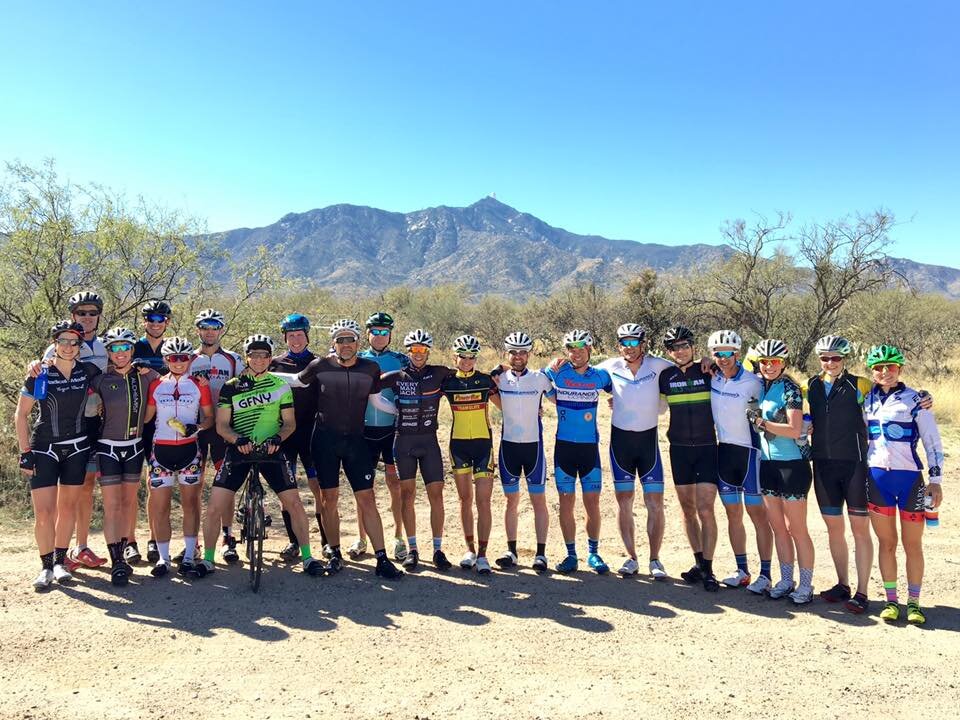
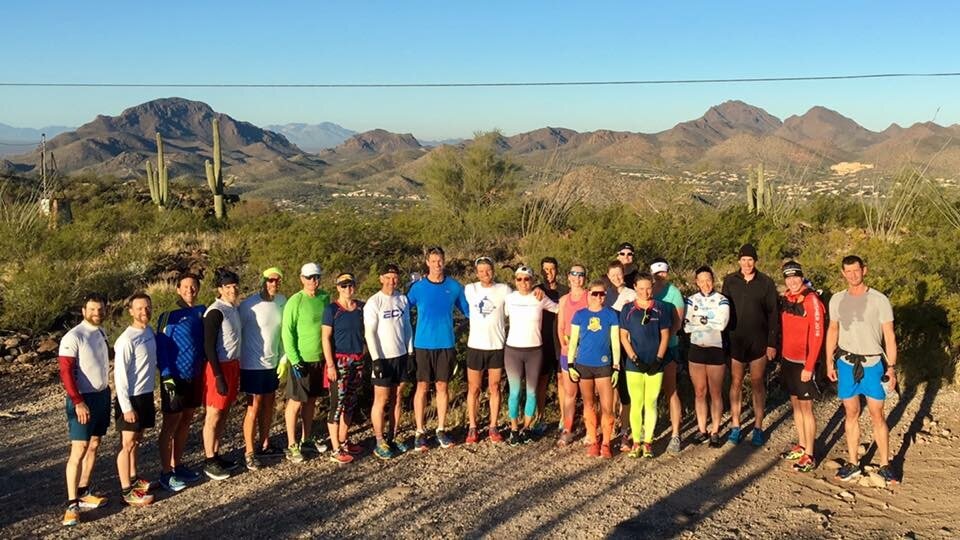
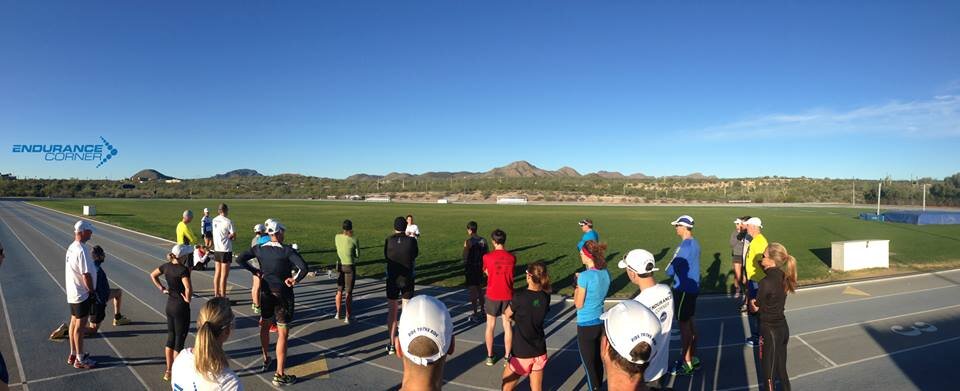
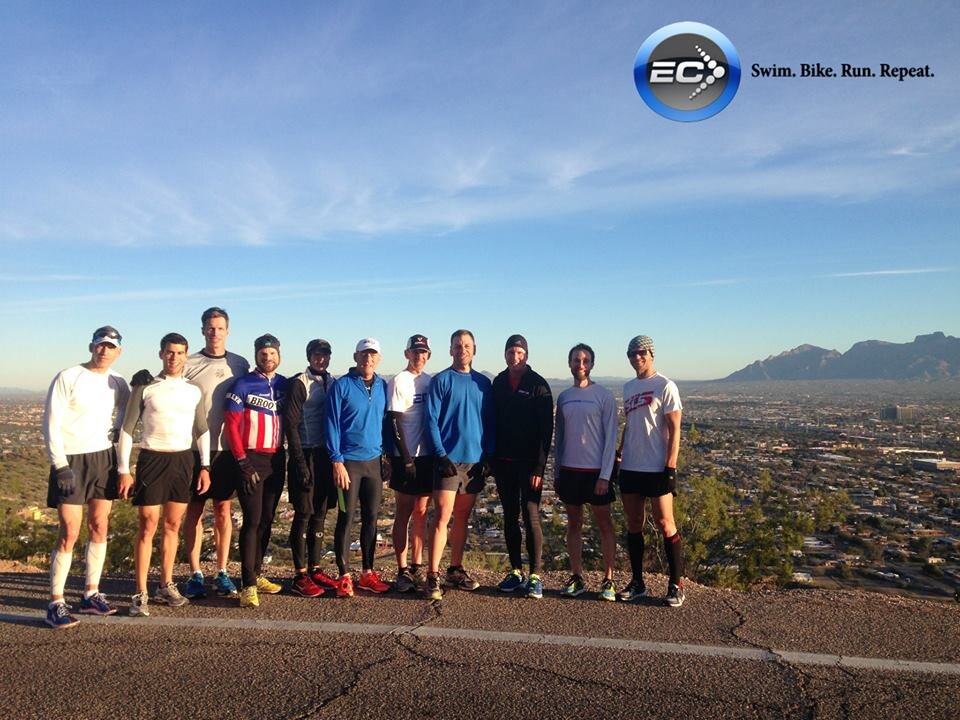
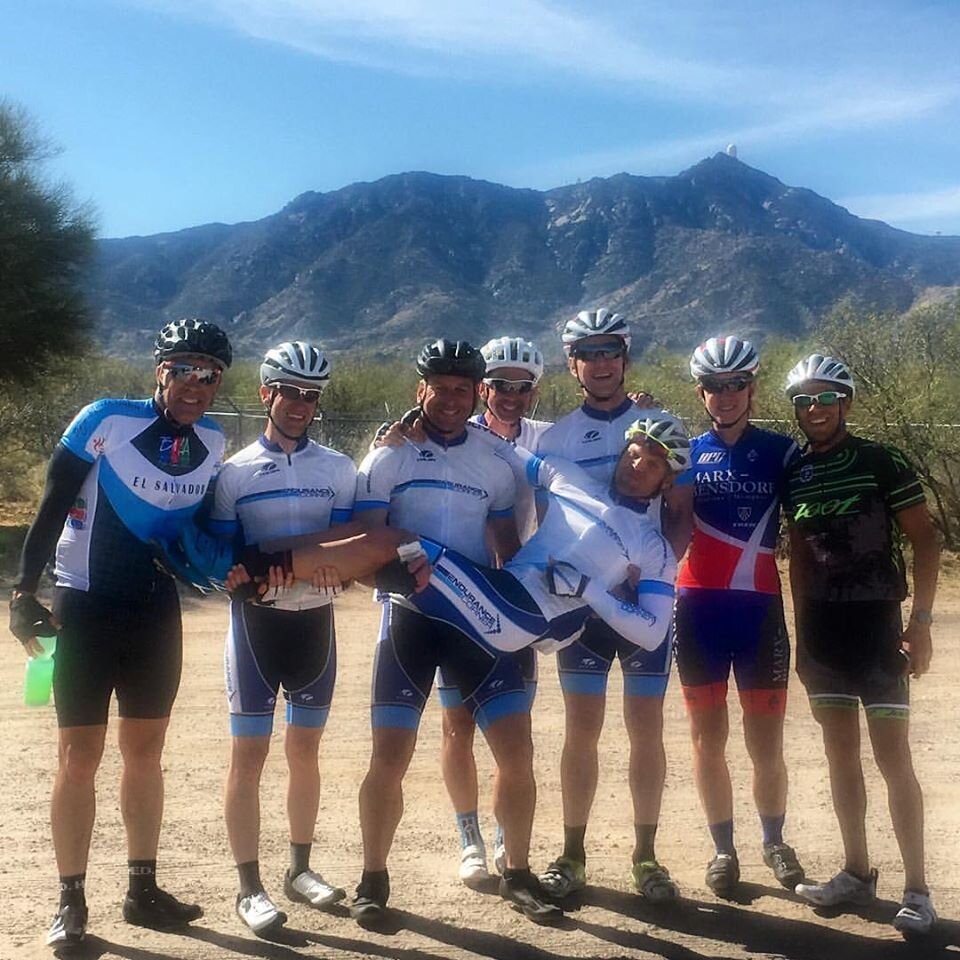
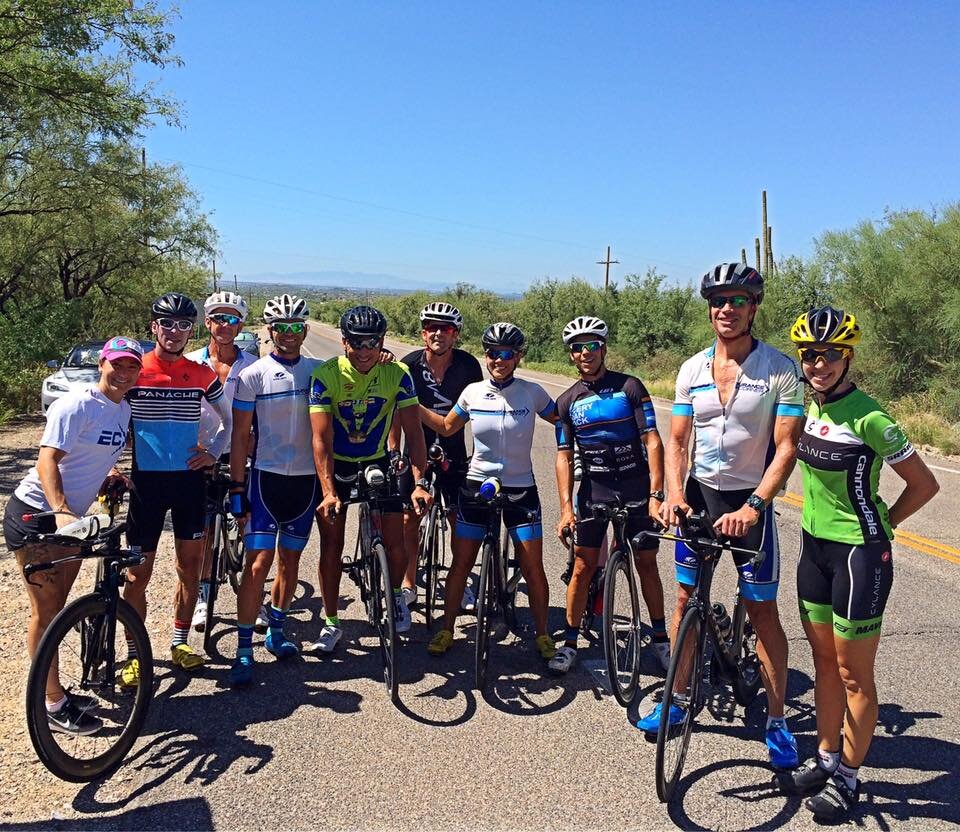

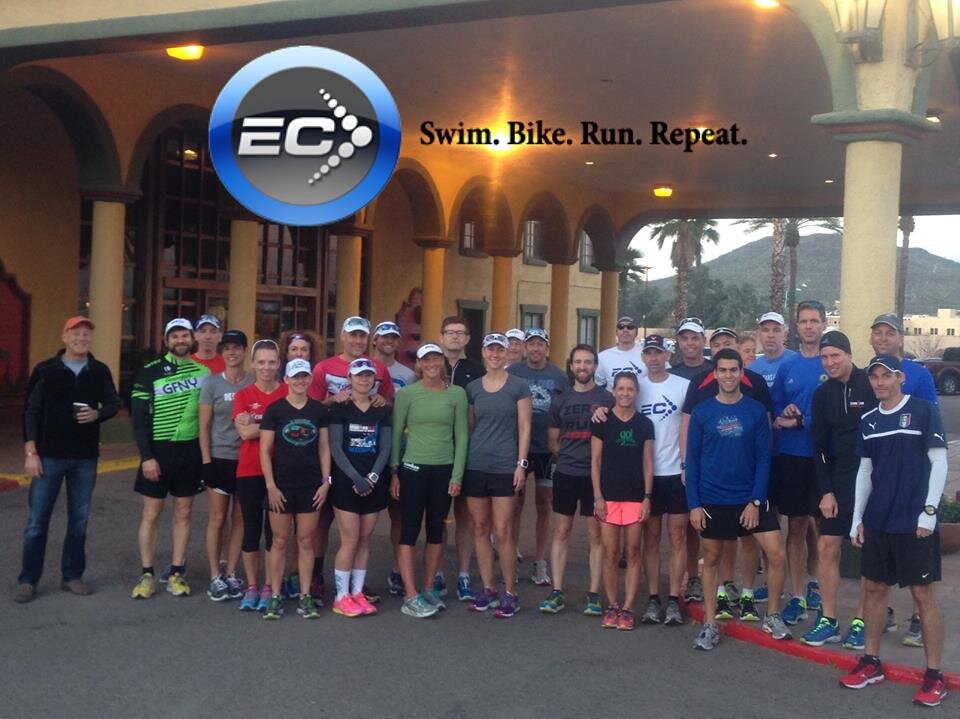
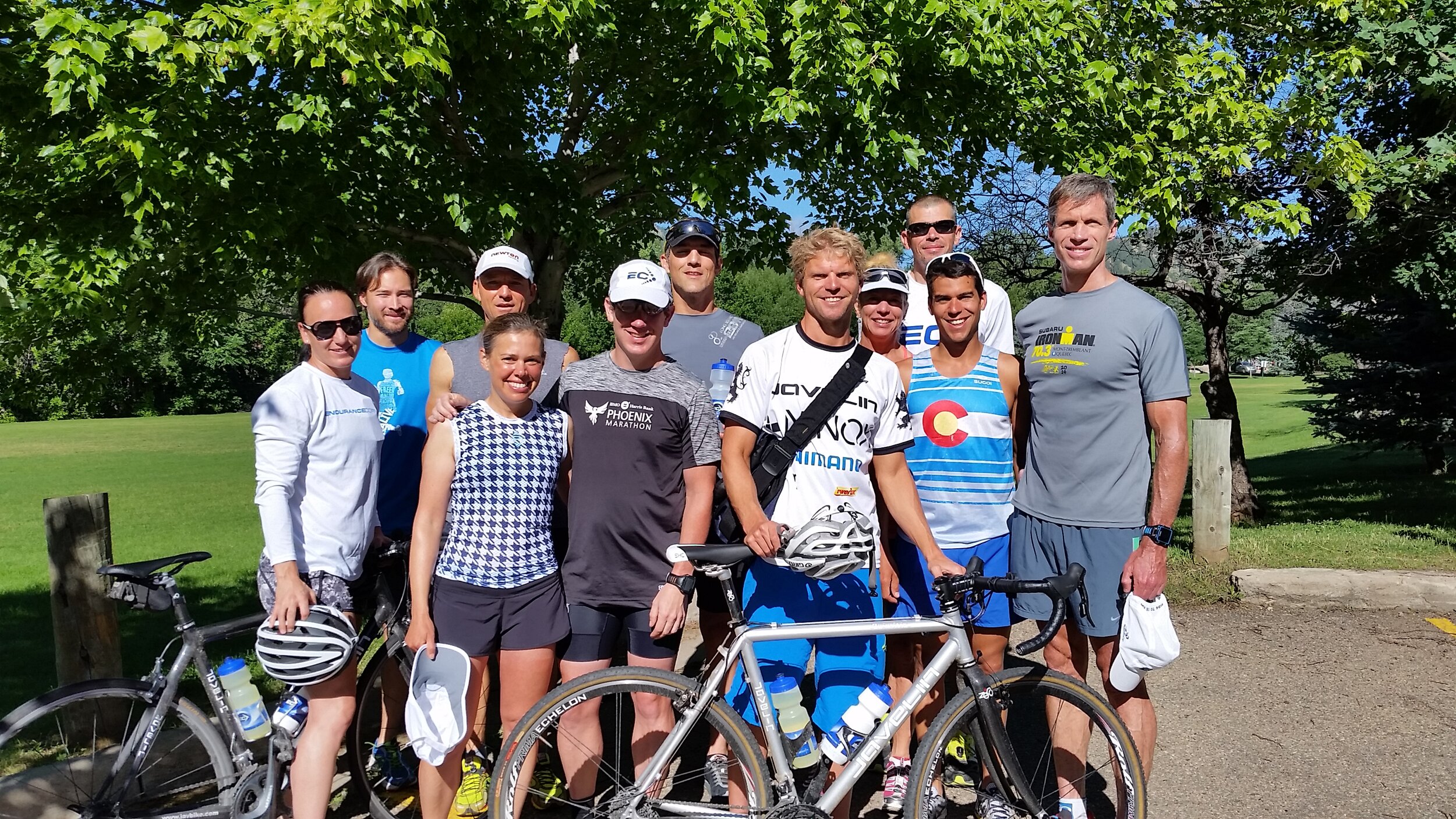
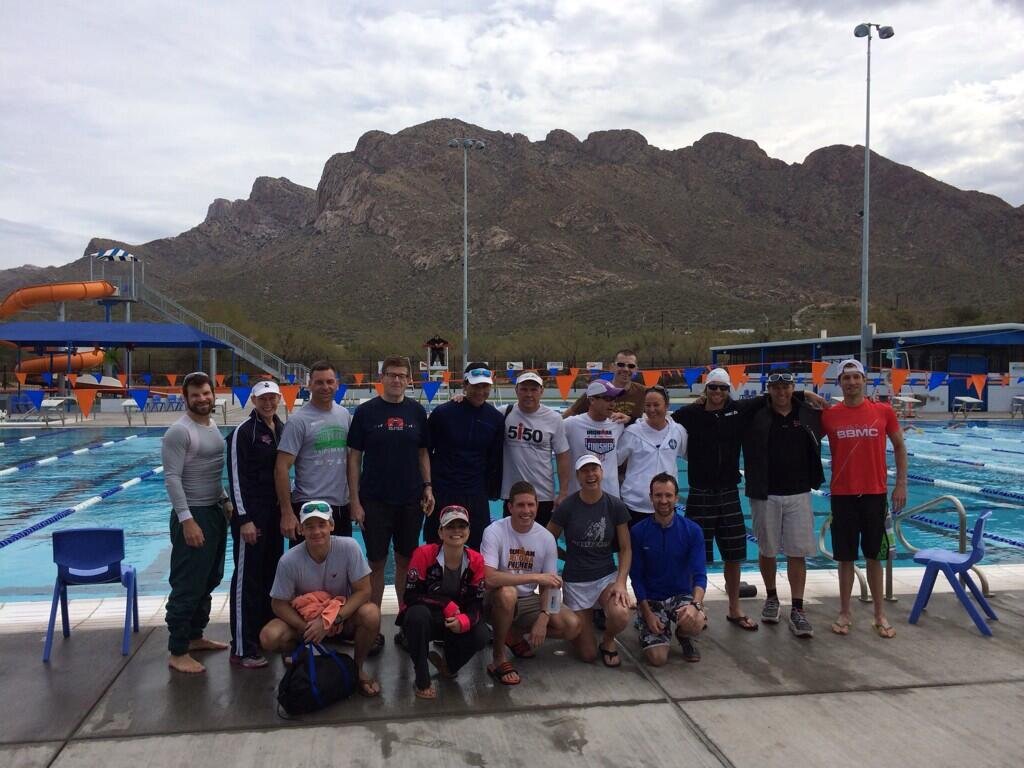
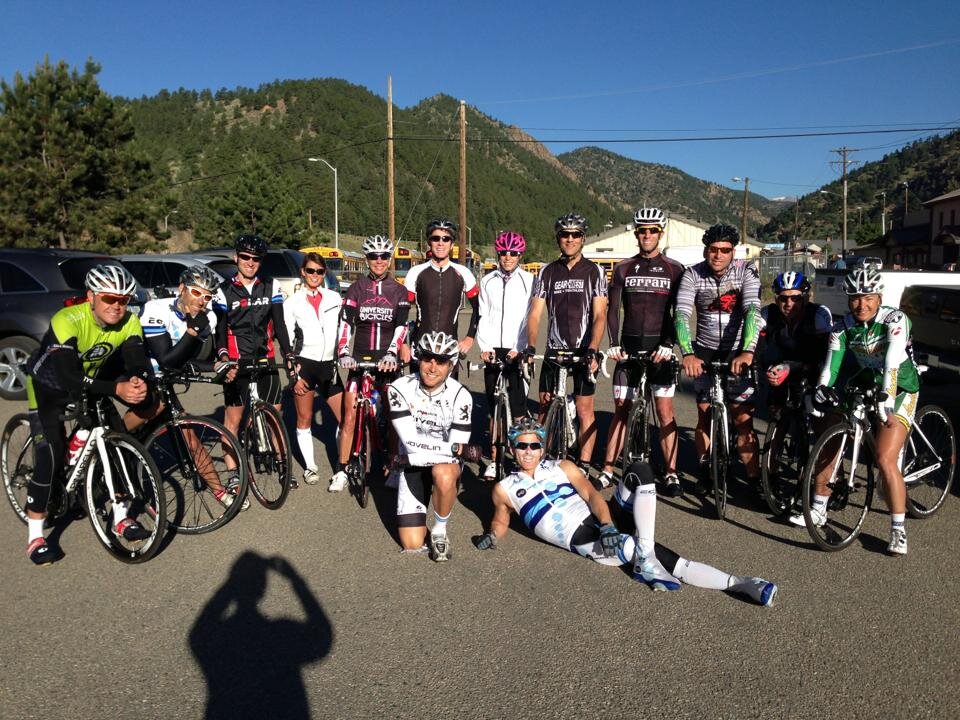
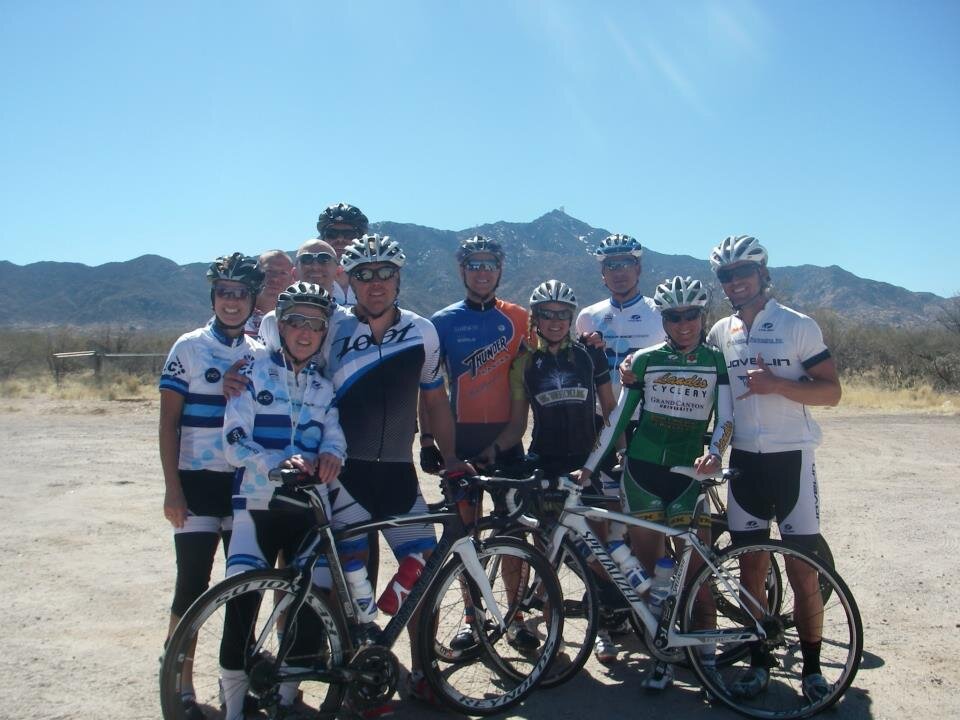
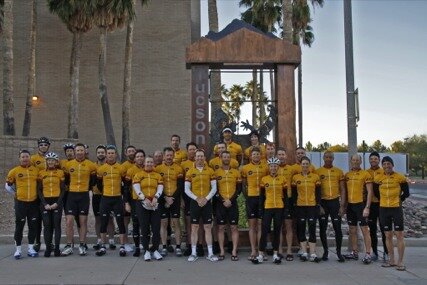
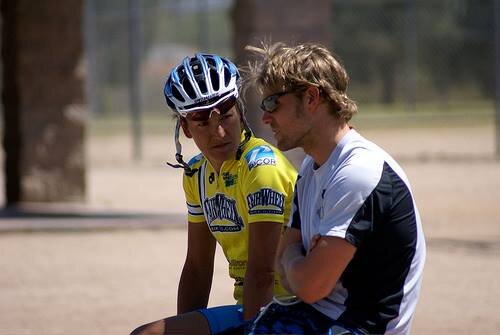
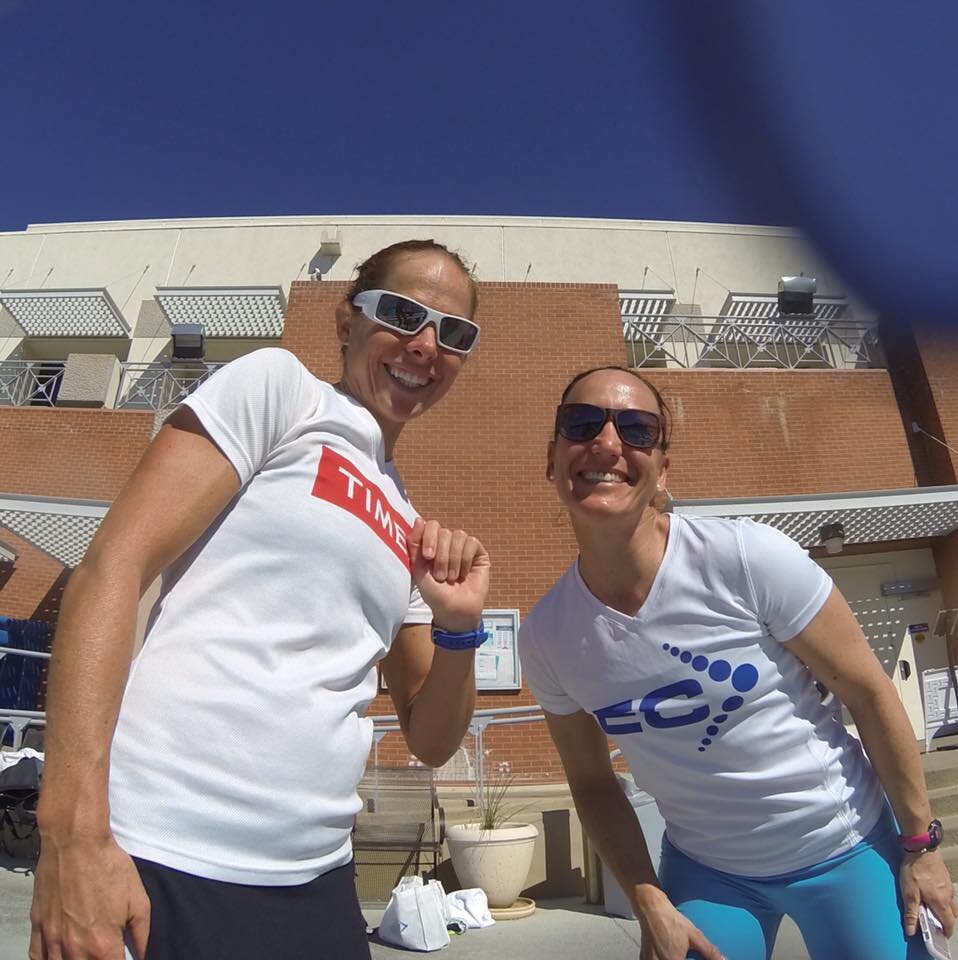
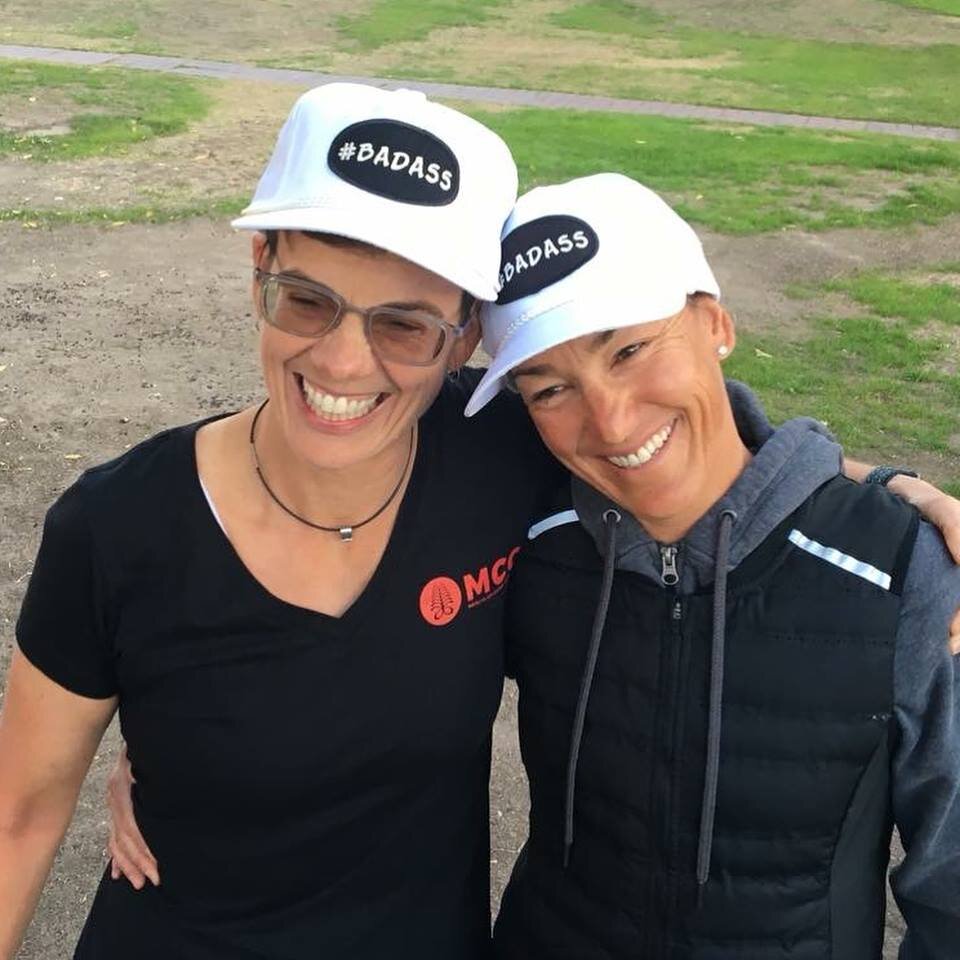

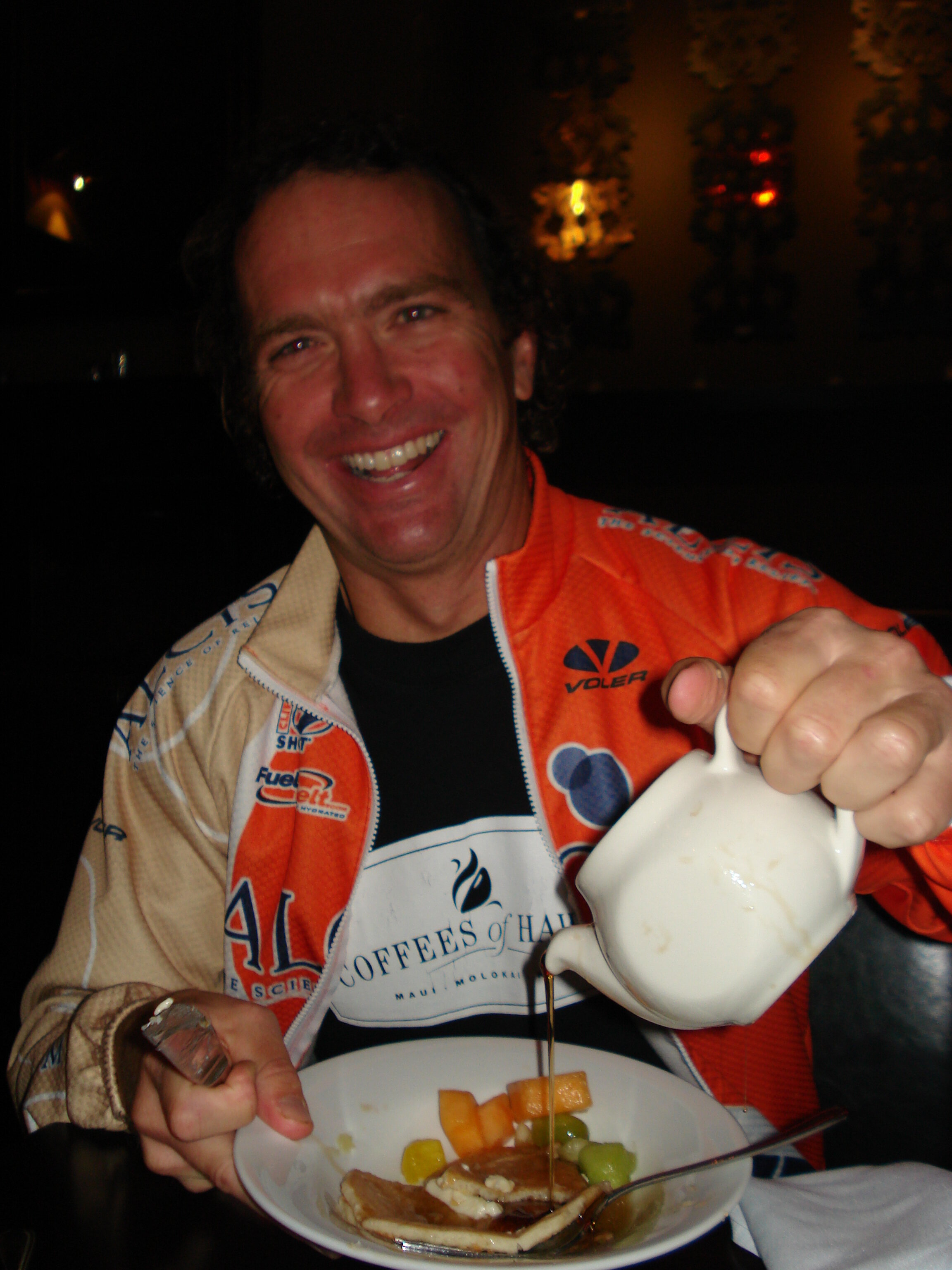
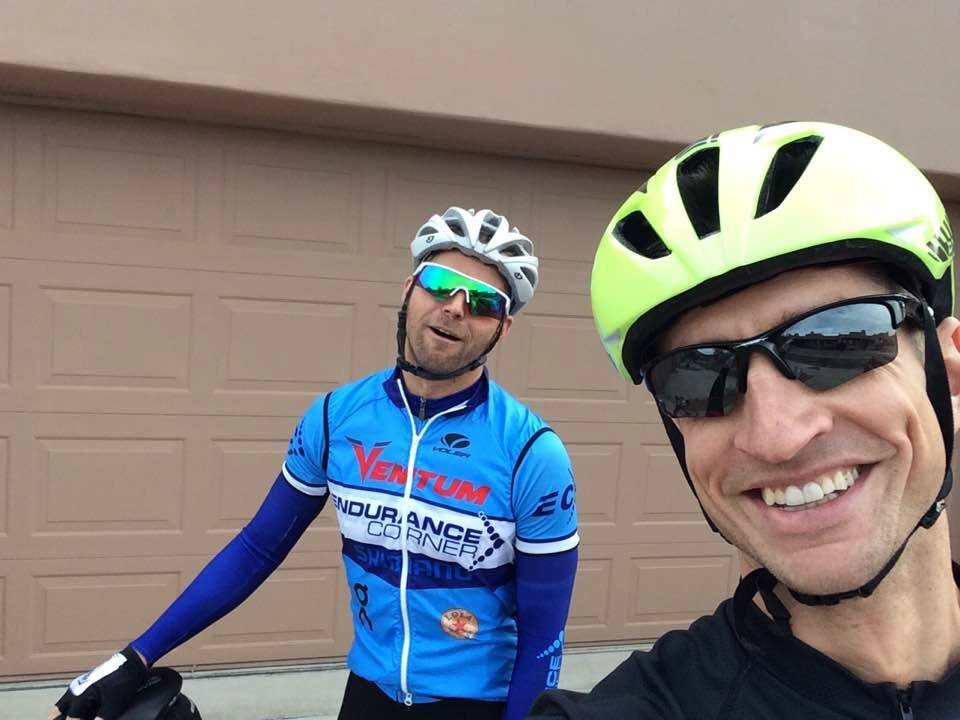
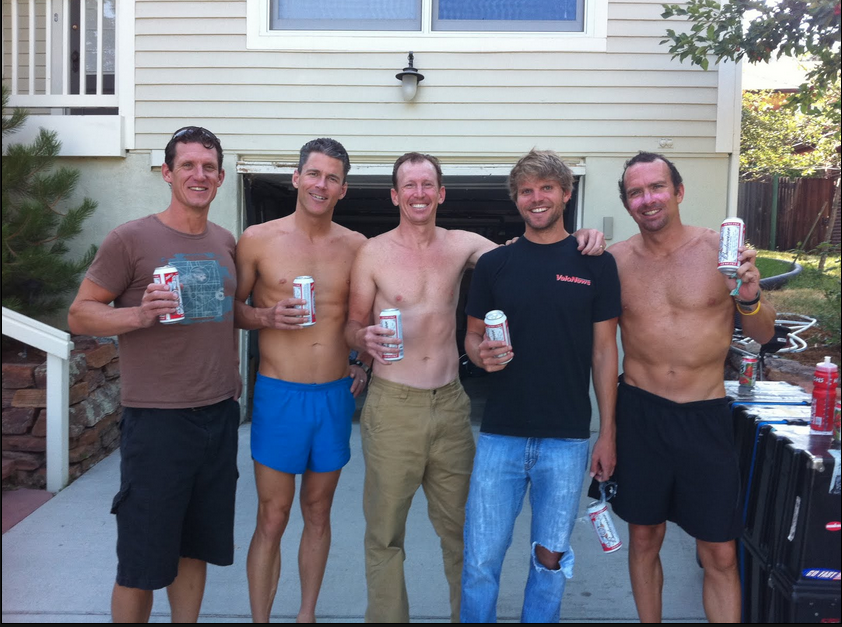
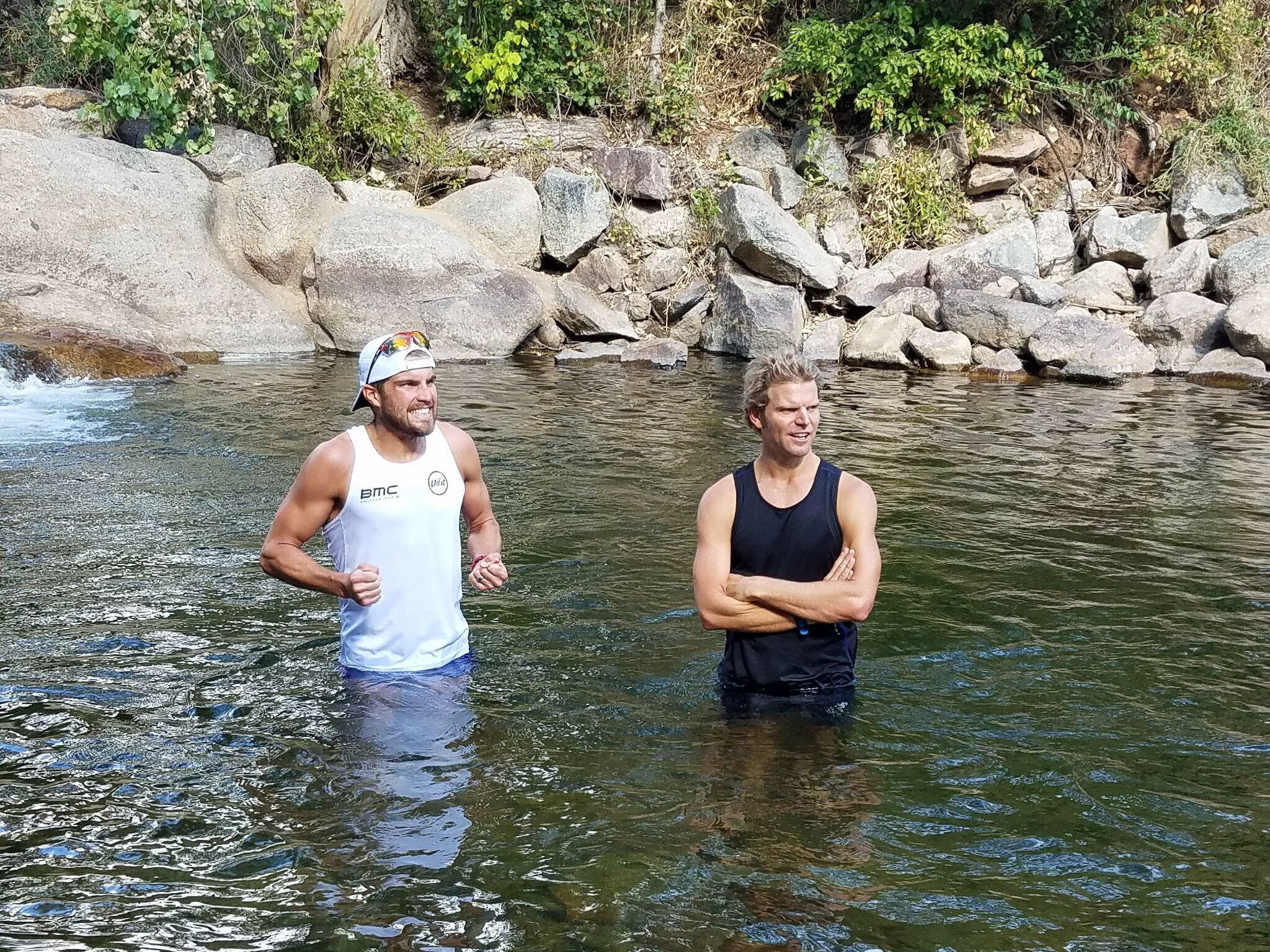
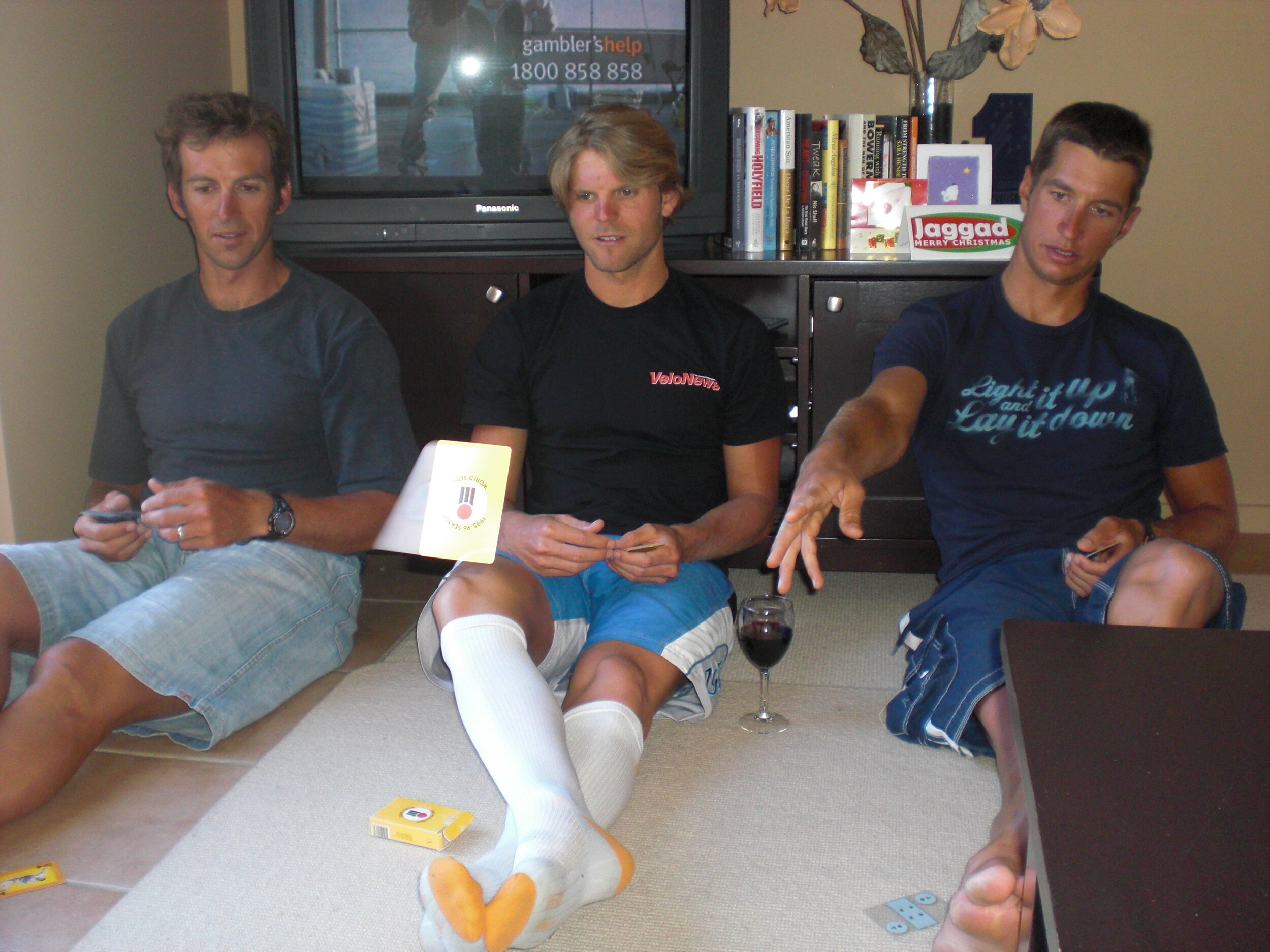
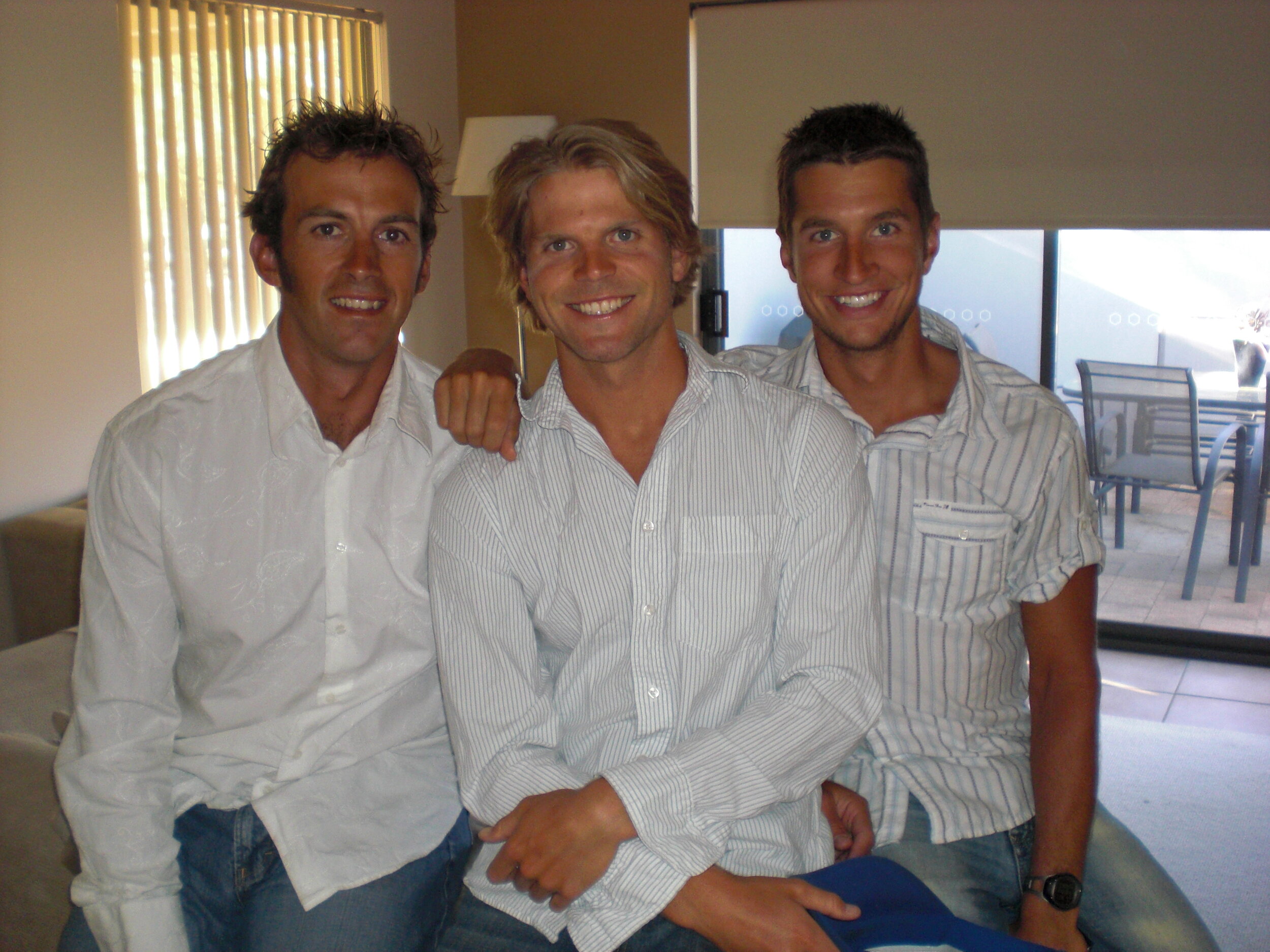
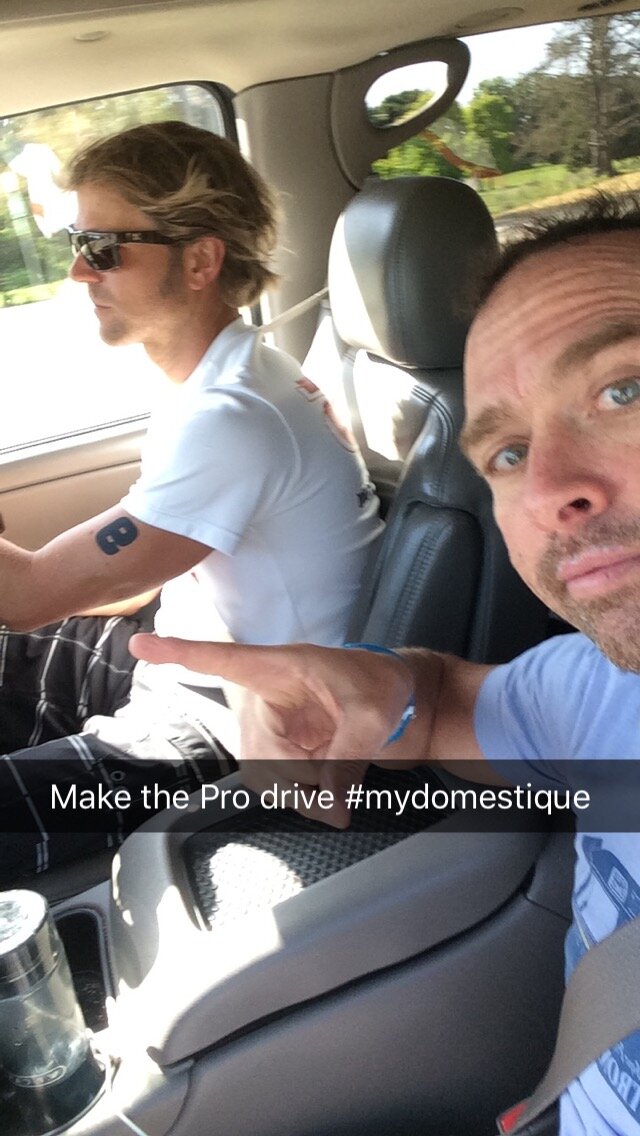
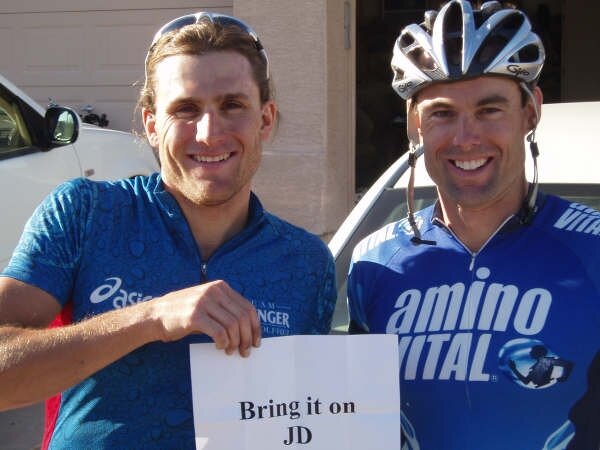
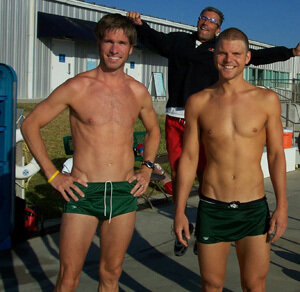
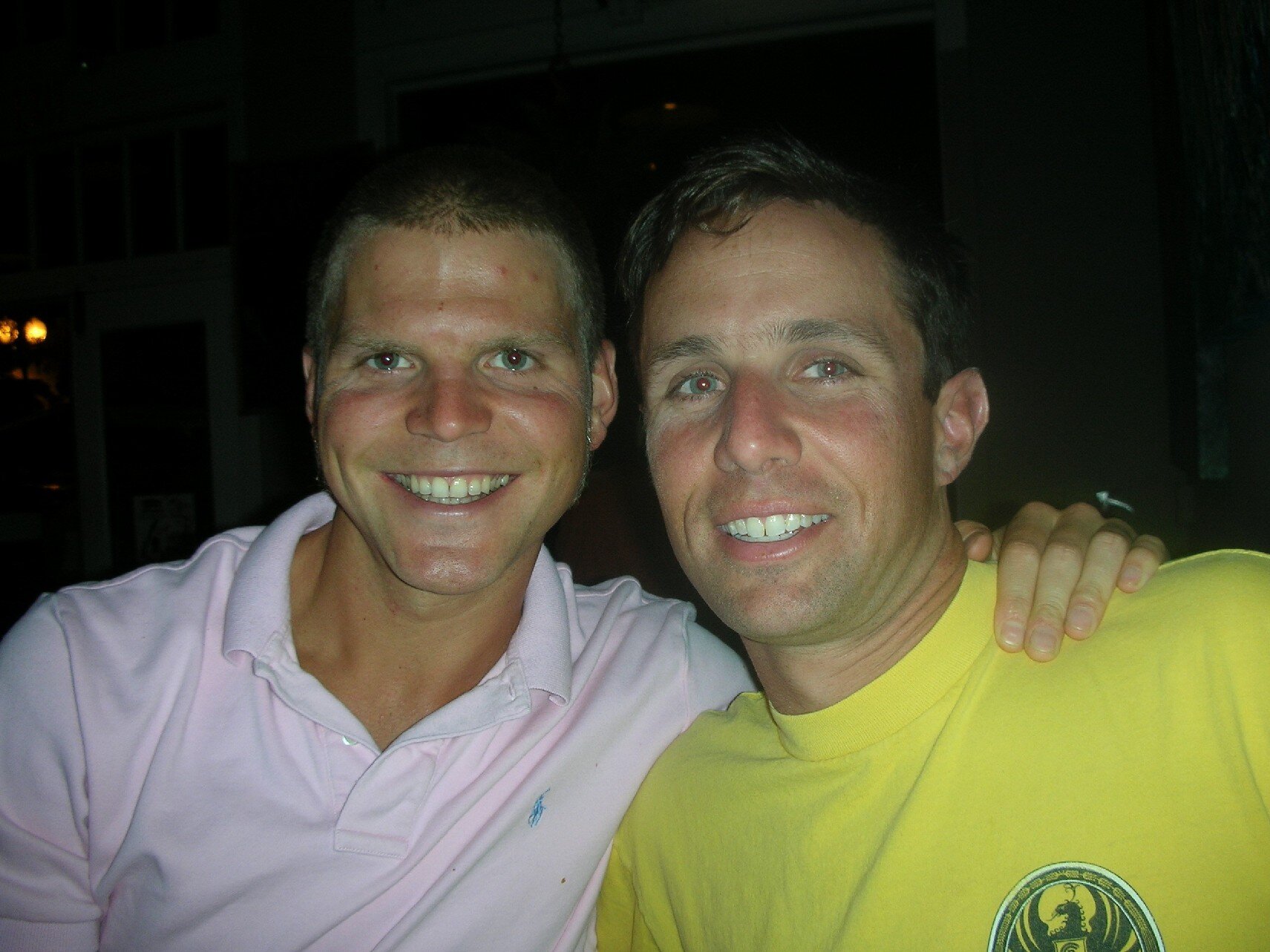
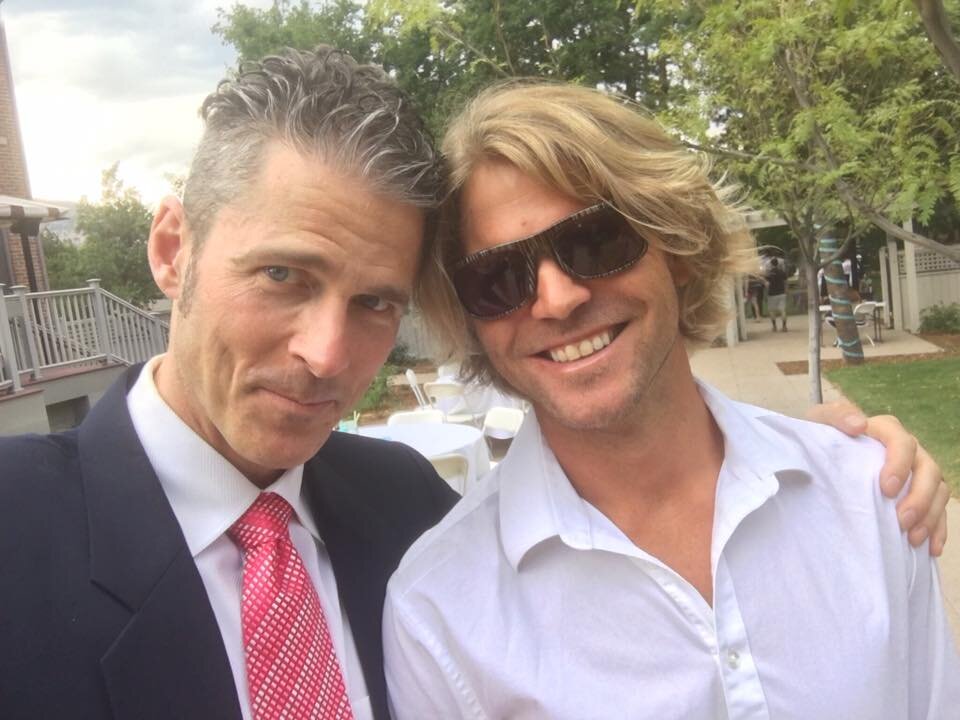
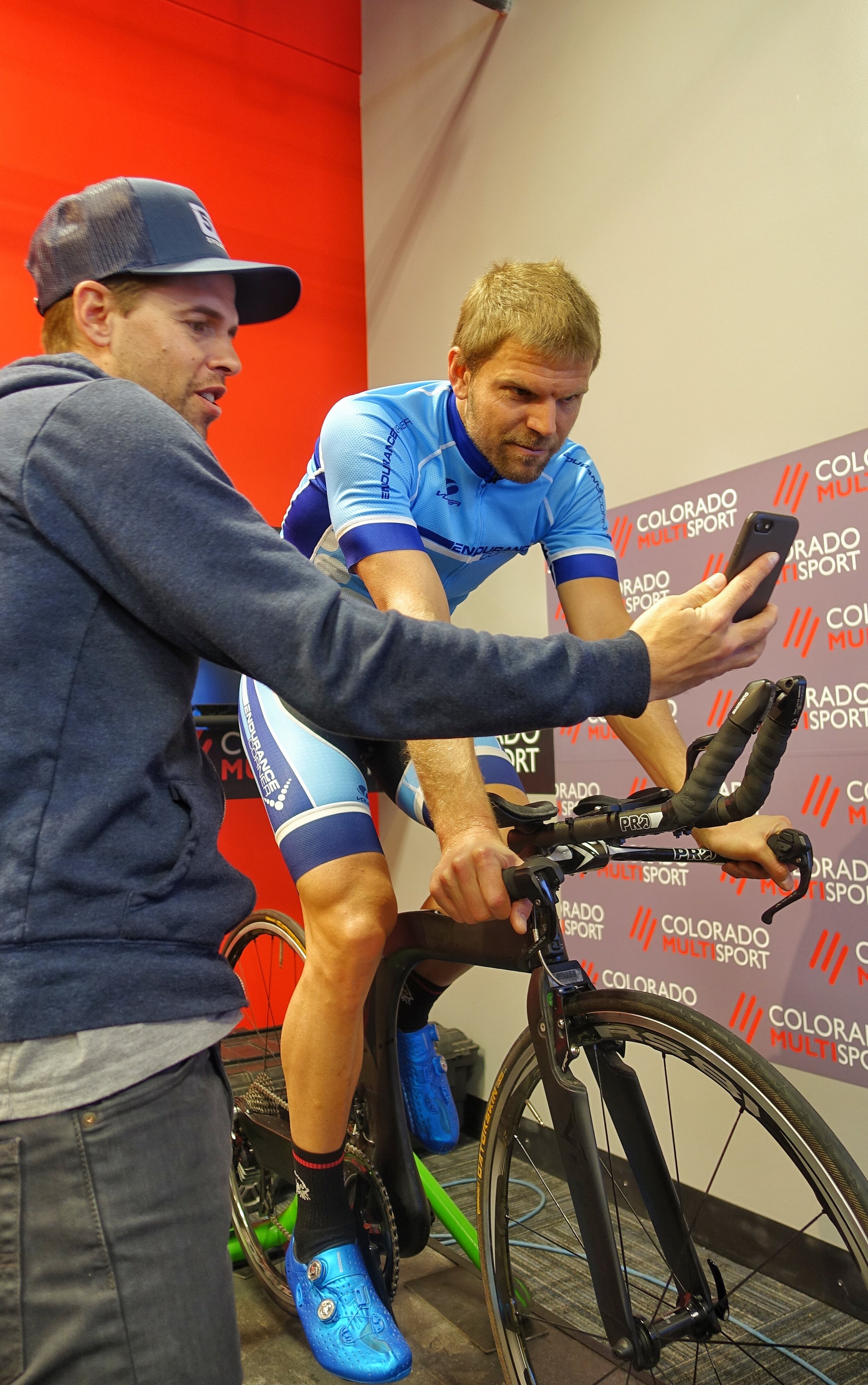
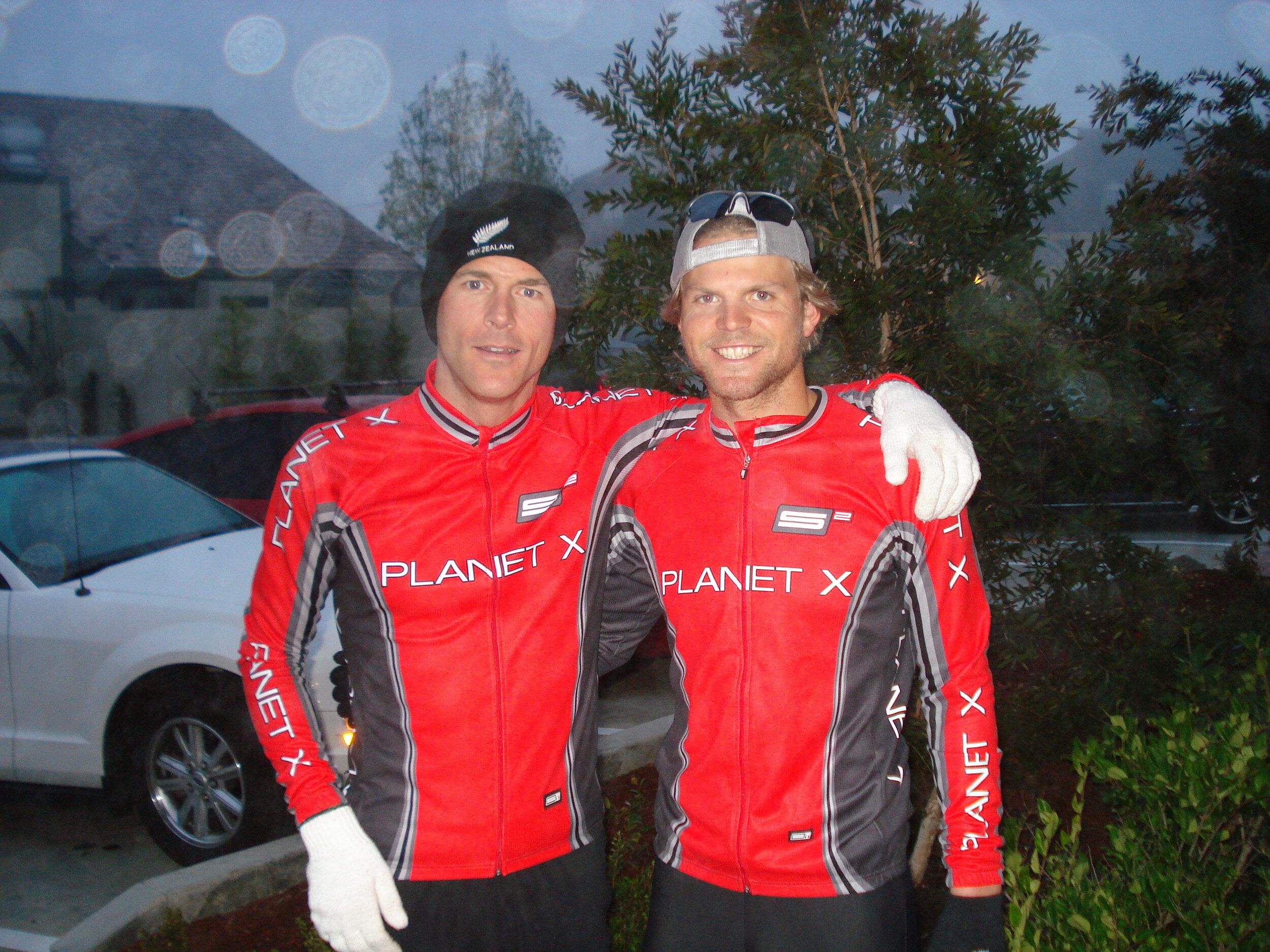

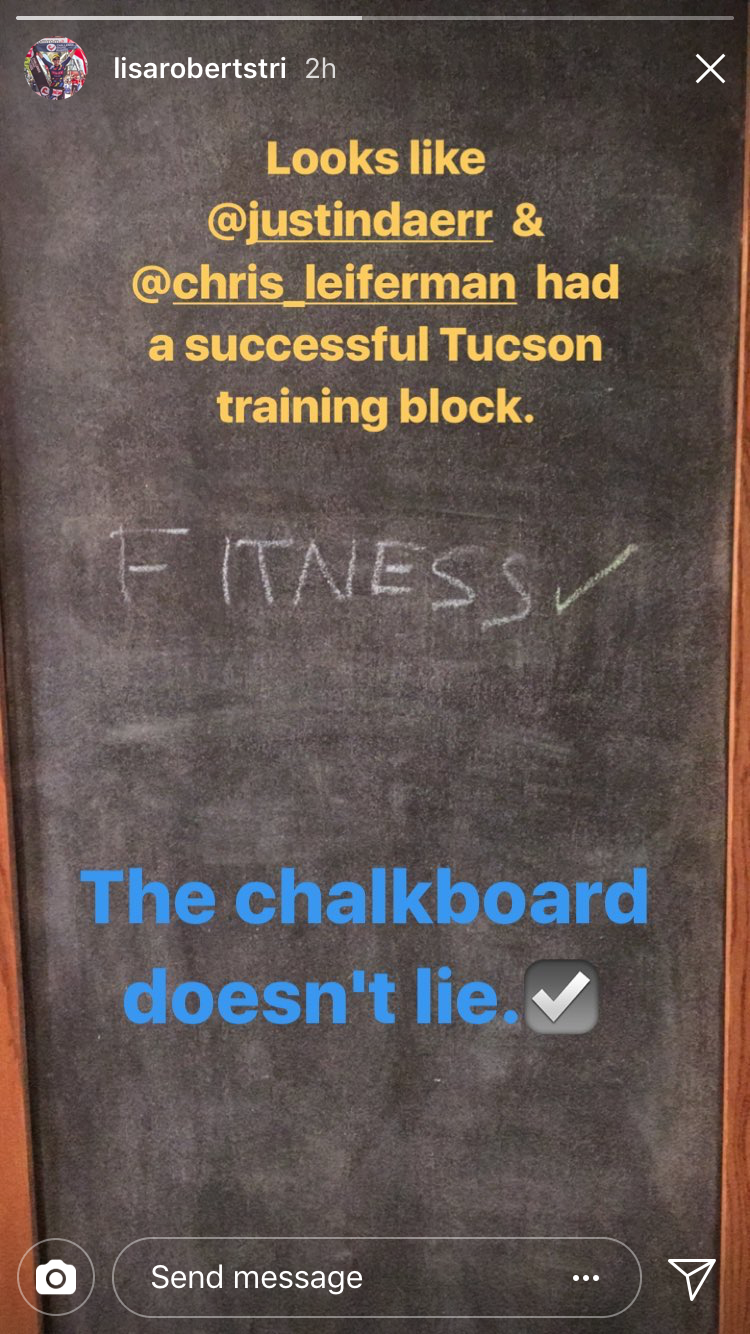
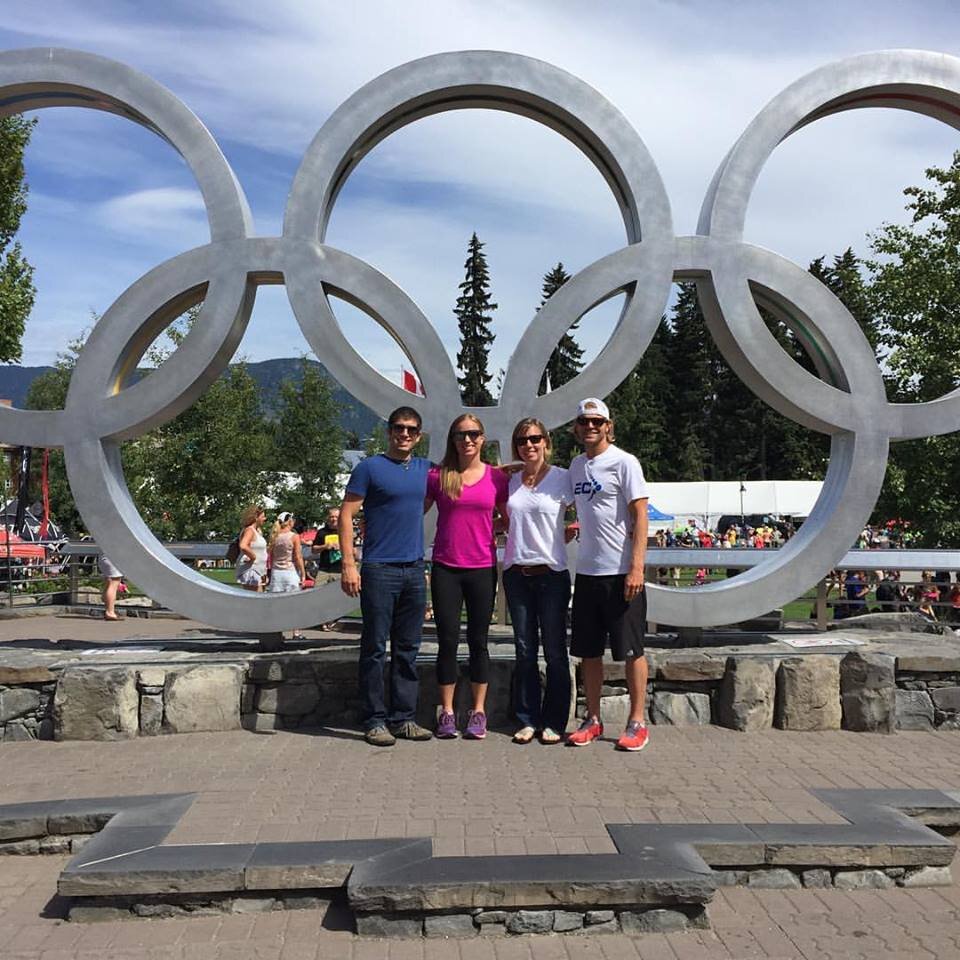

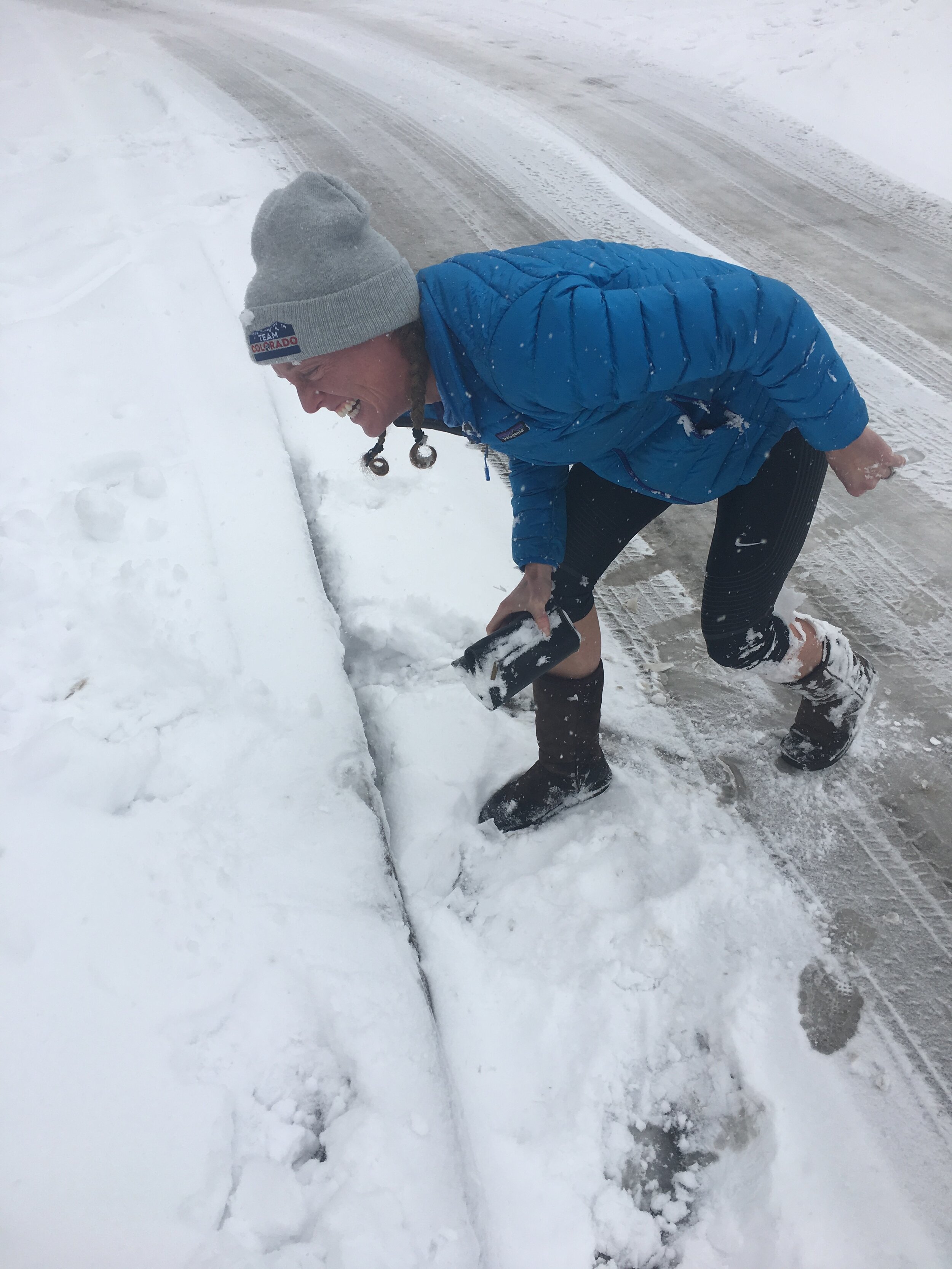
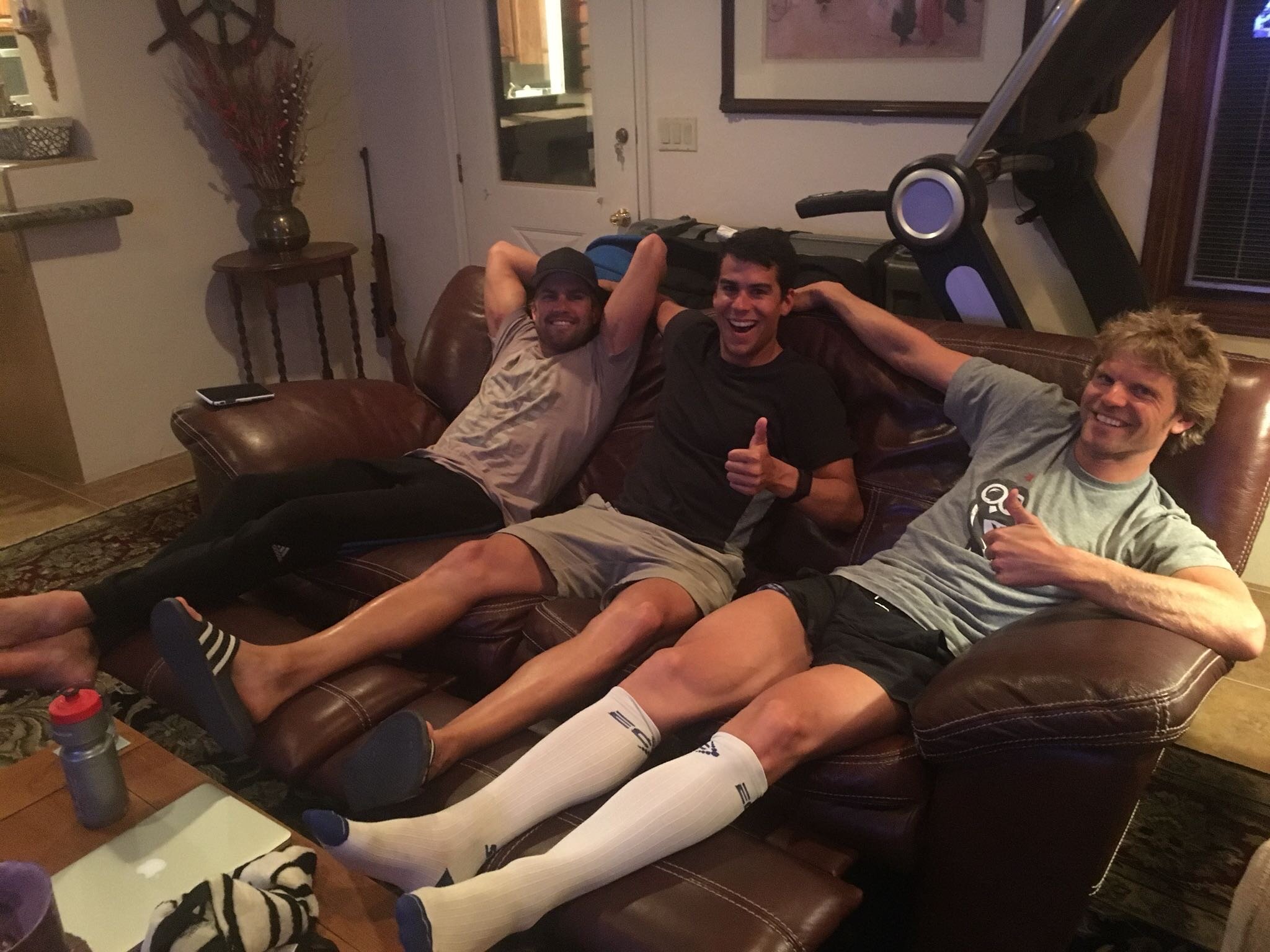
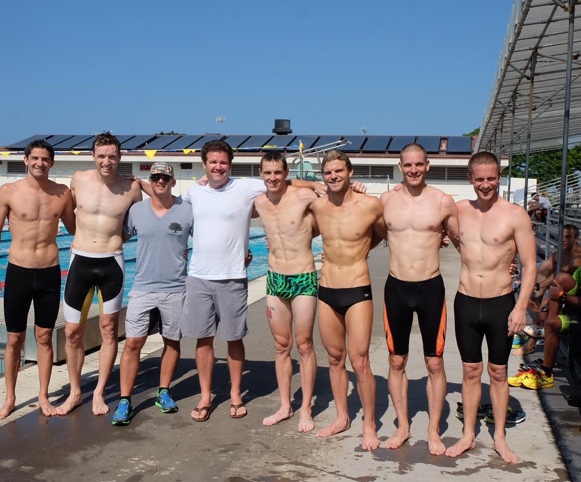

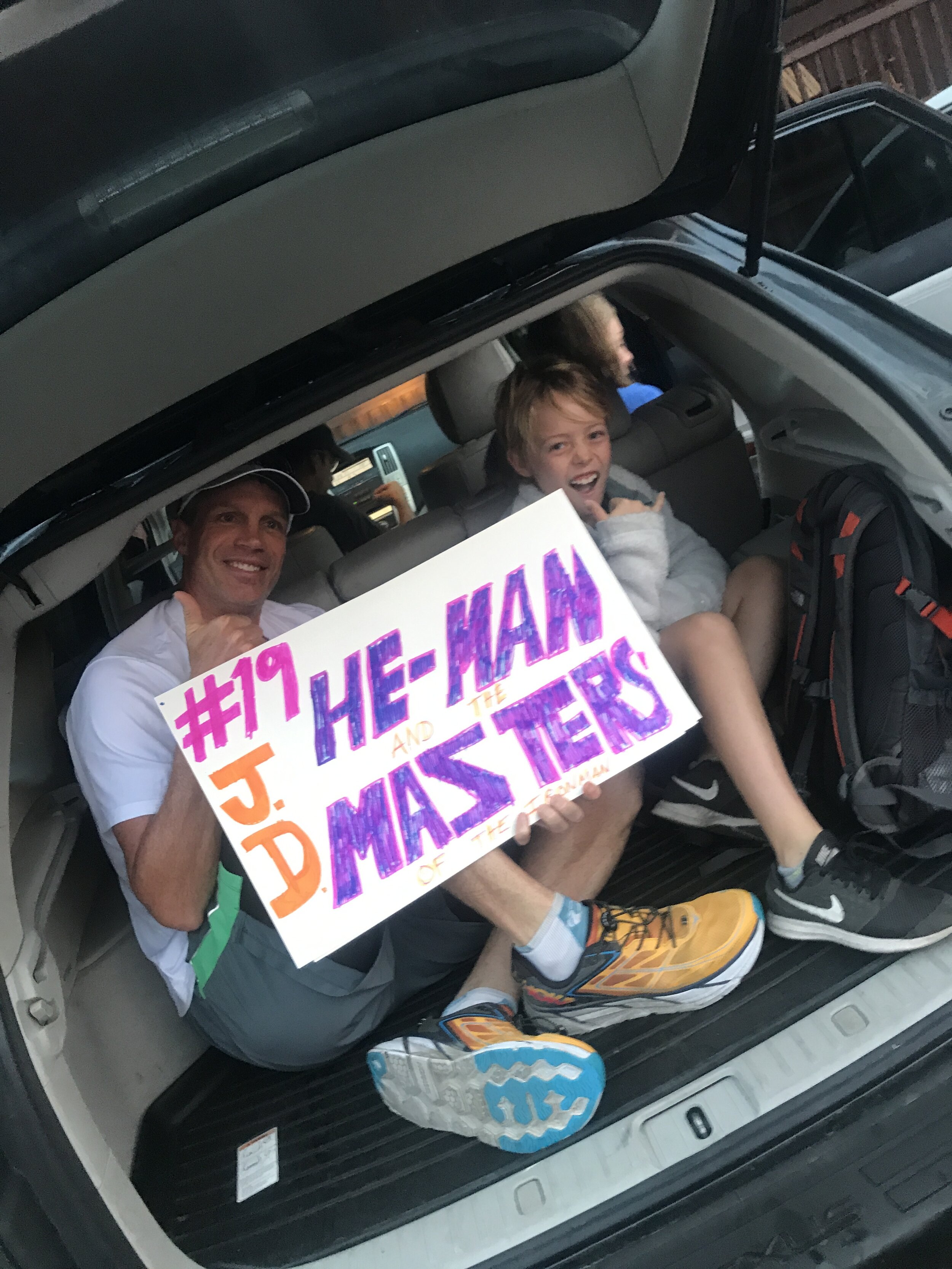
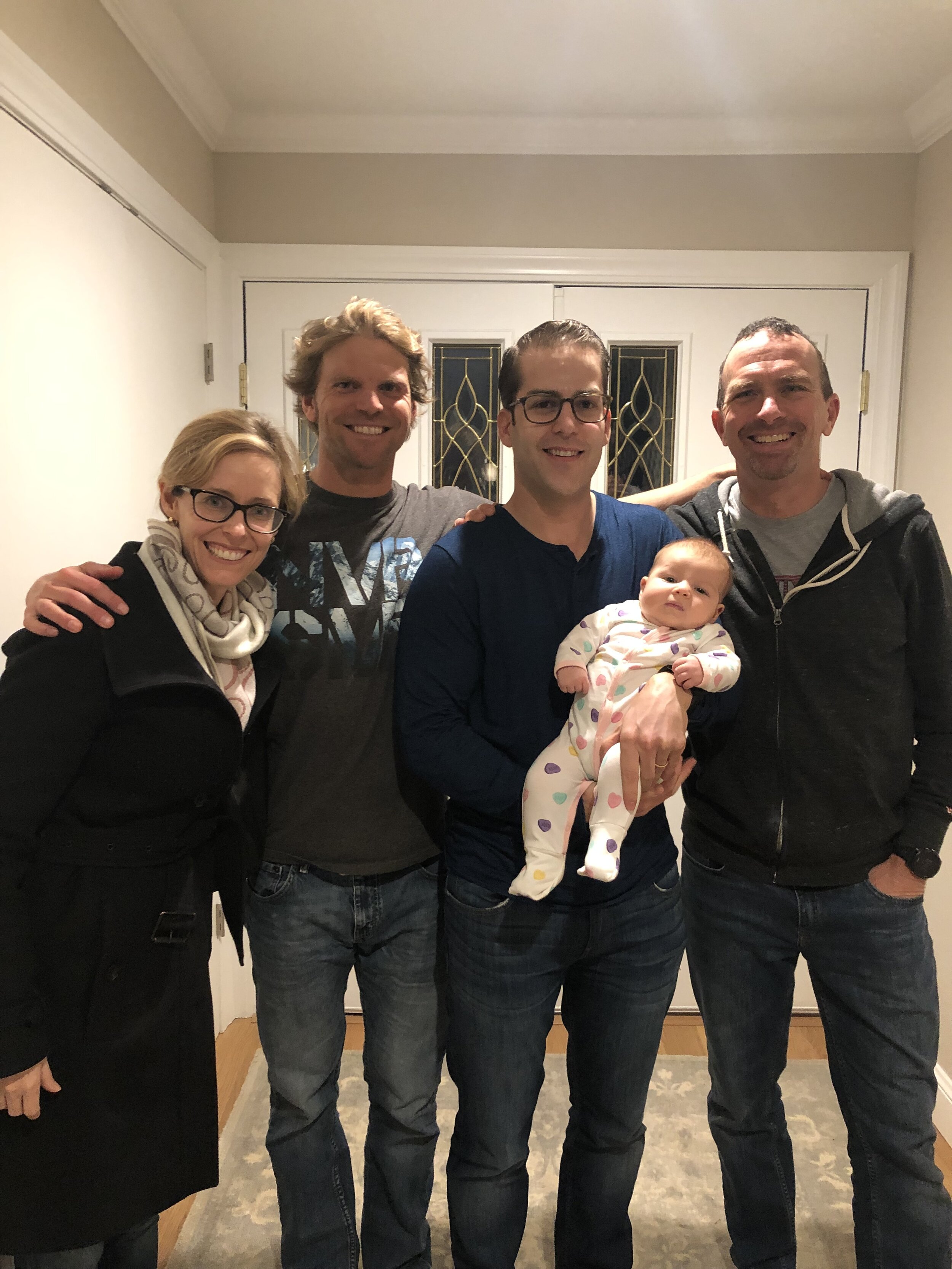
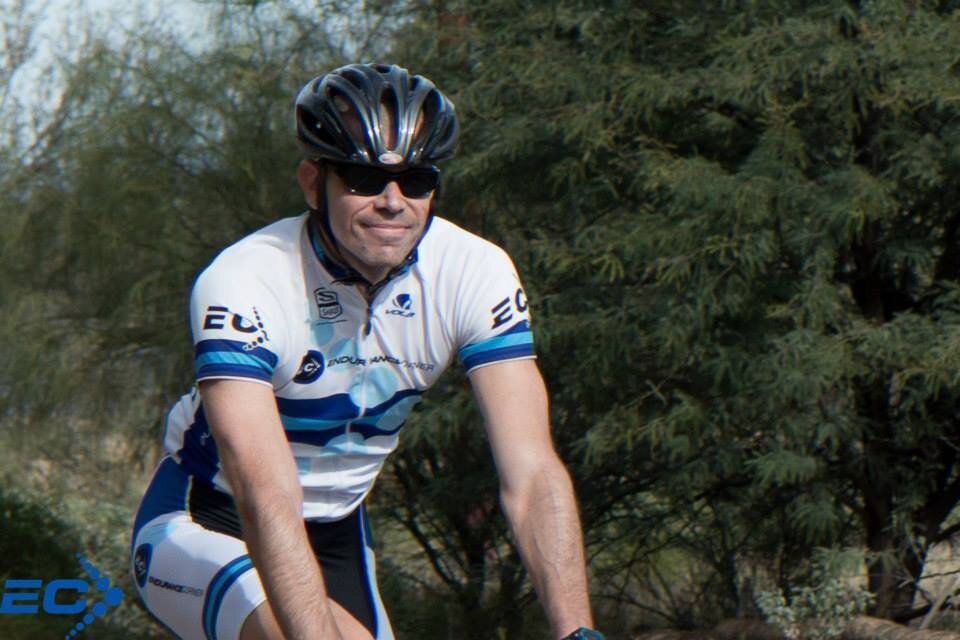
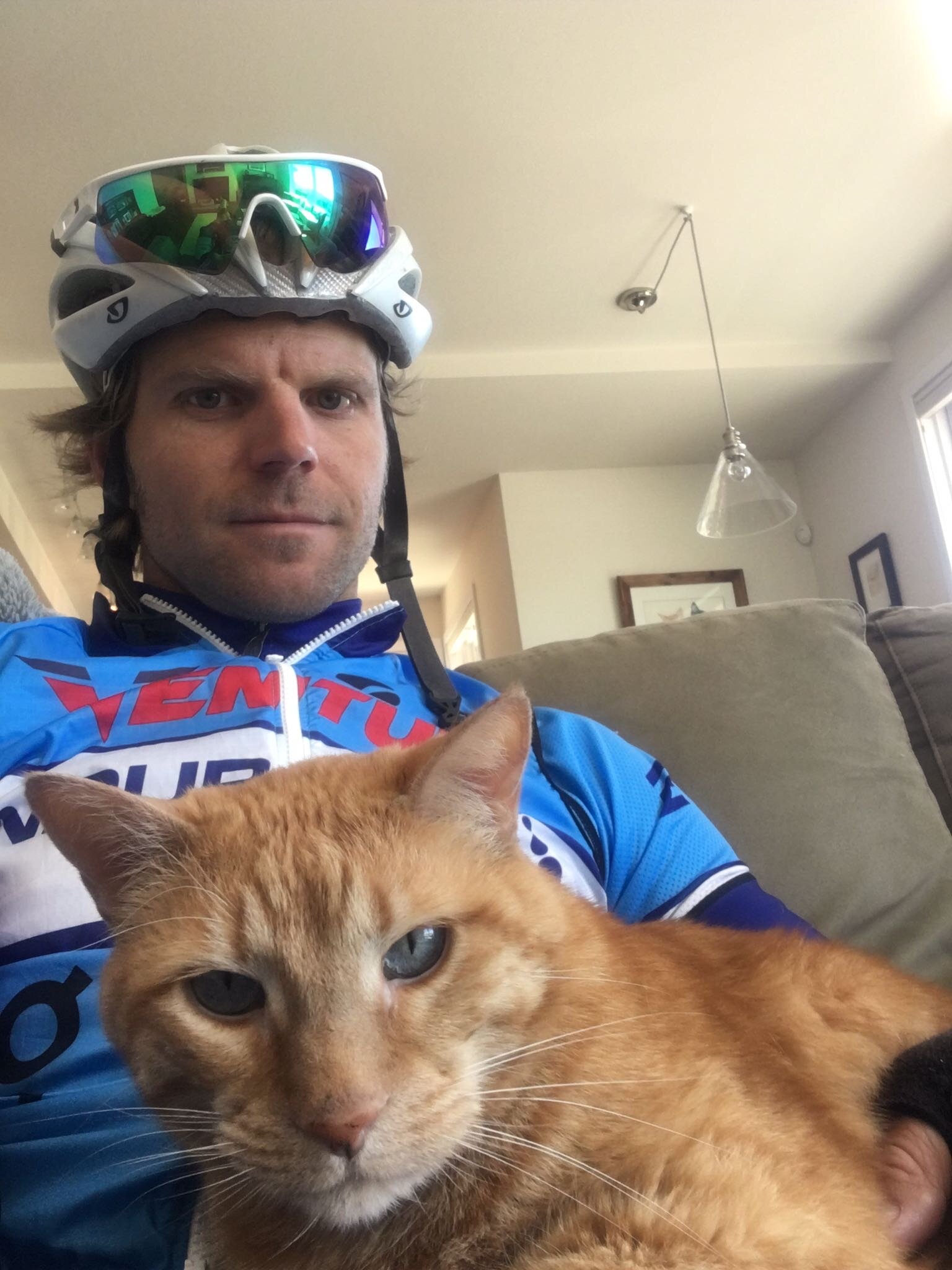

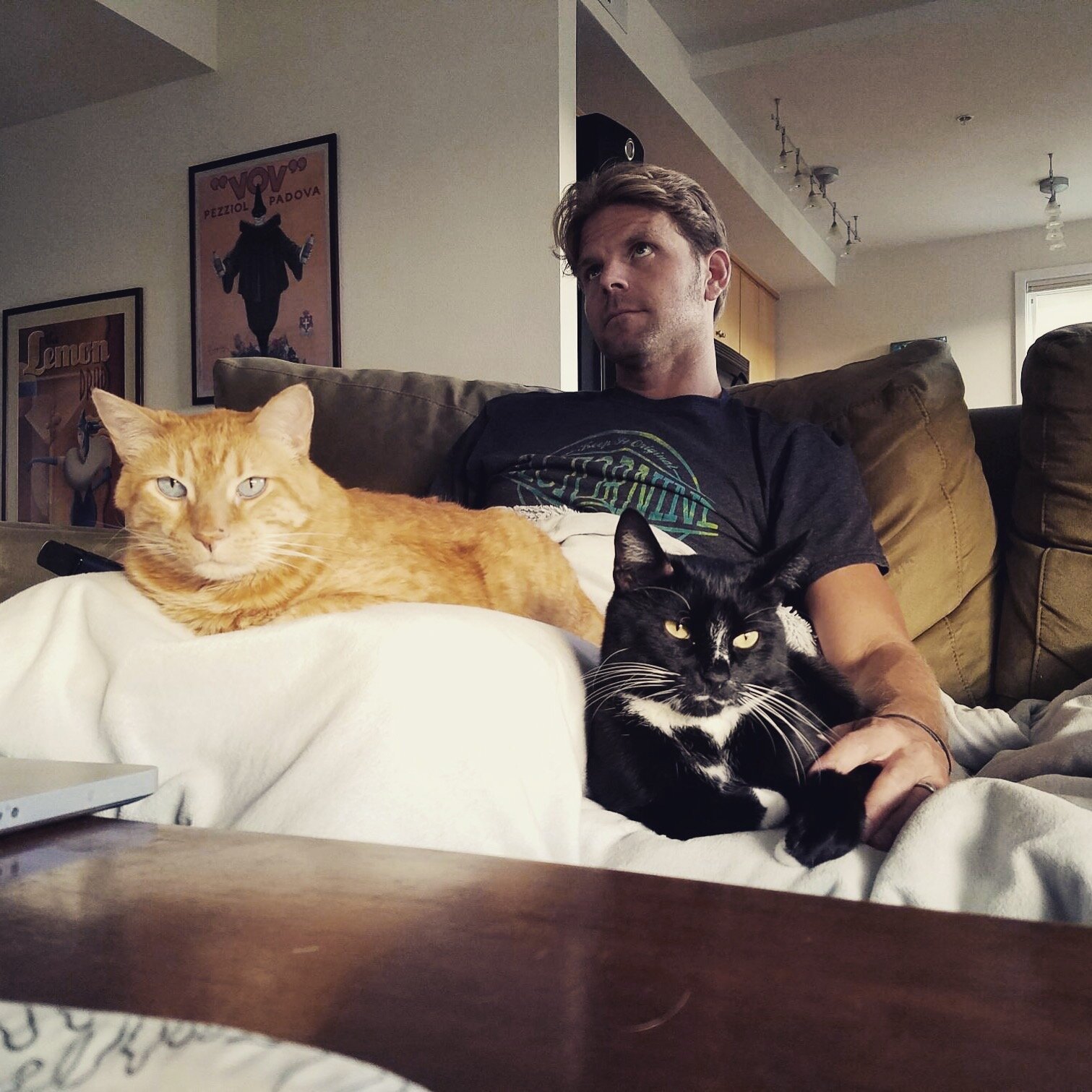
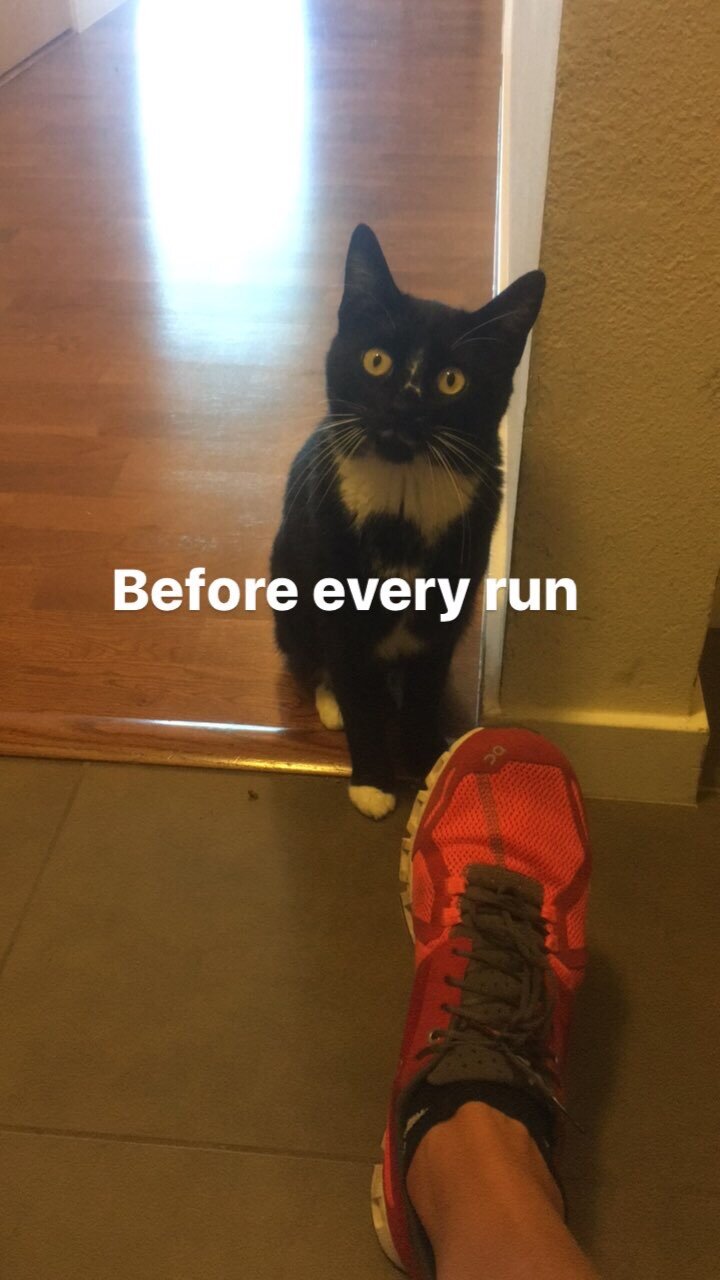
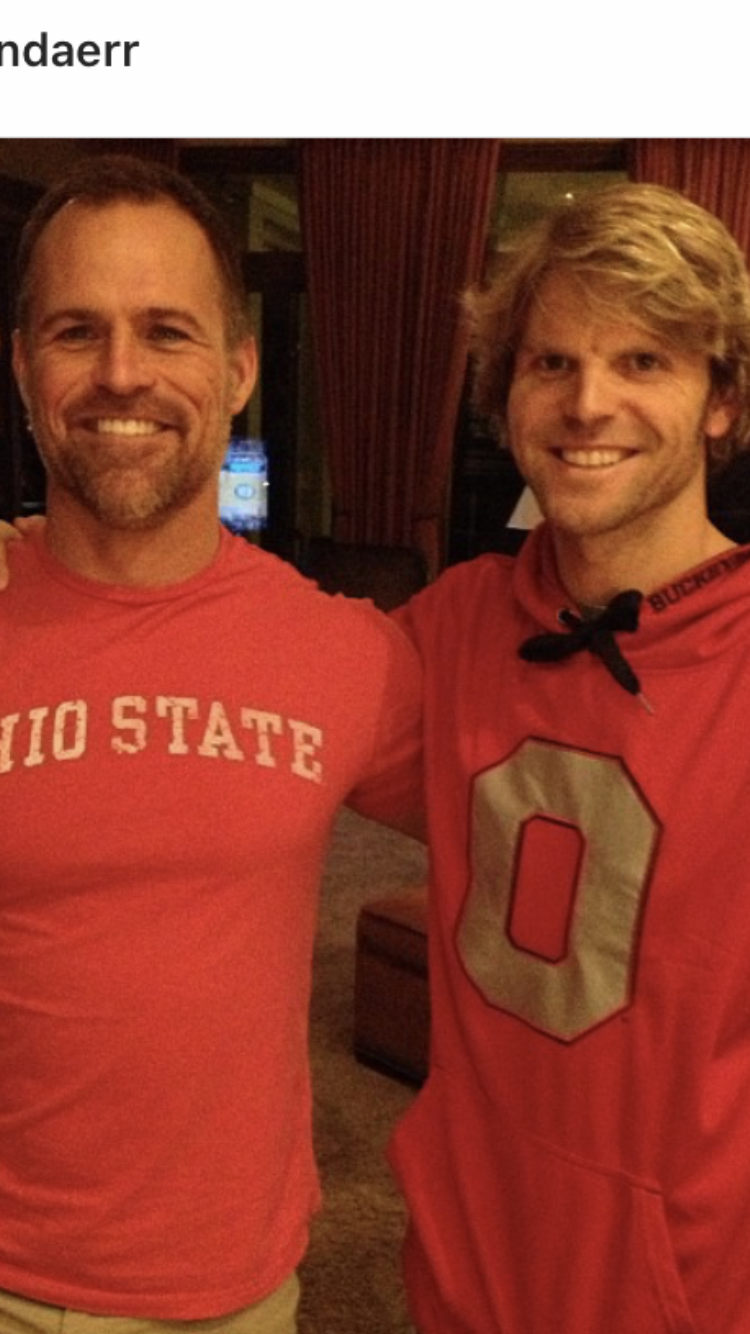
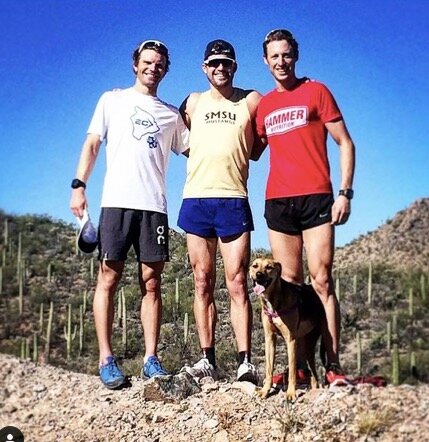
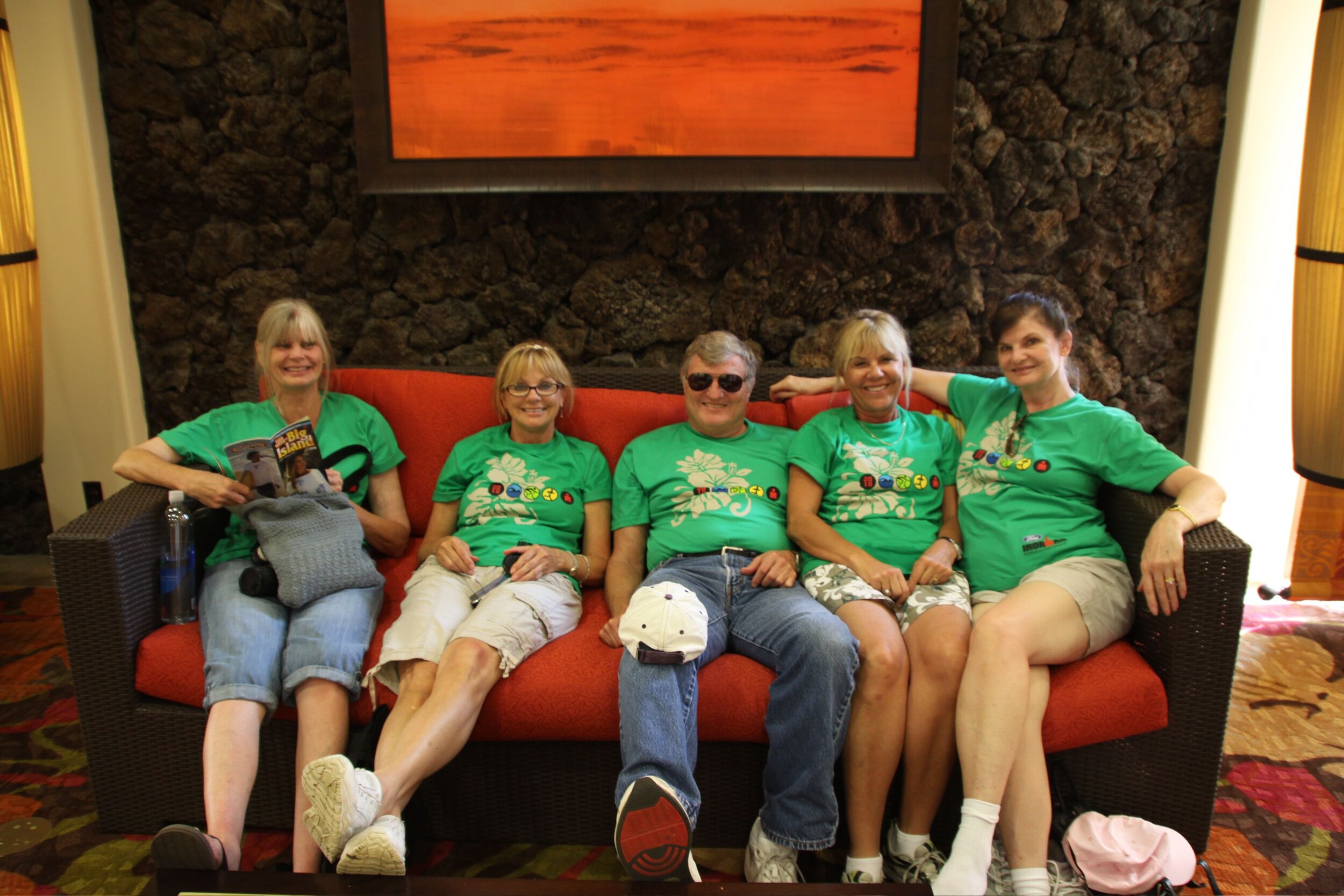
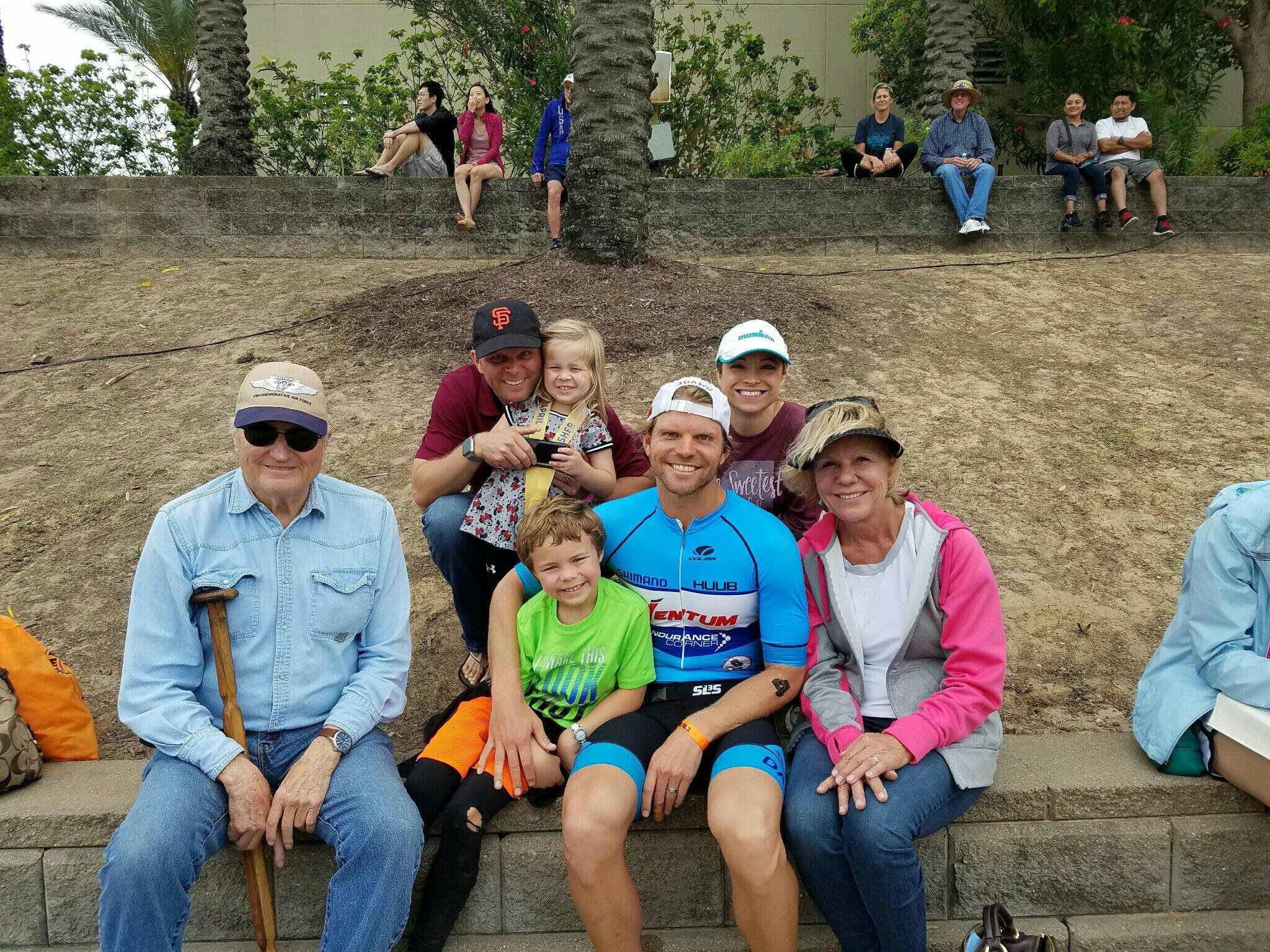
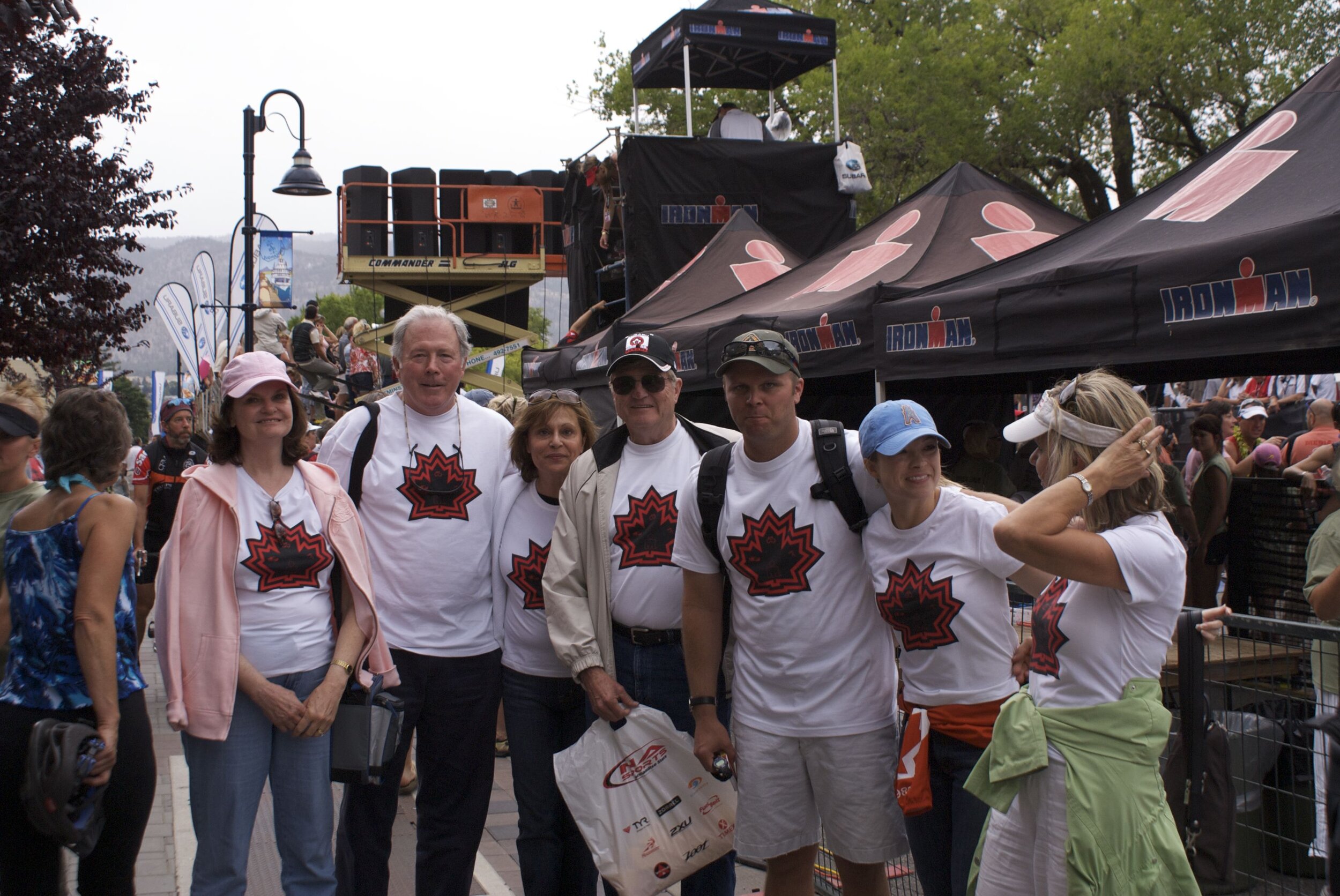


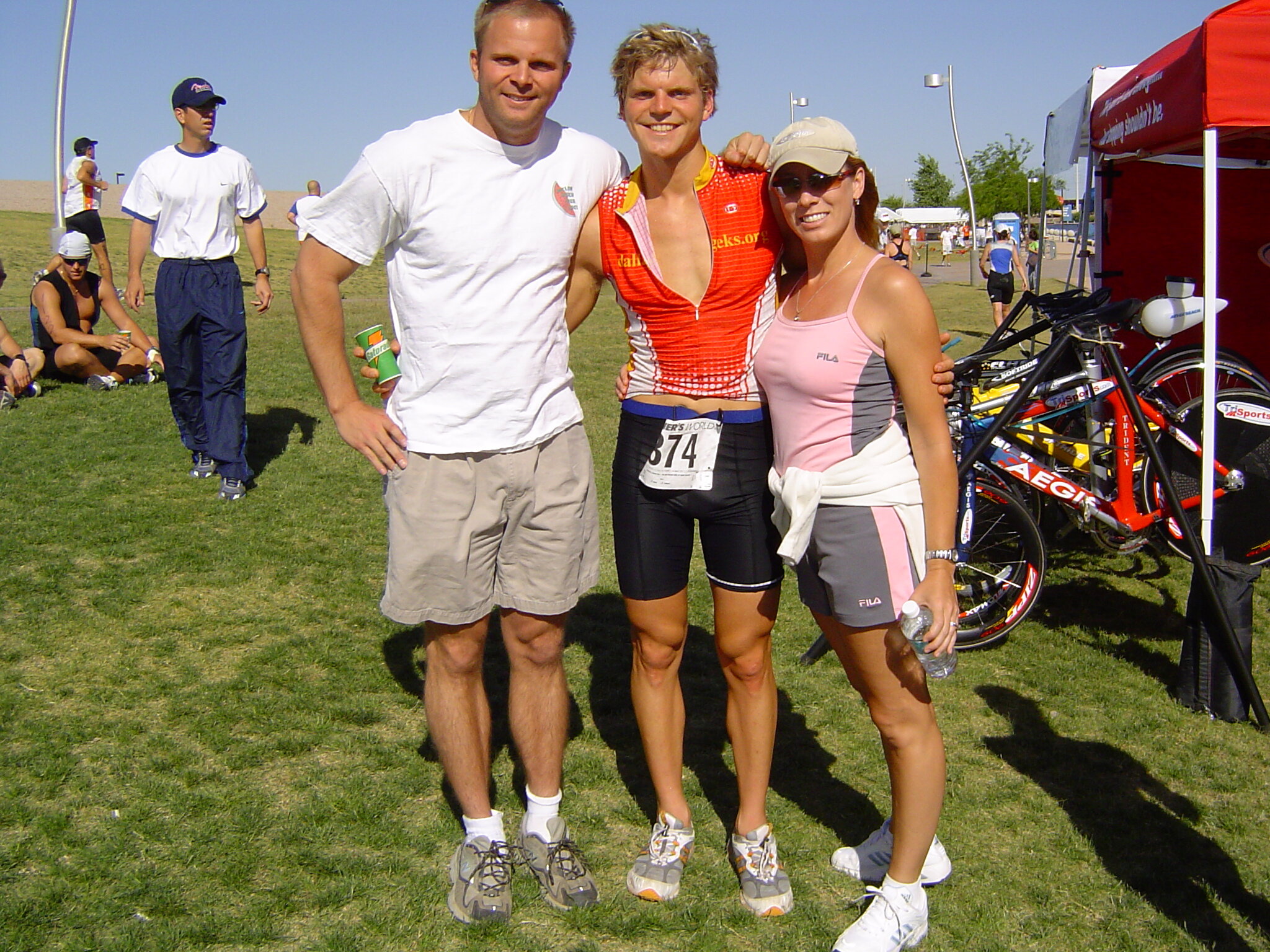
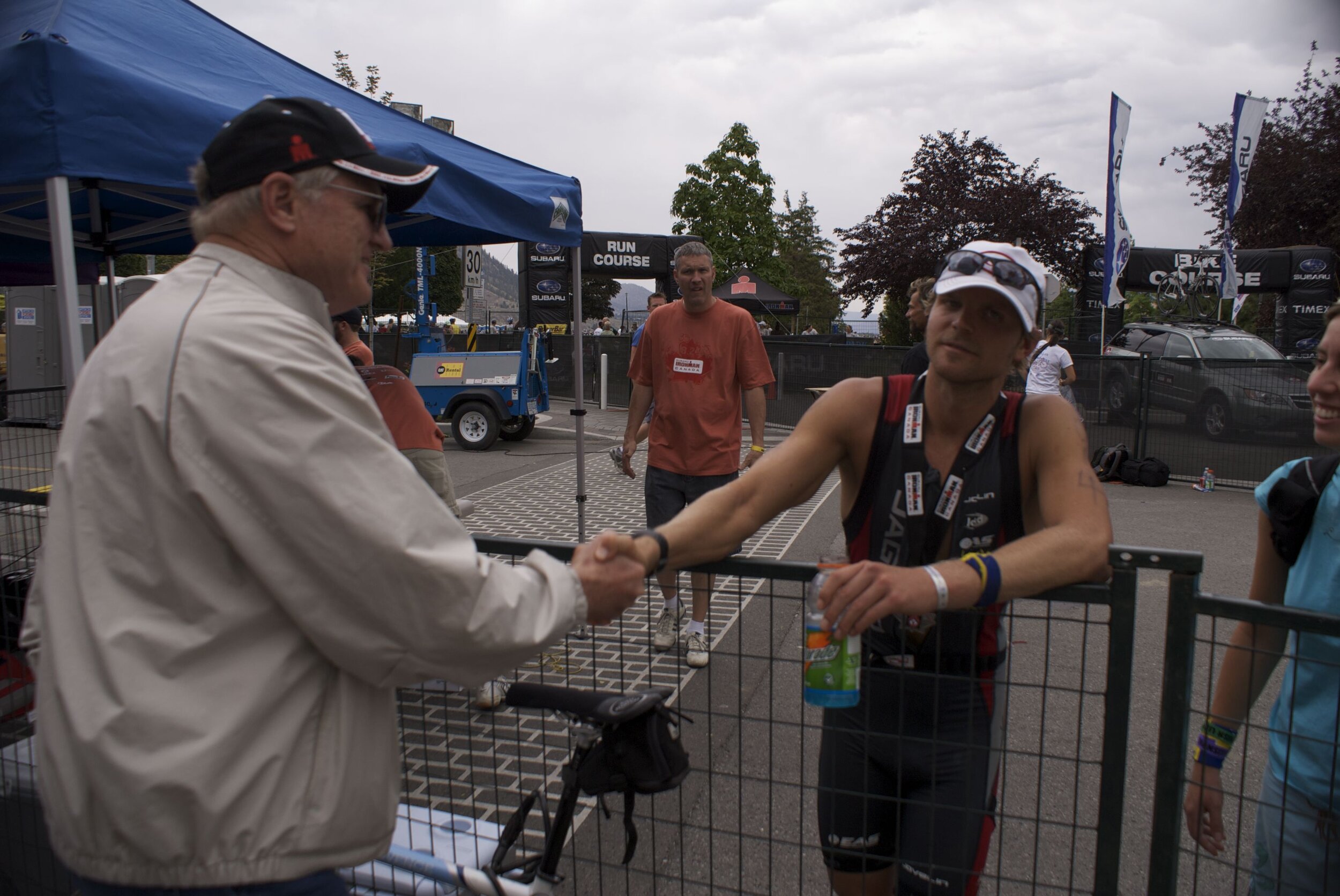


![DSC09722[1].jpg](https://images.squarespace-cdn.com/content/v1/53aed0c2e4b037526d8bcd00/1611771870761-WHSOTQ4JWJJMO1YTTGIB/DSC09722%5B1%5D.jpg)
